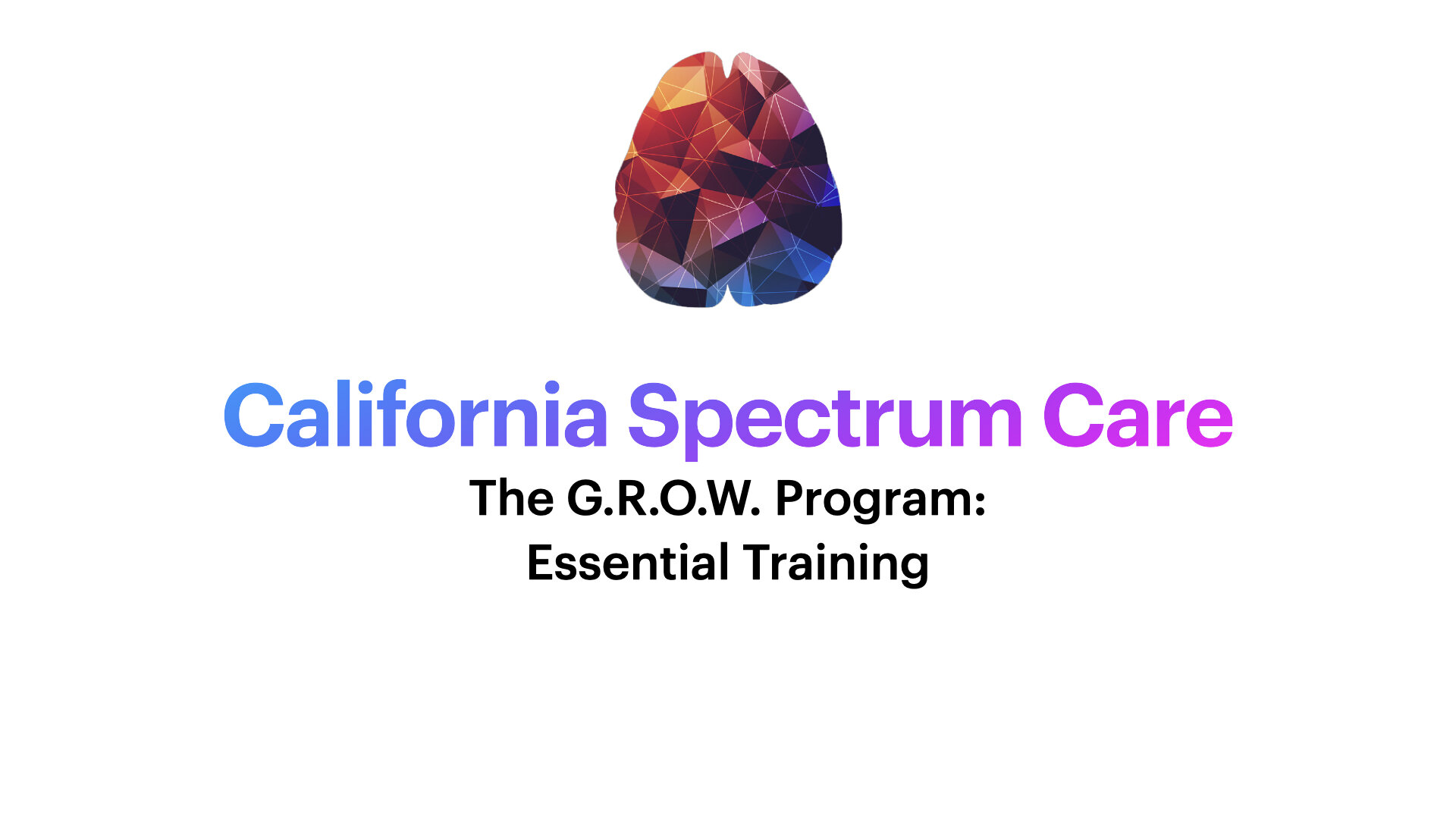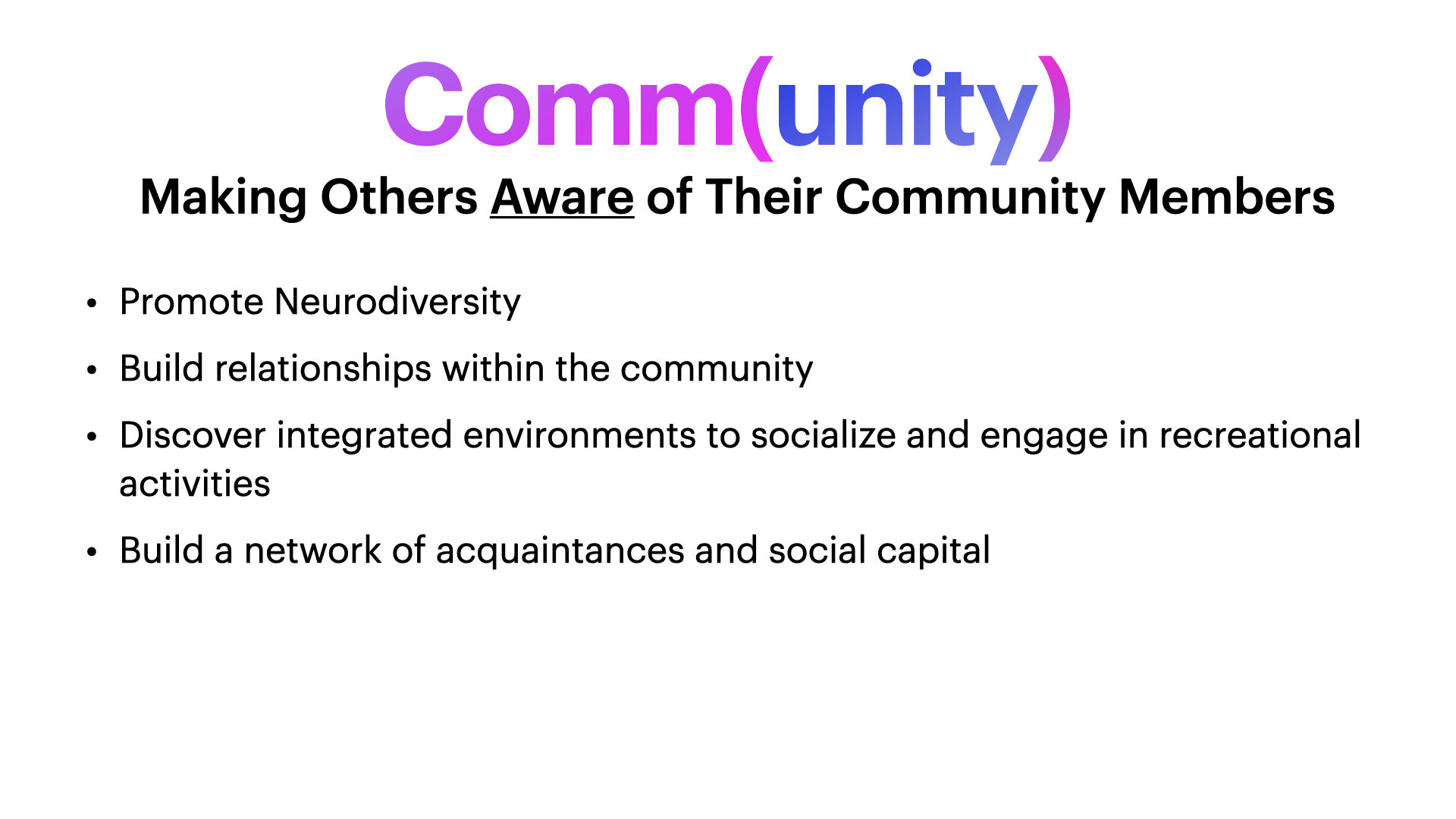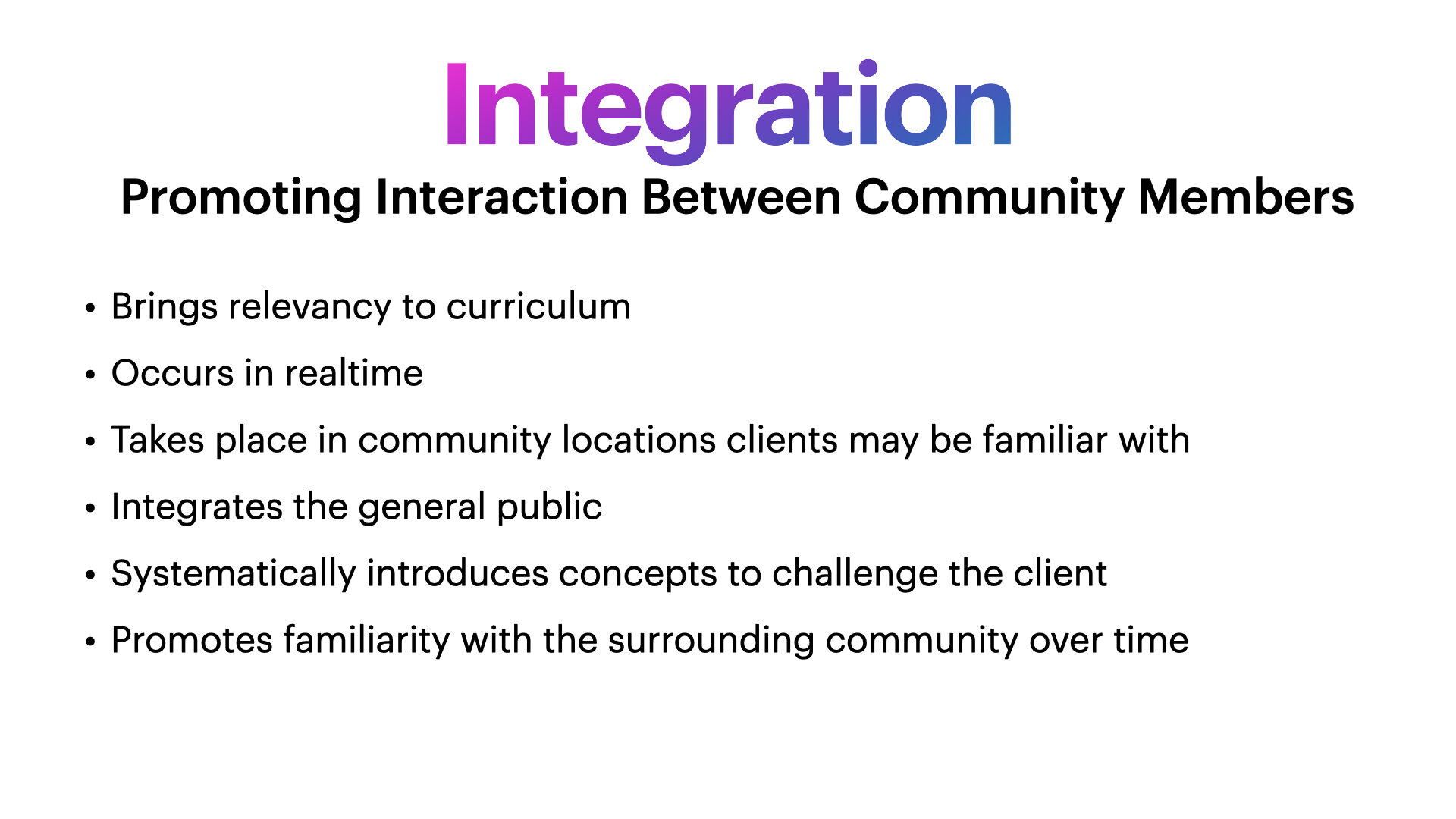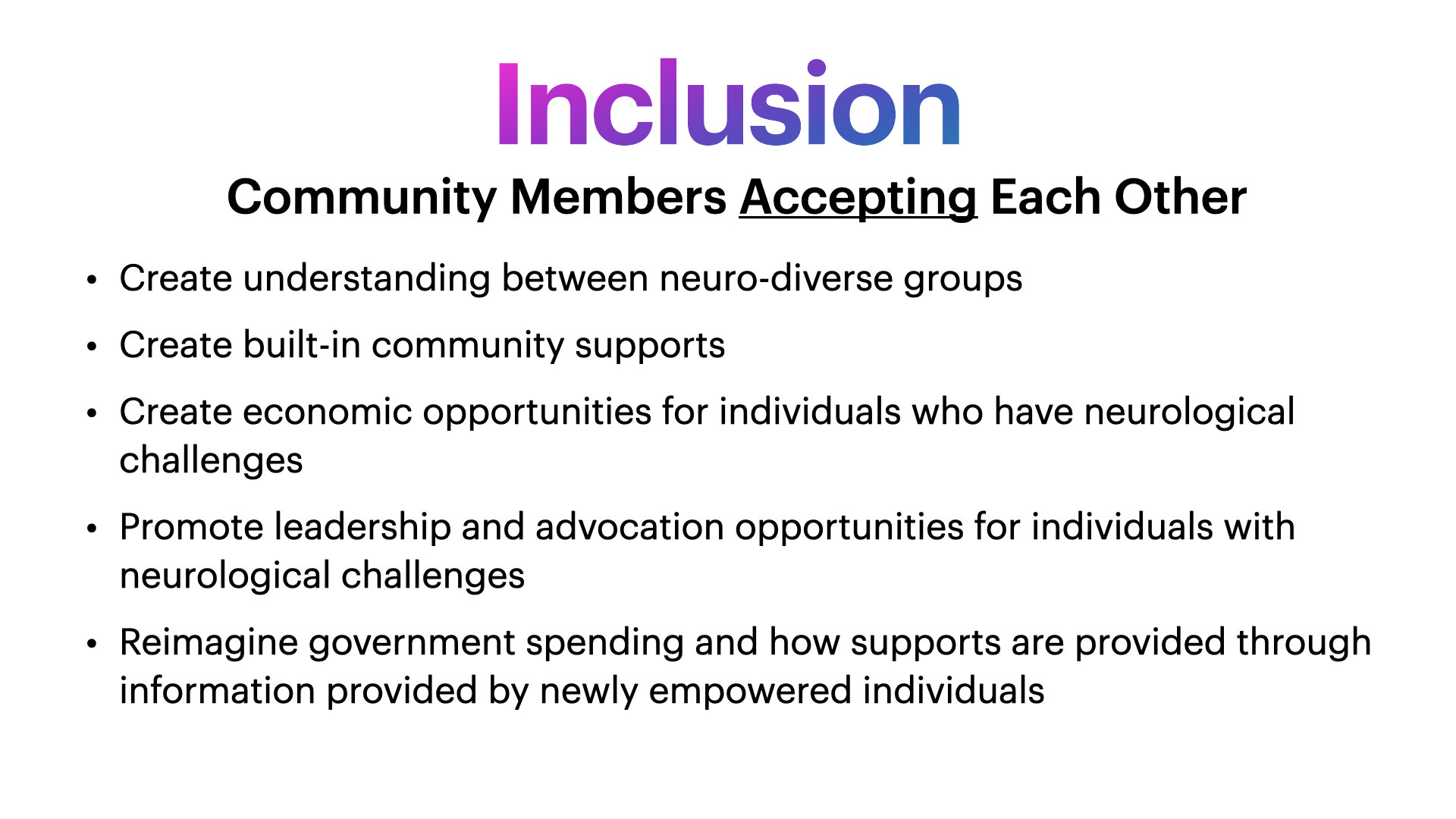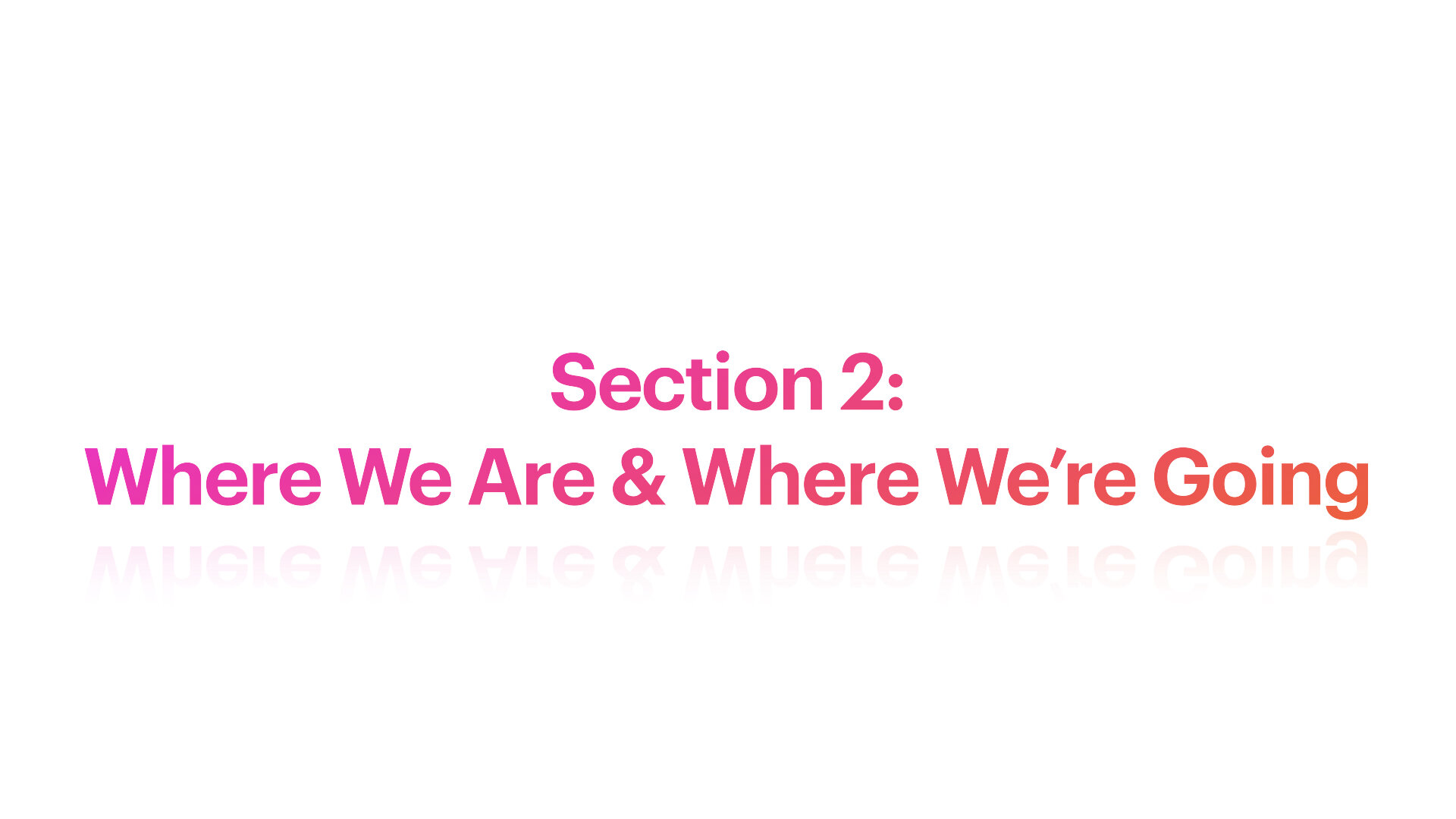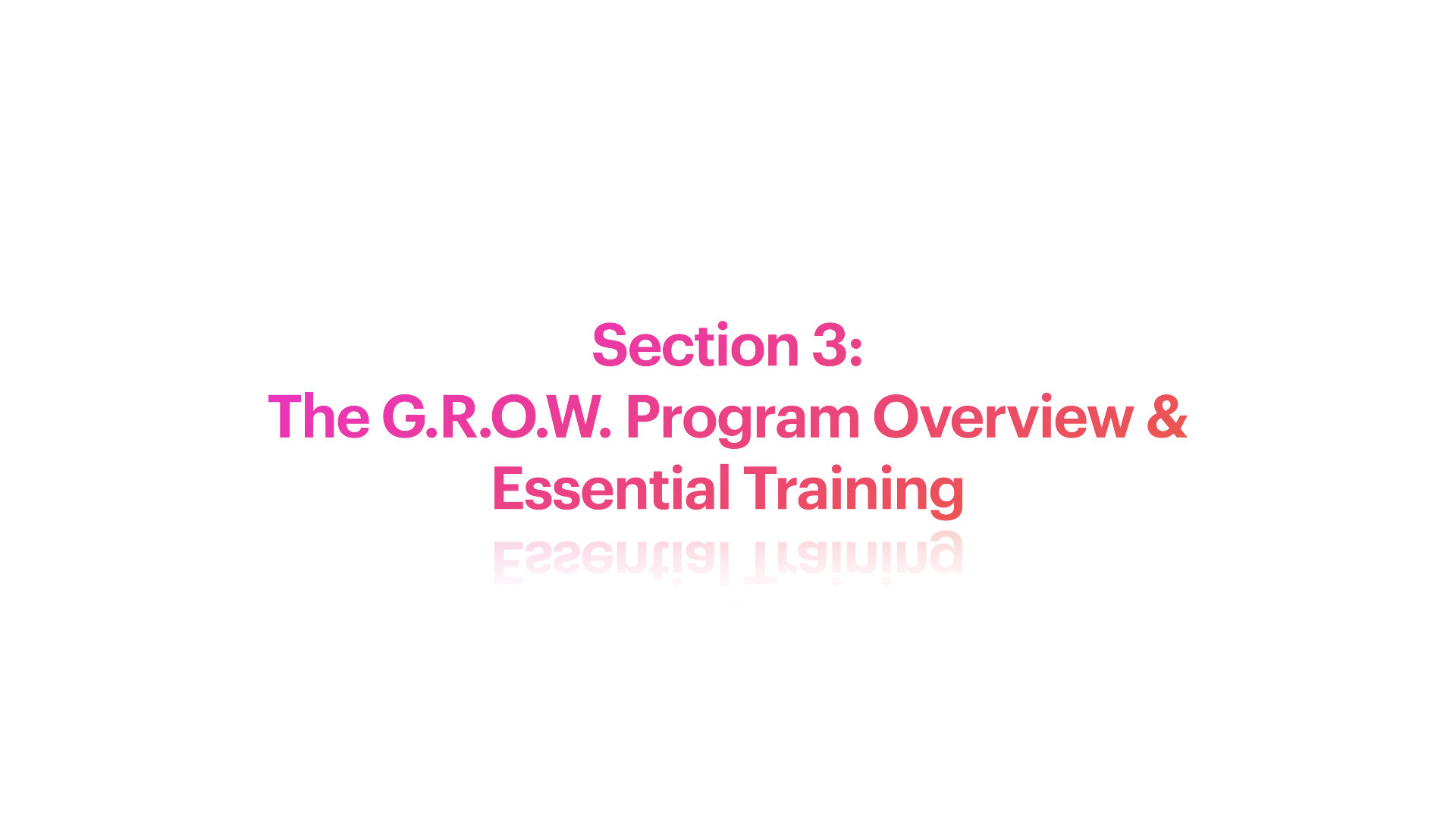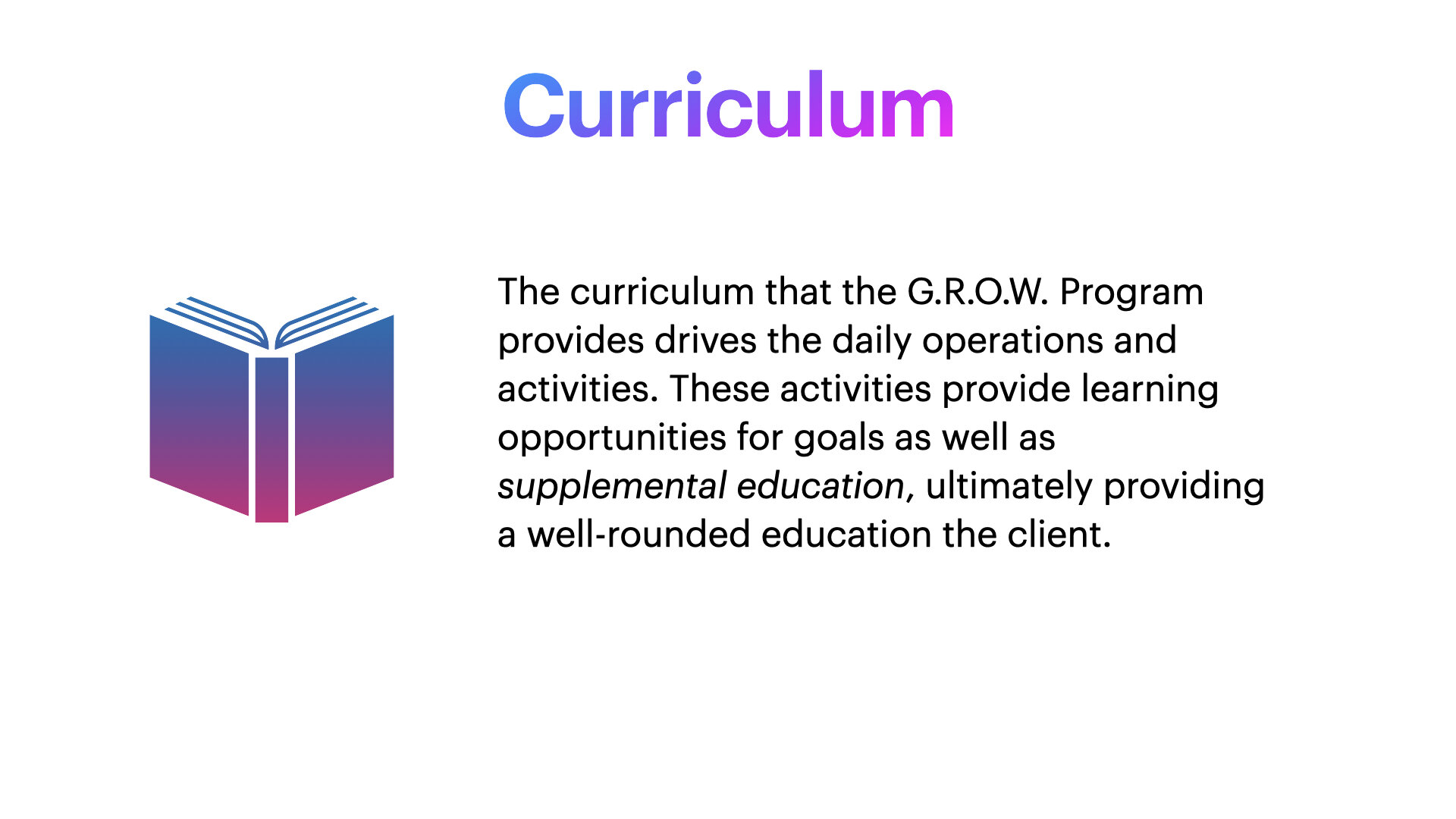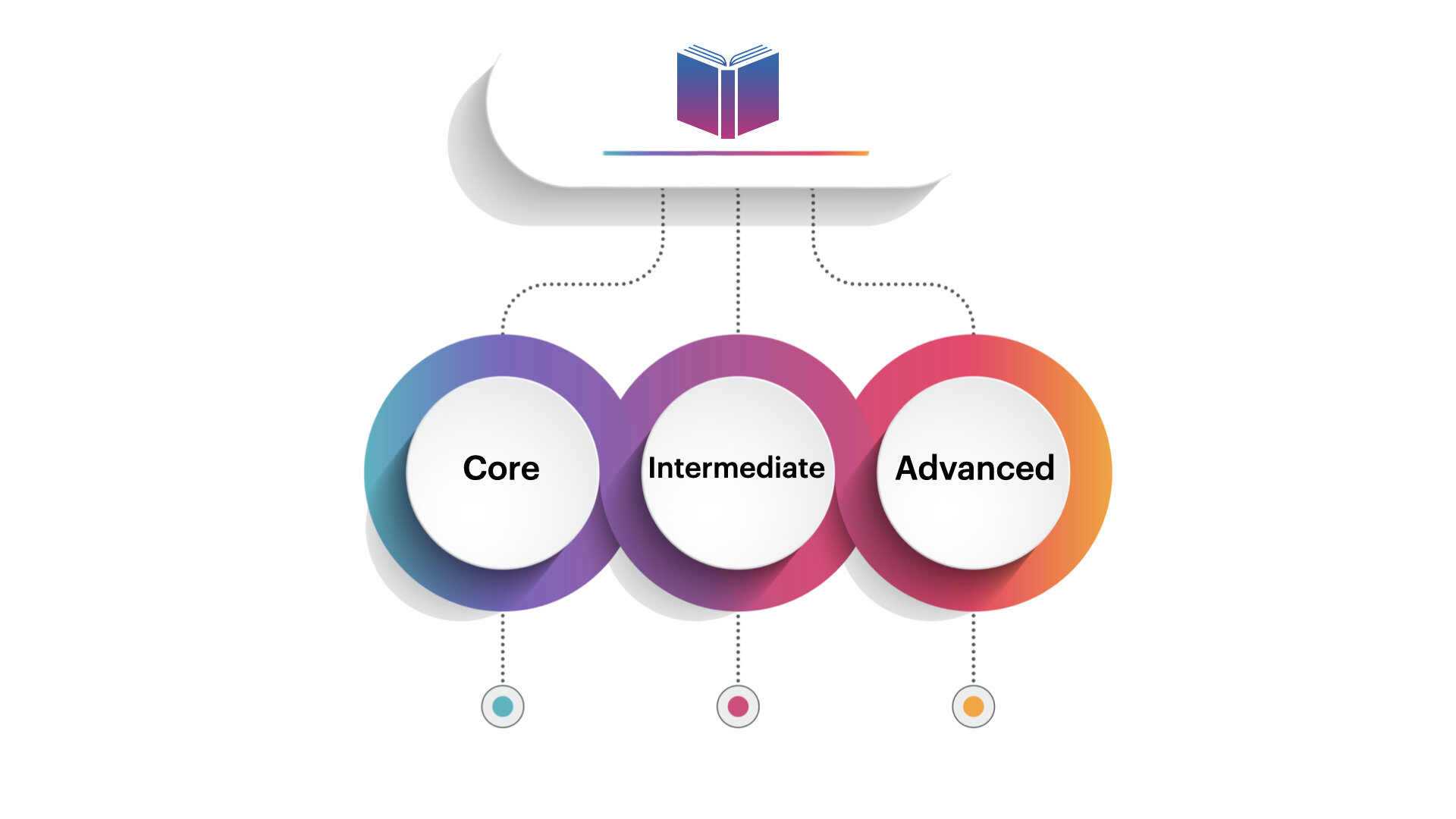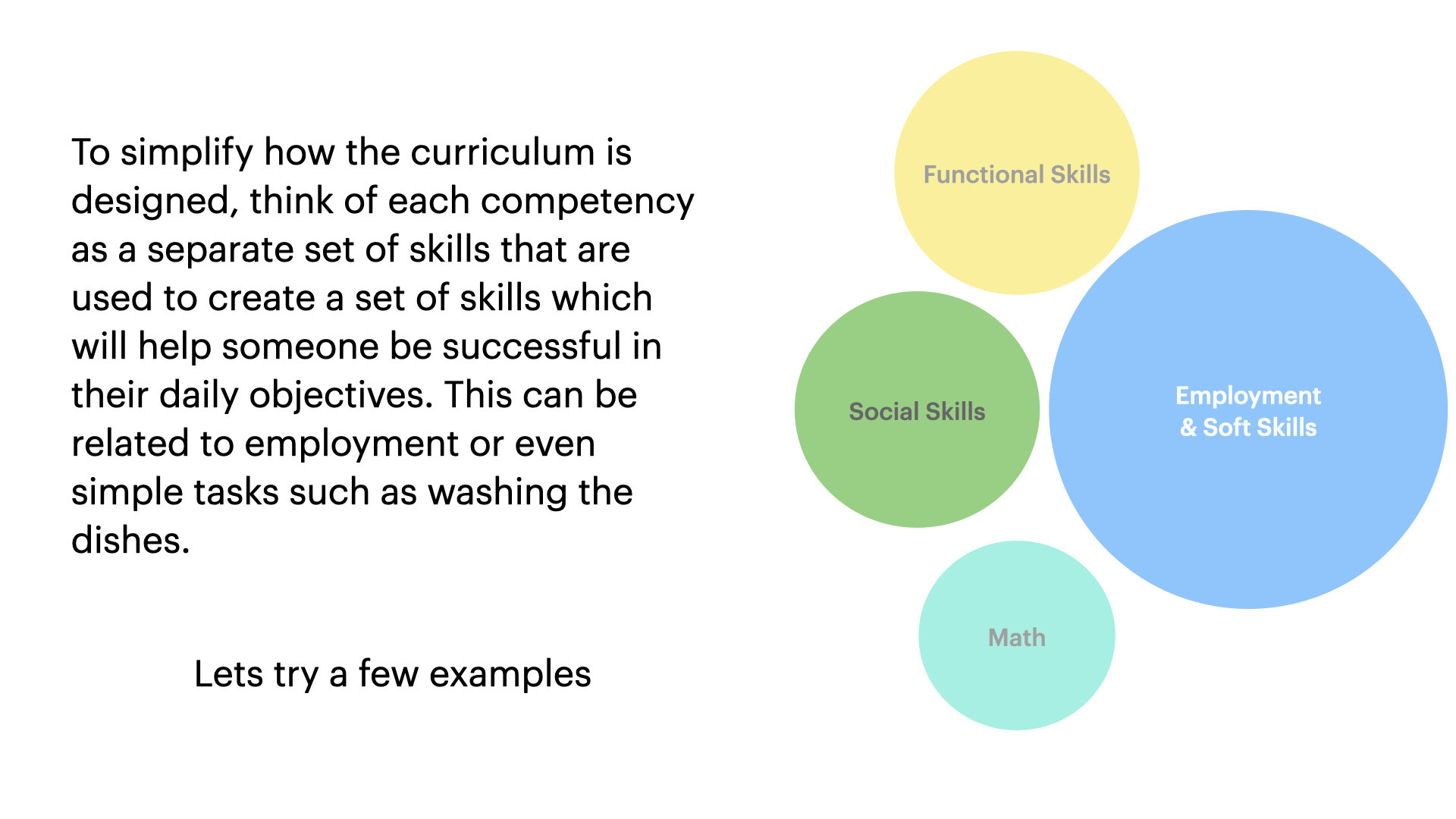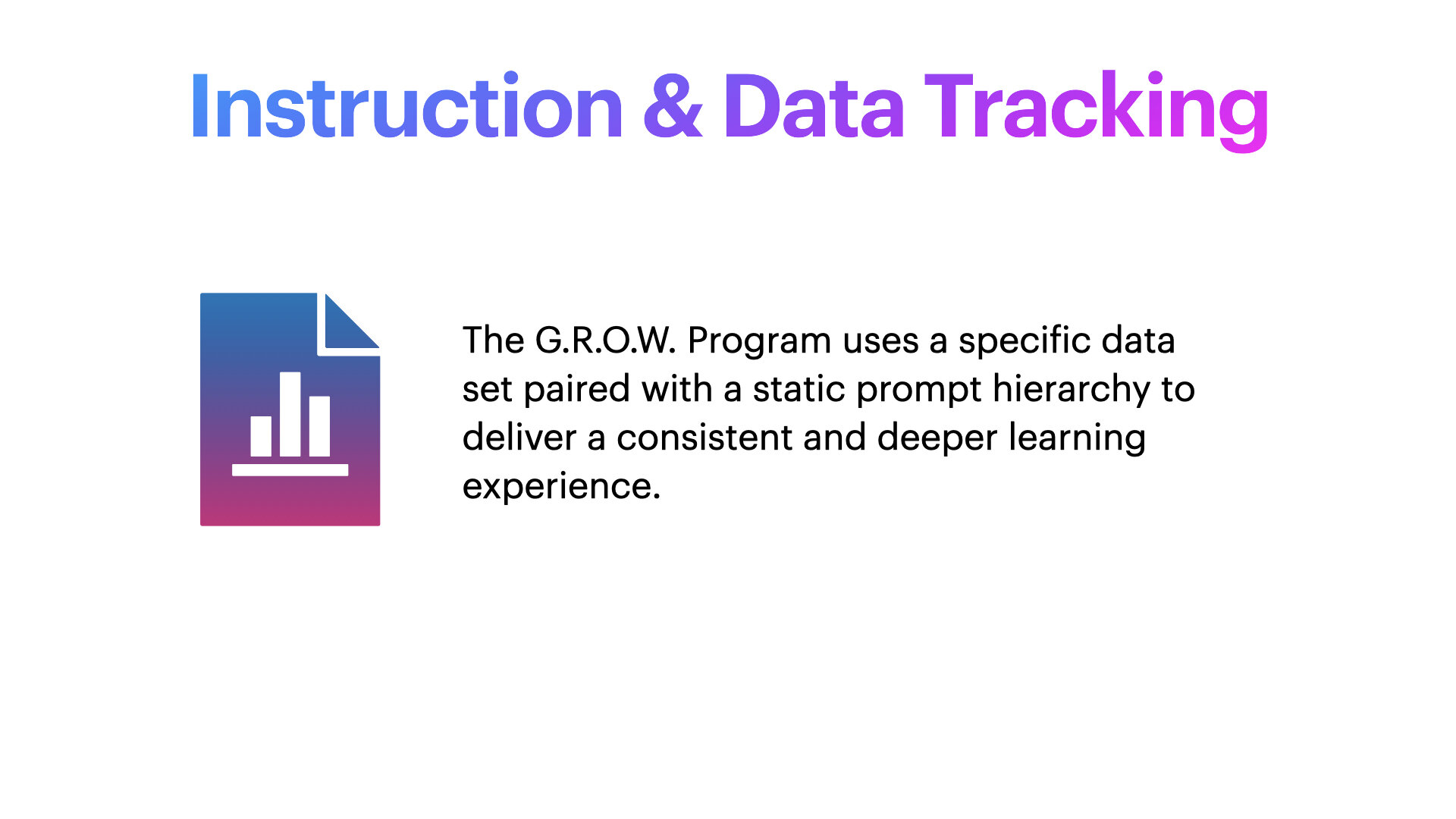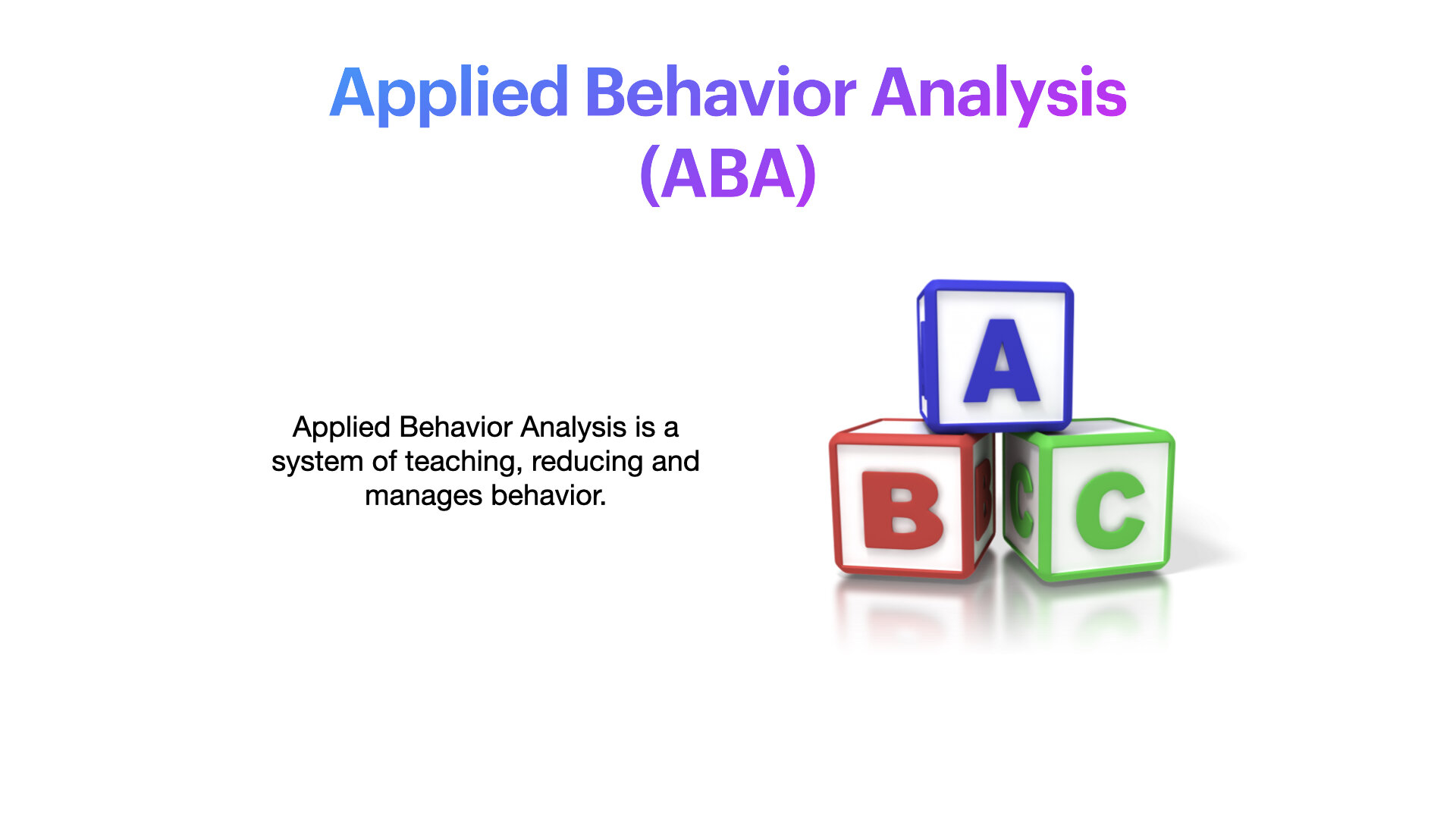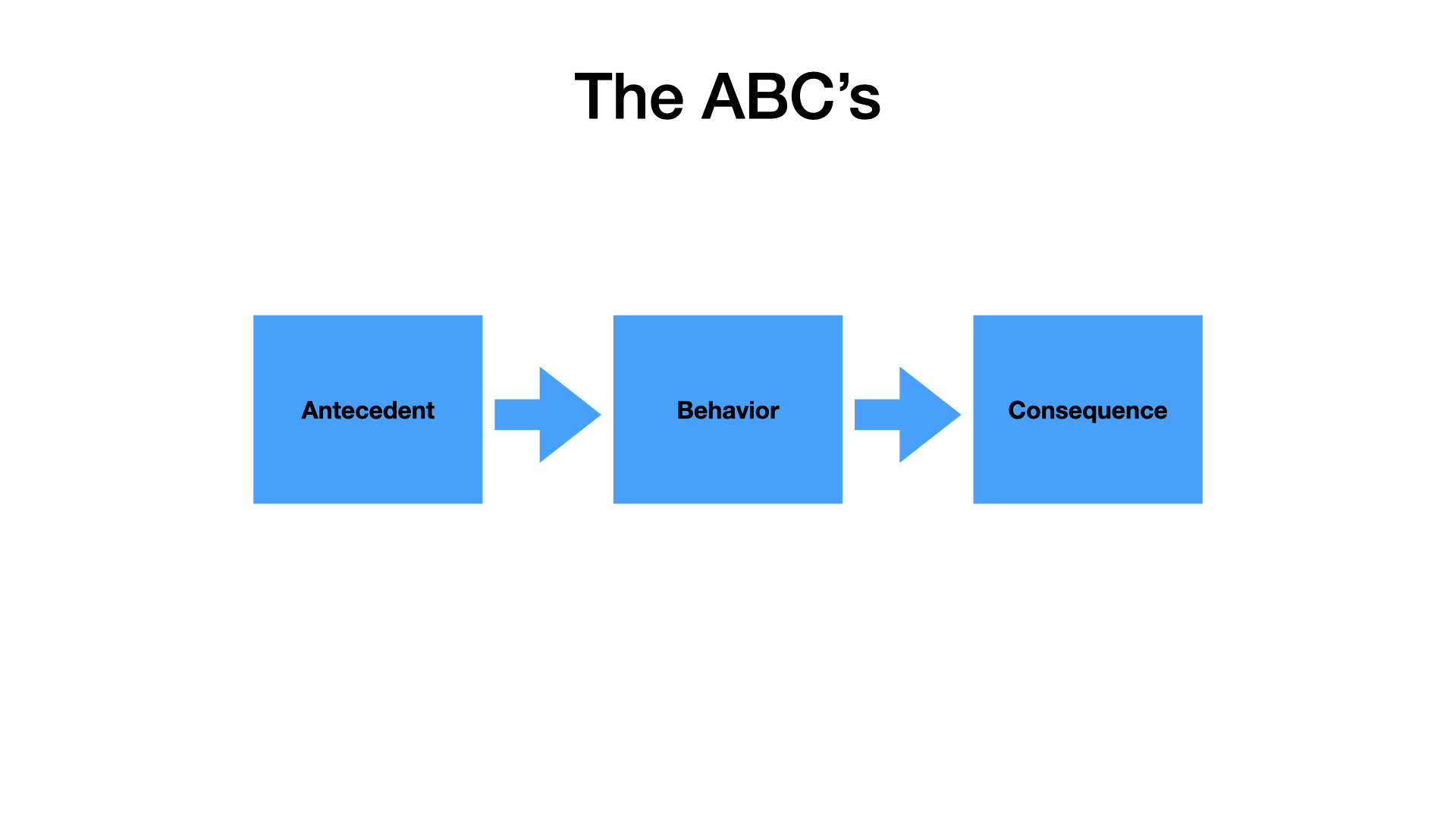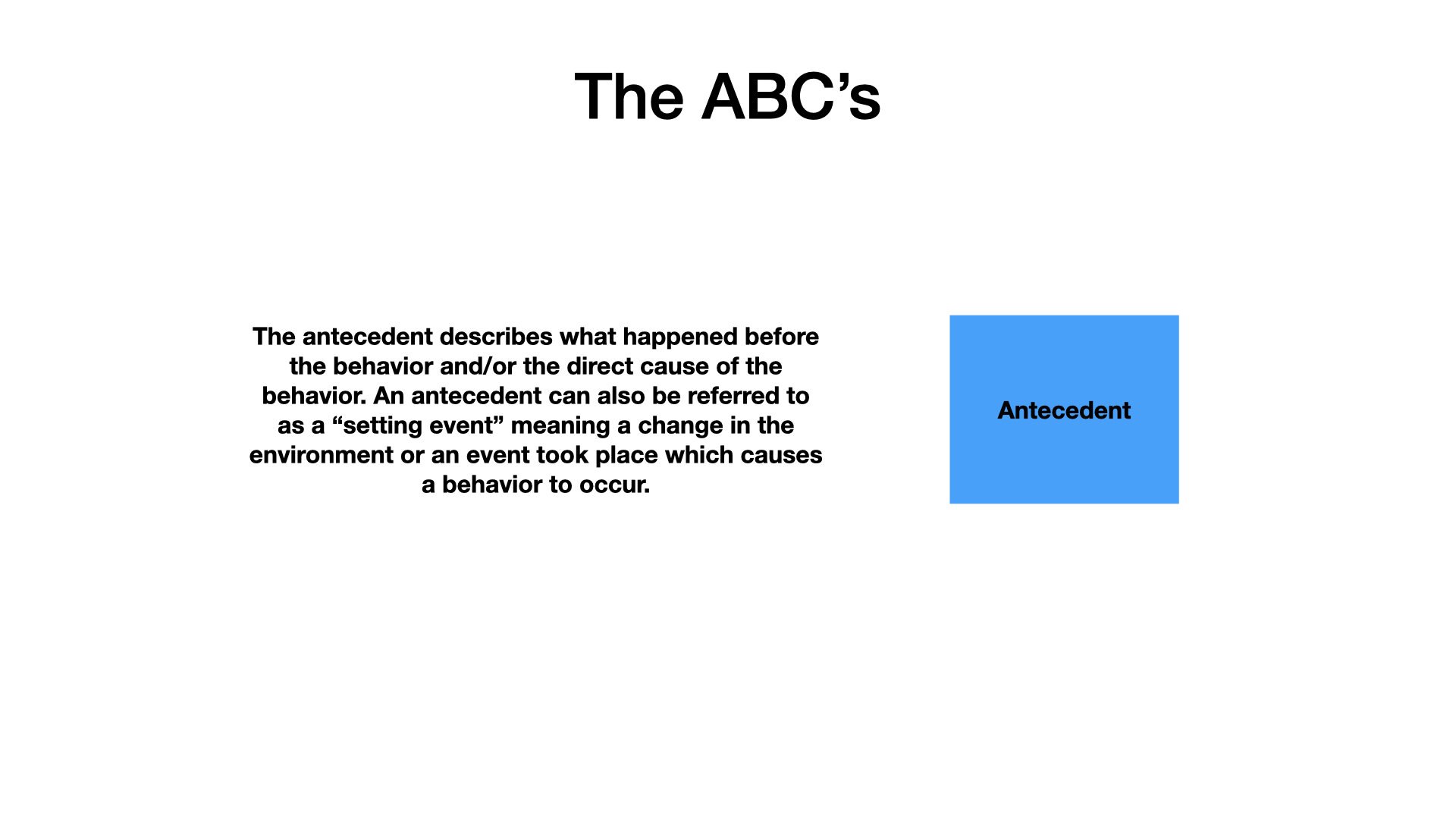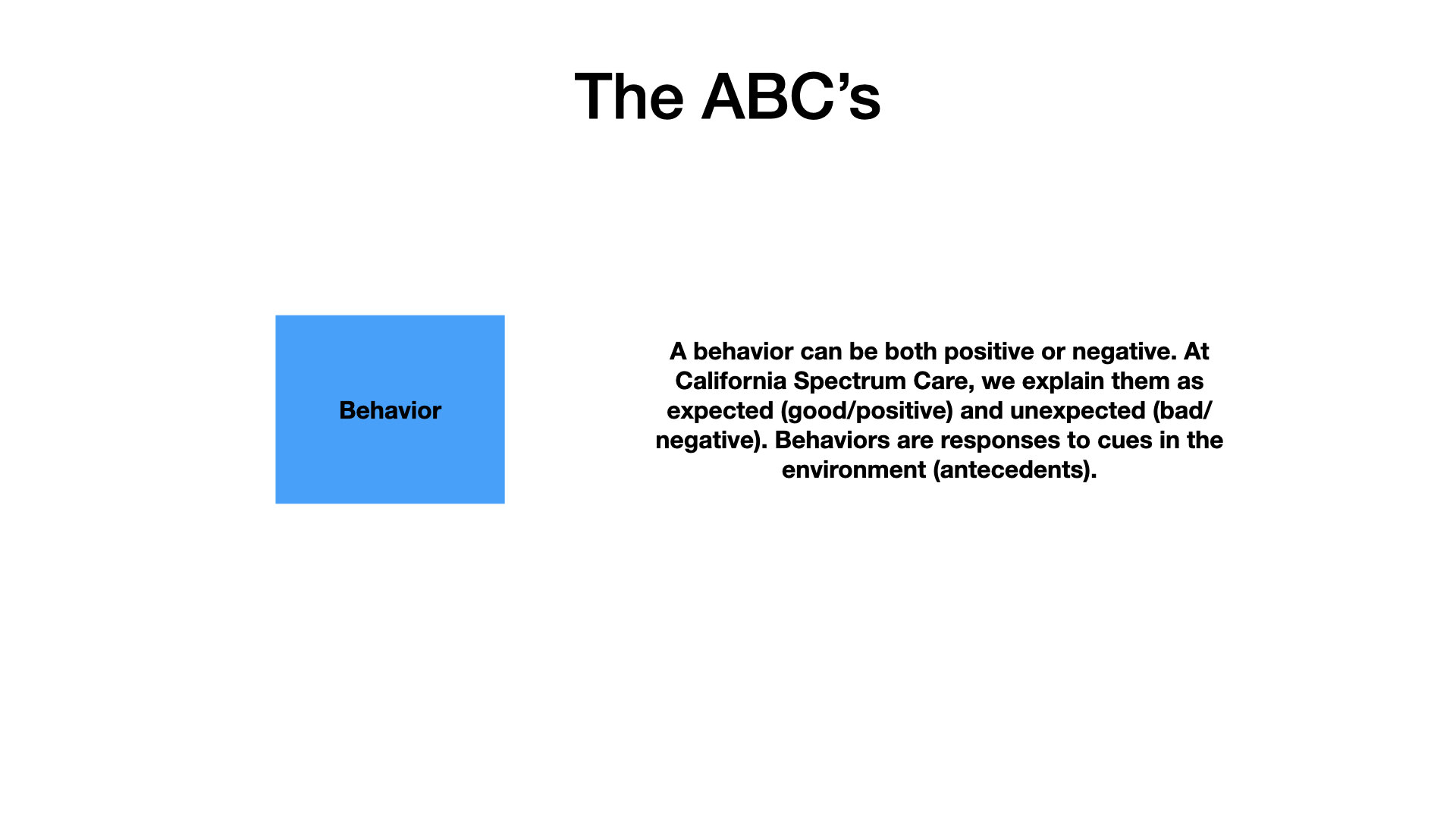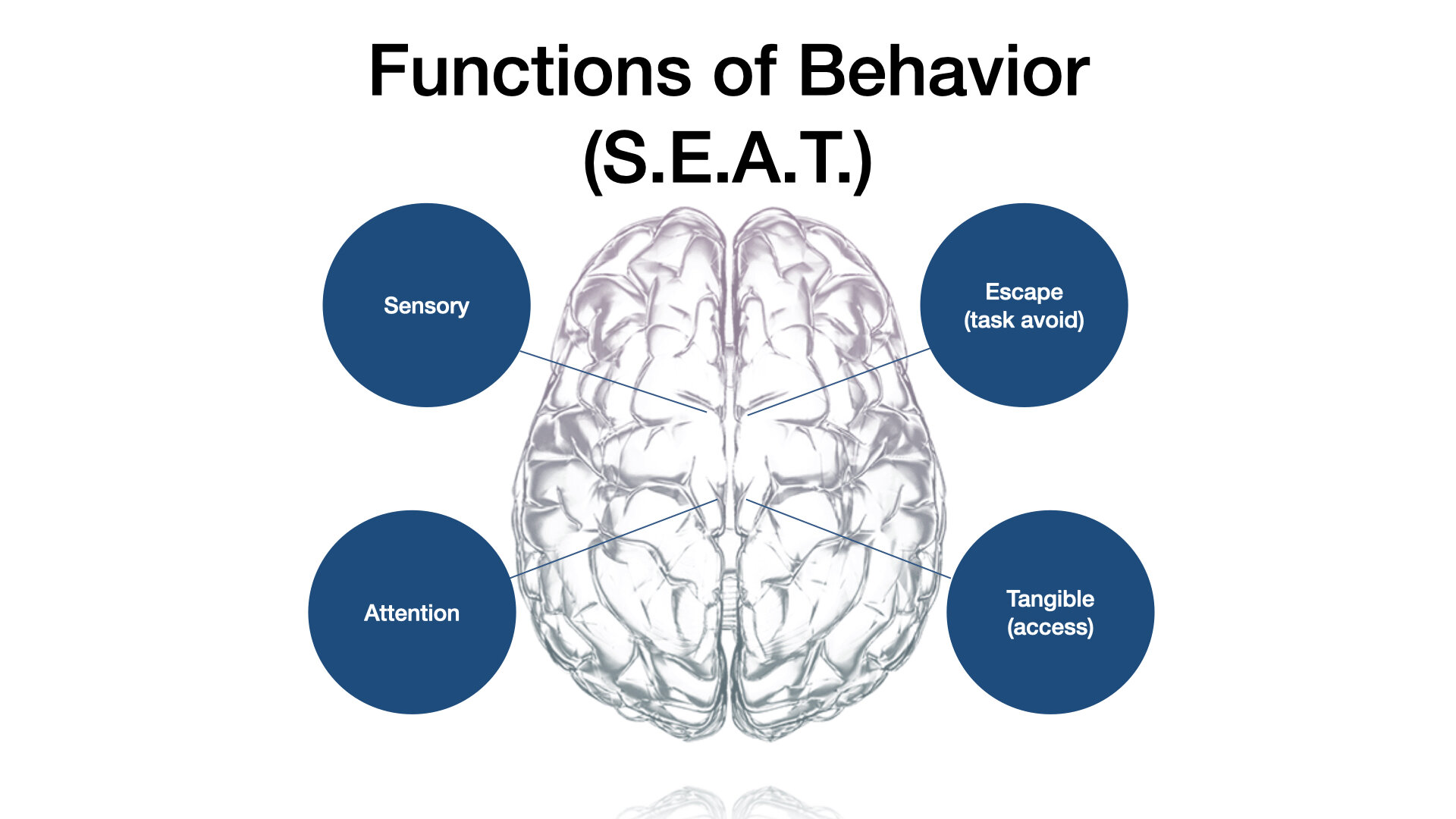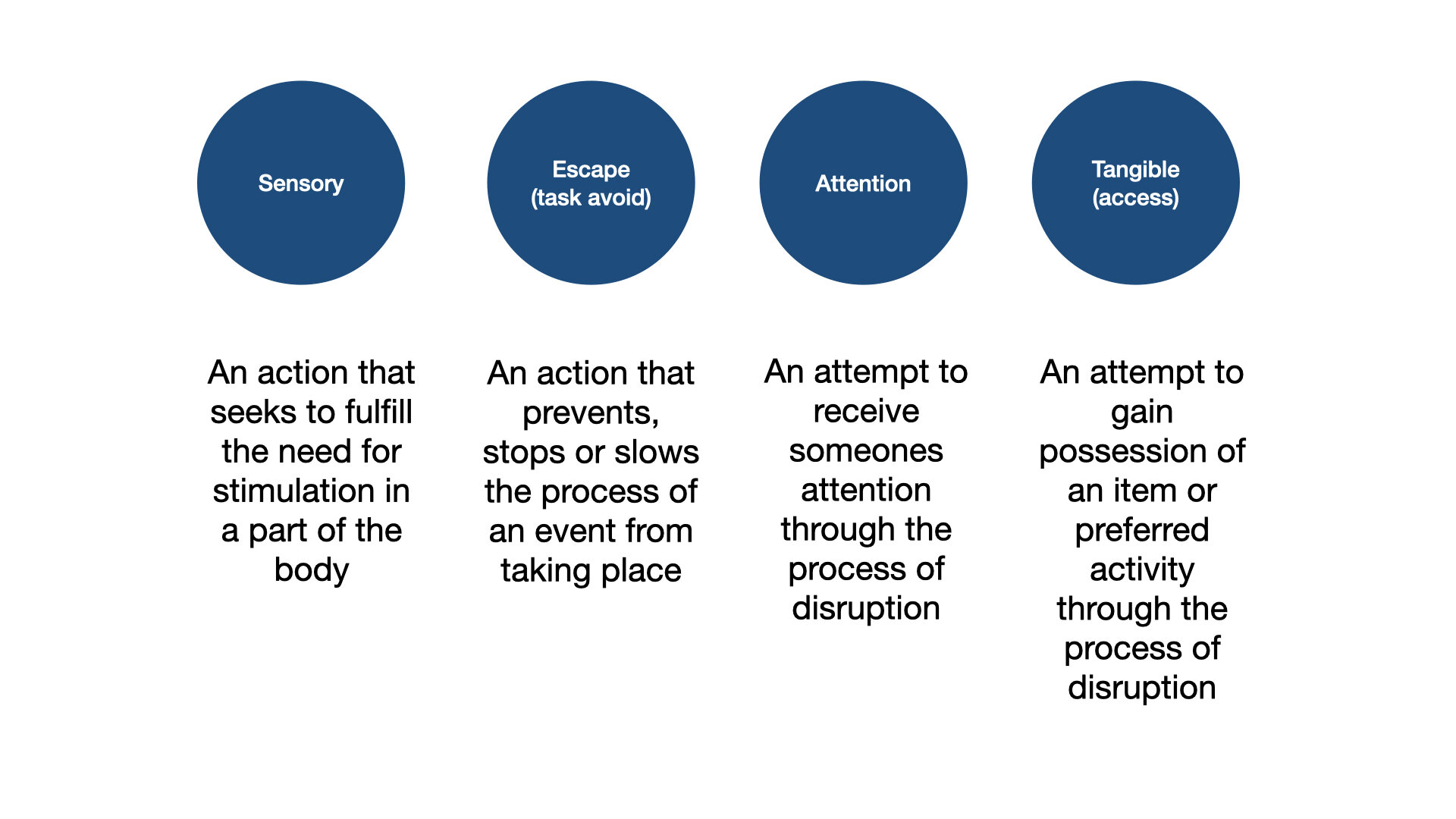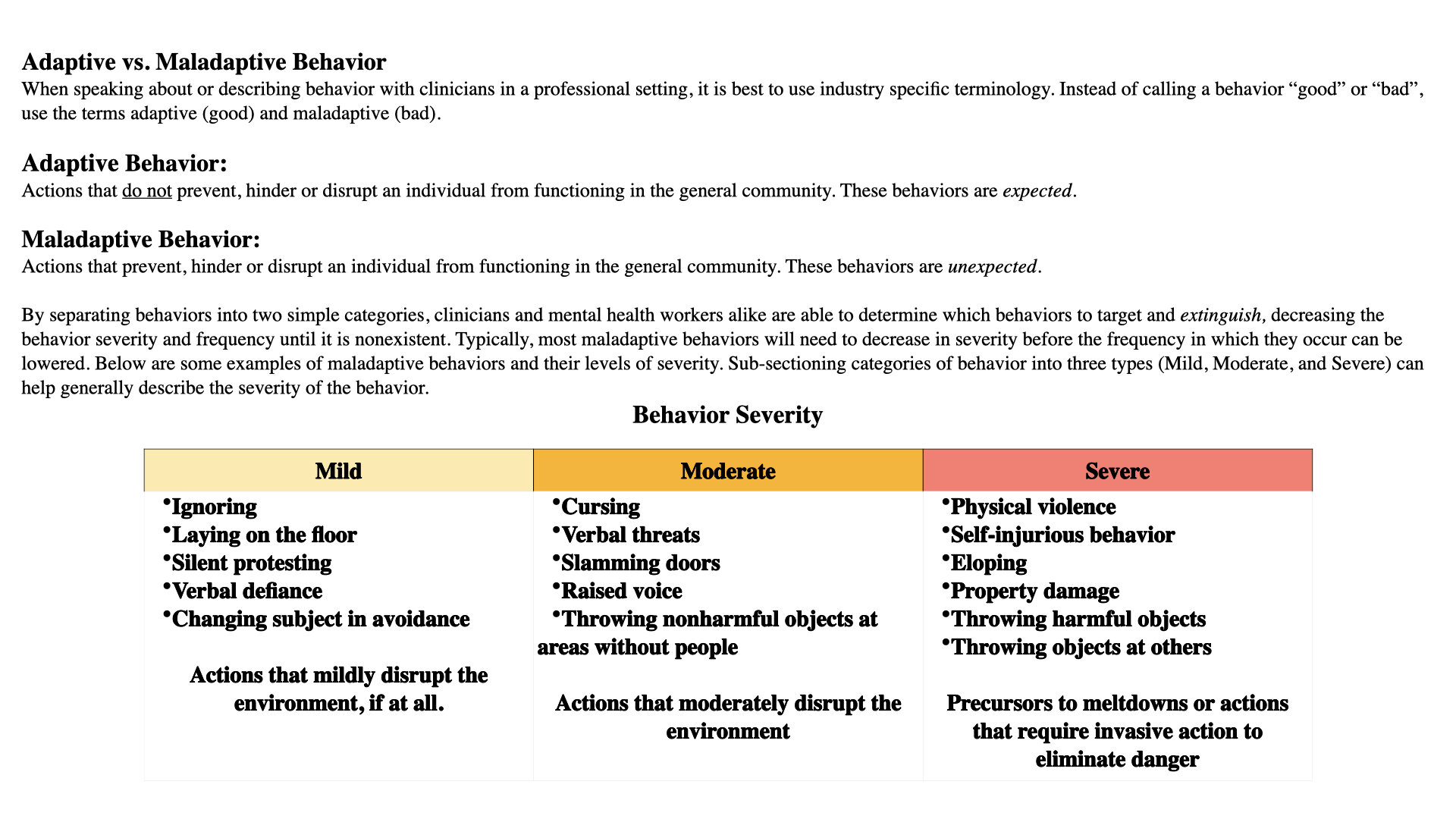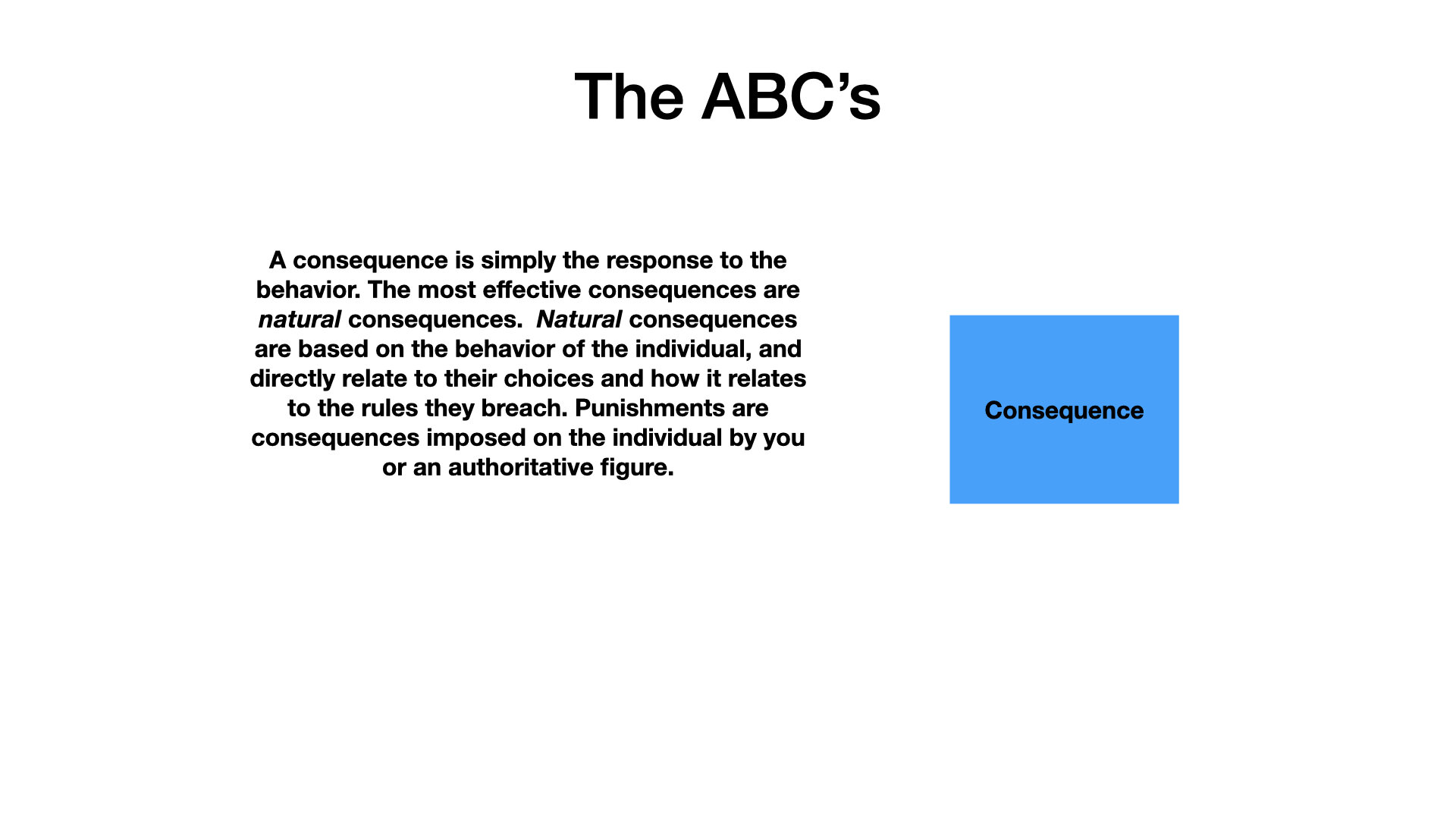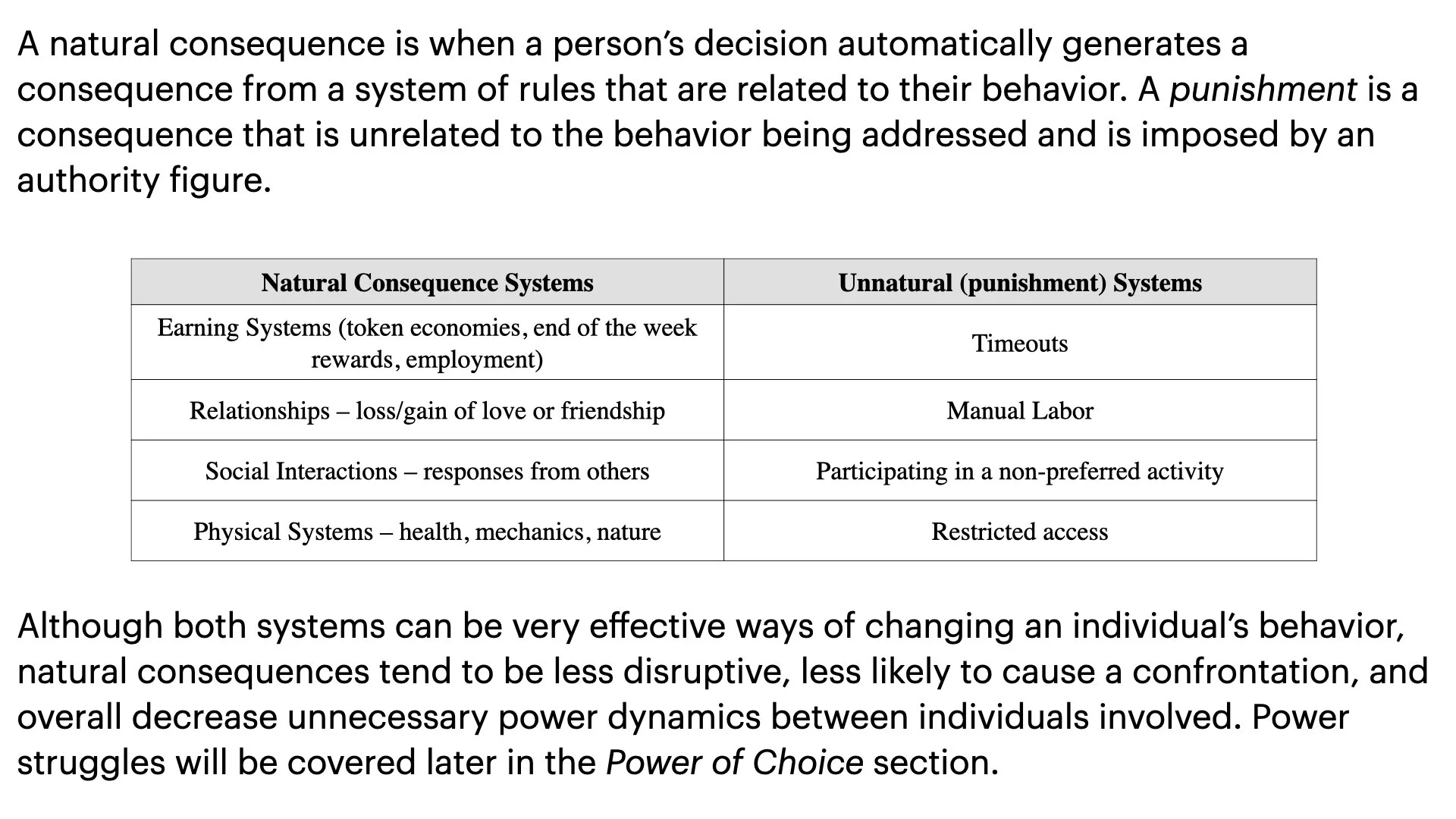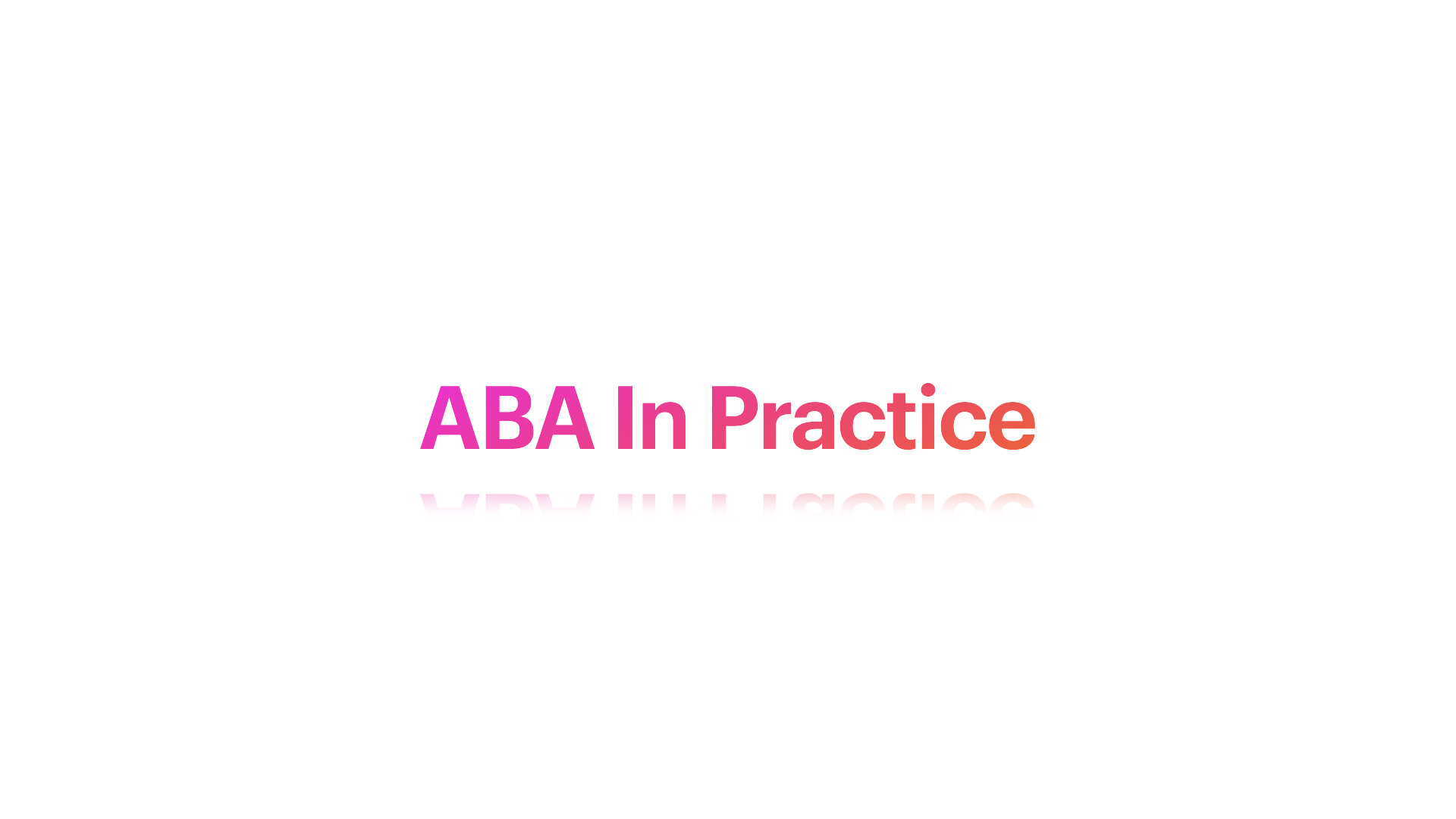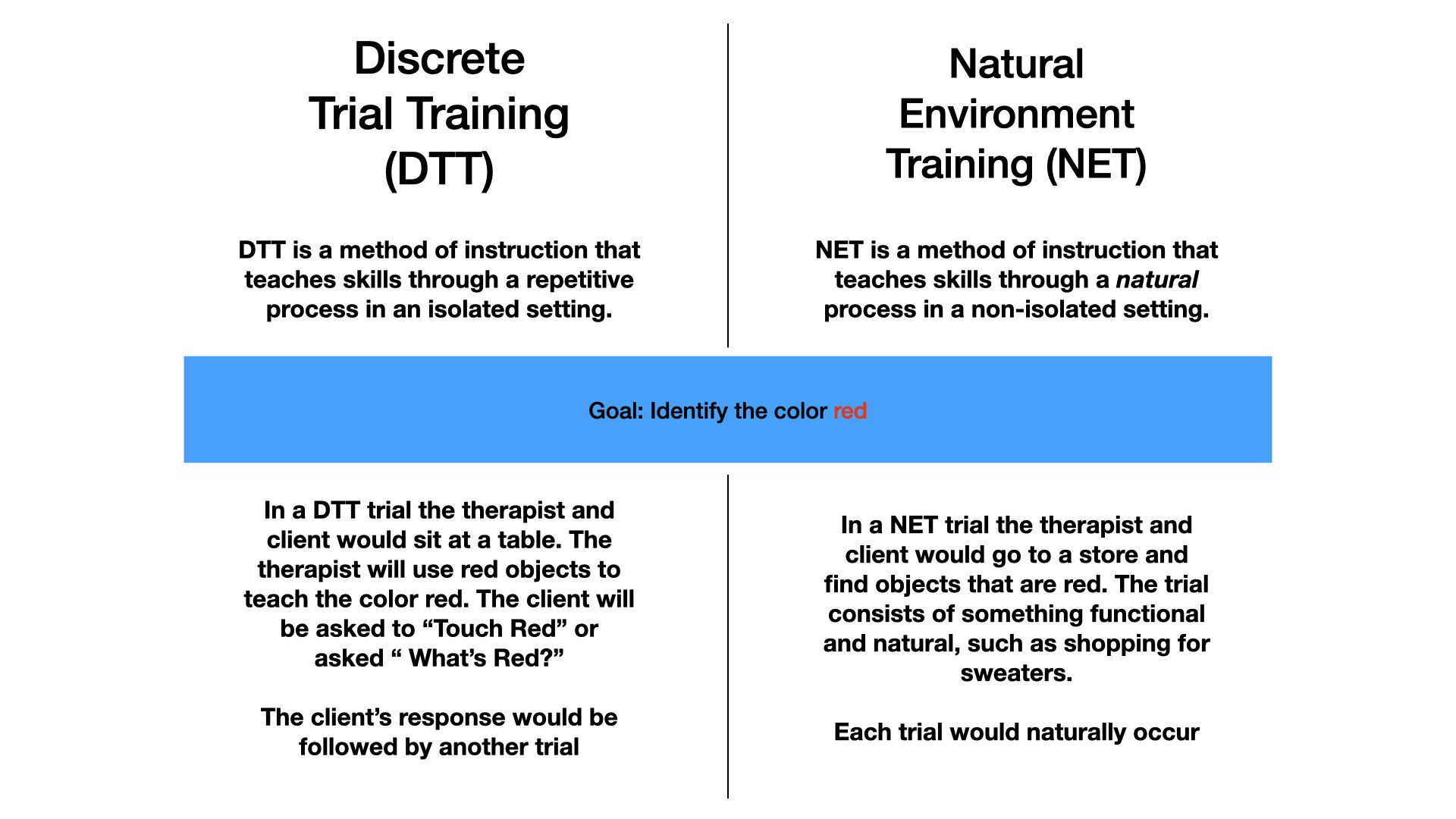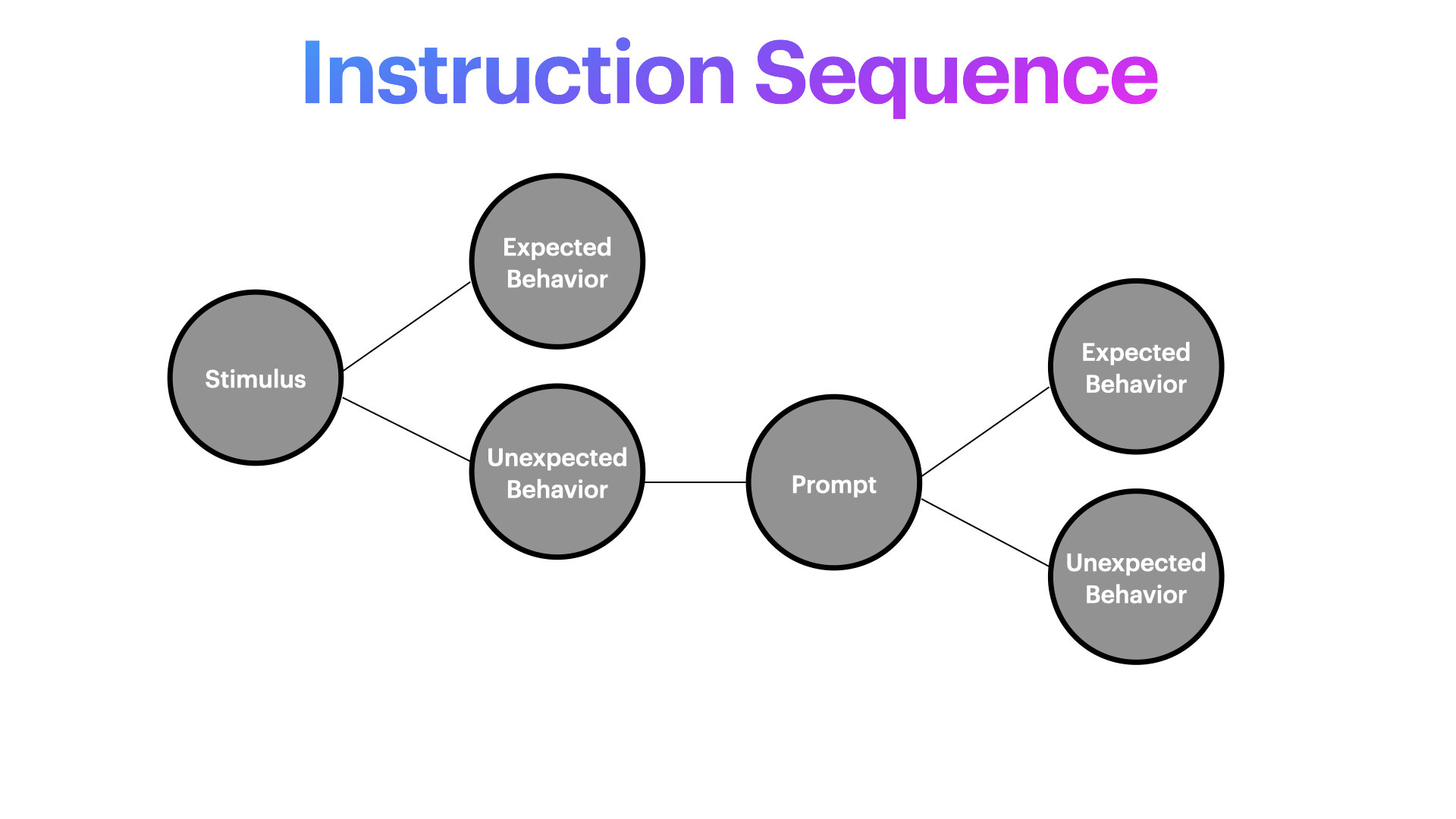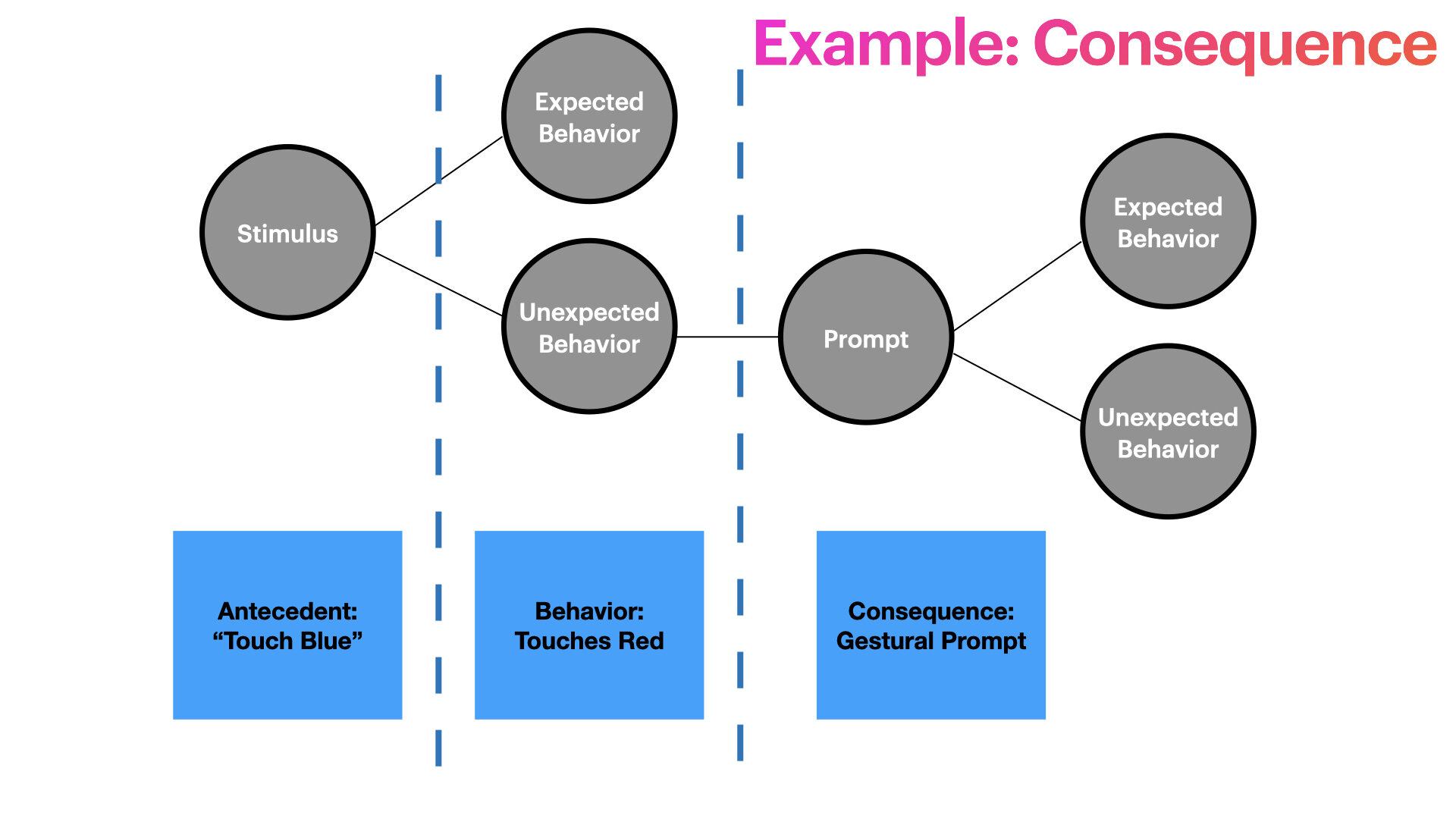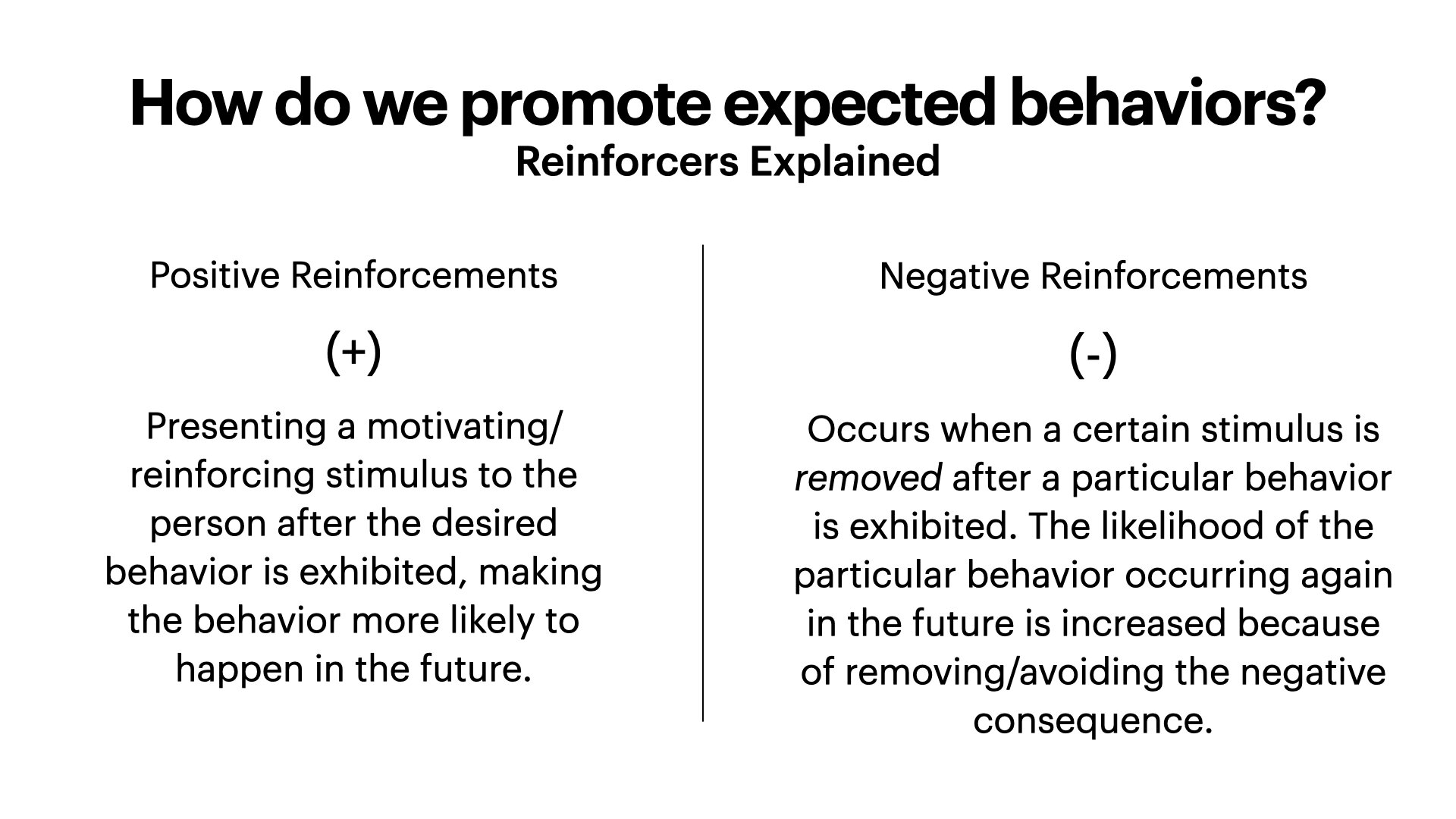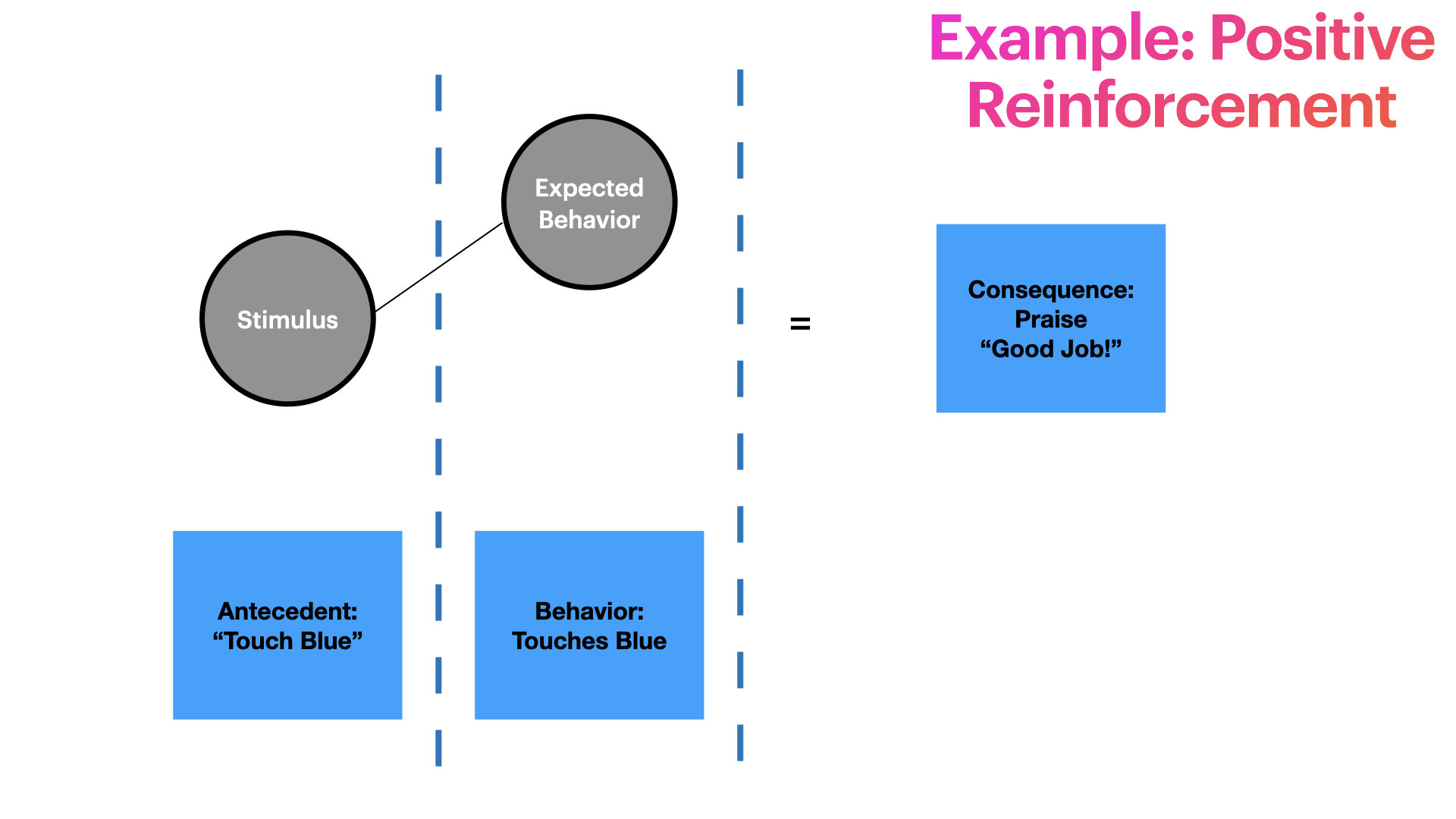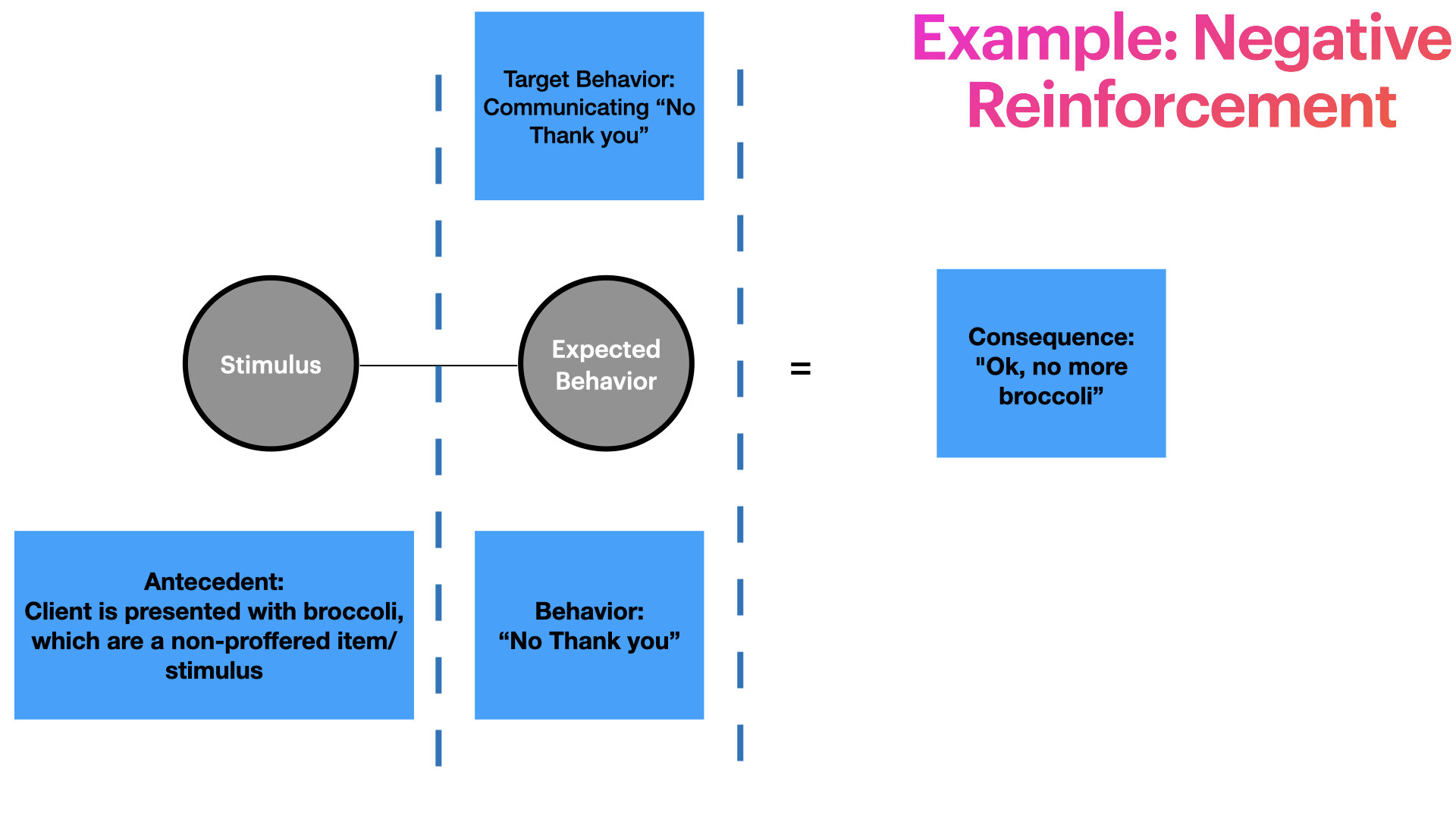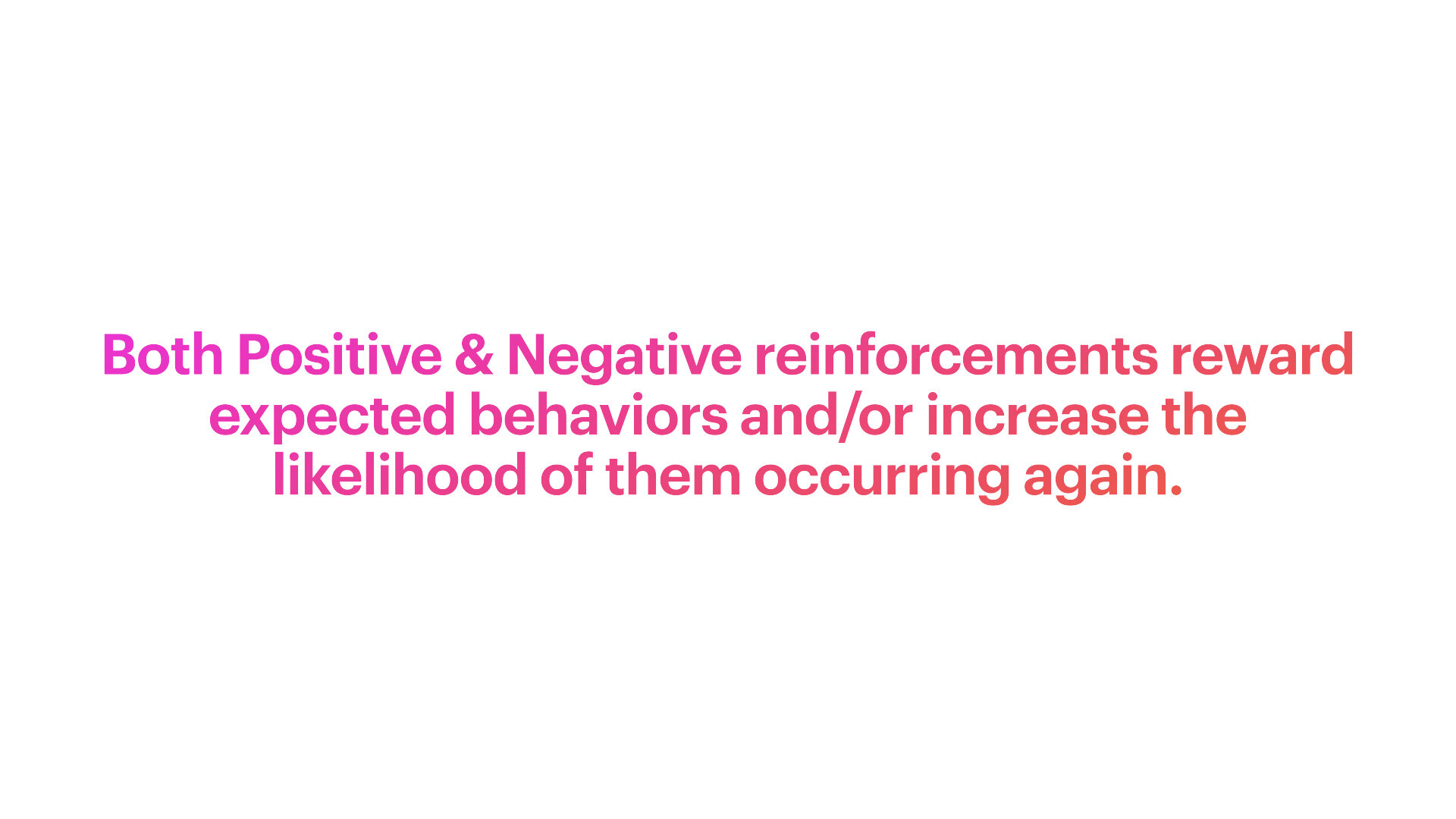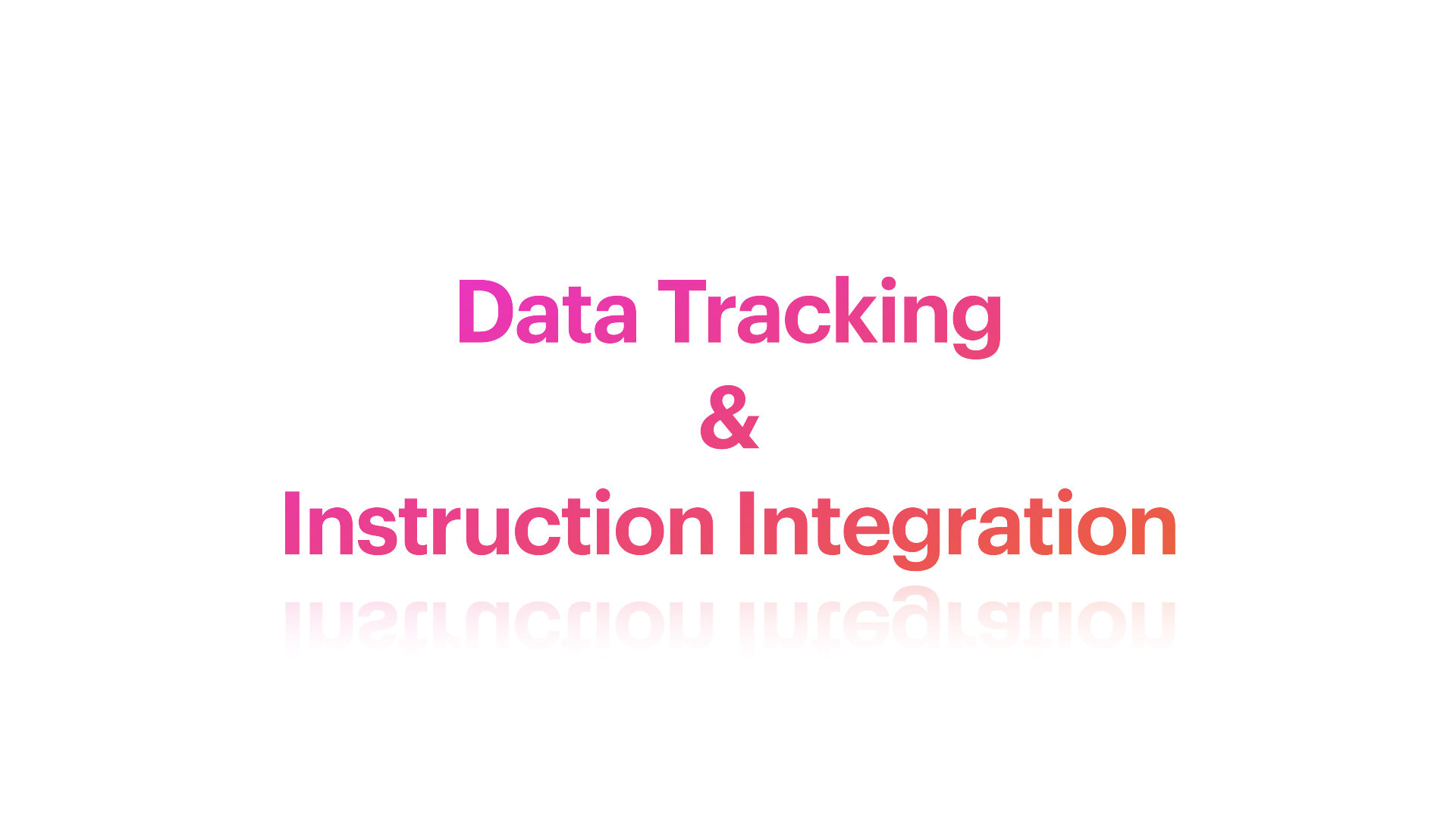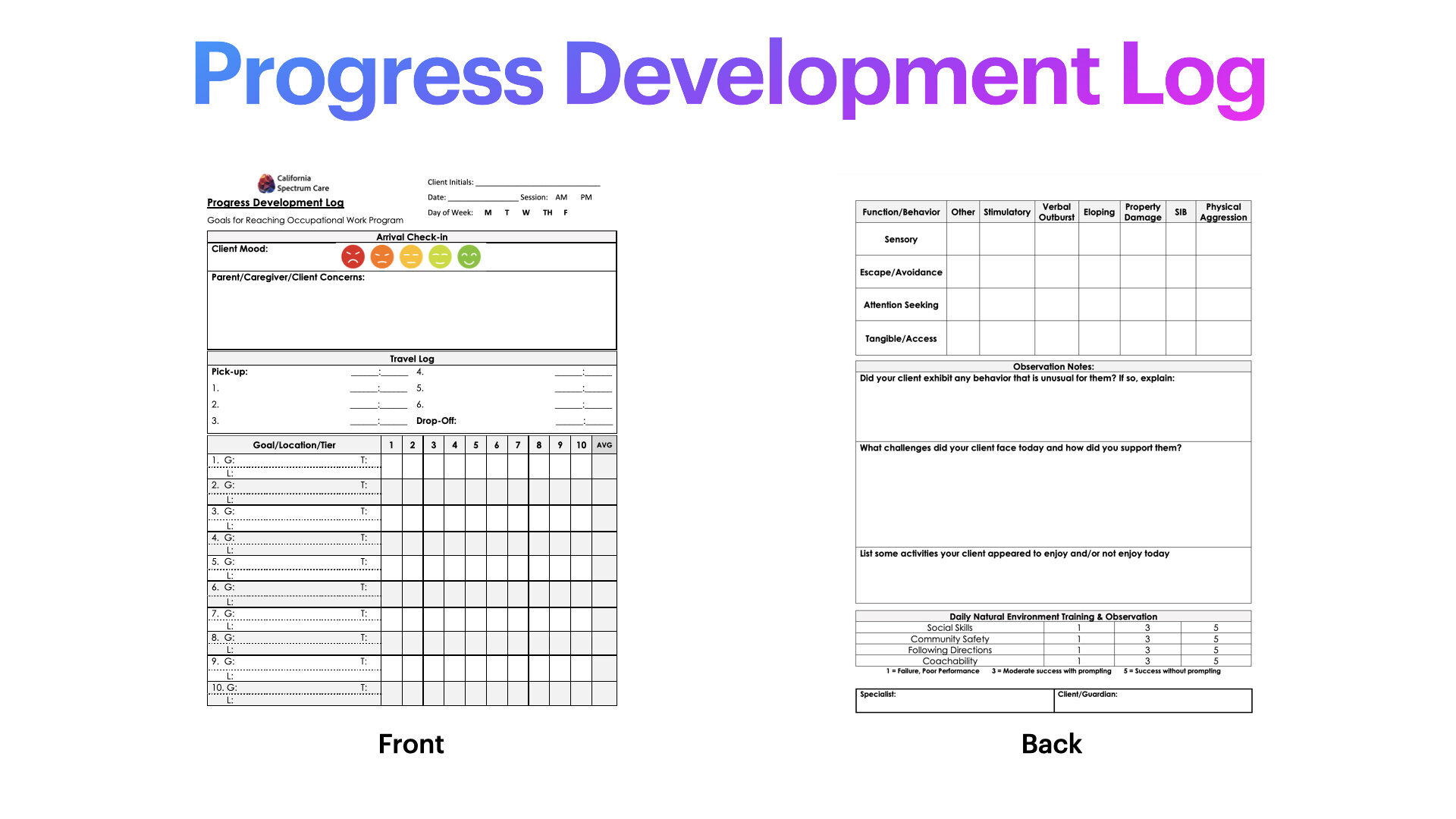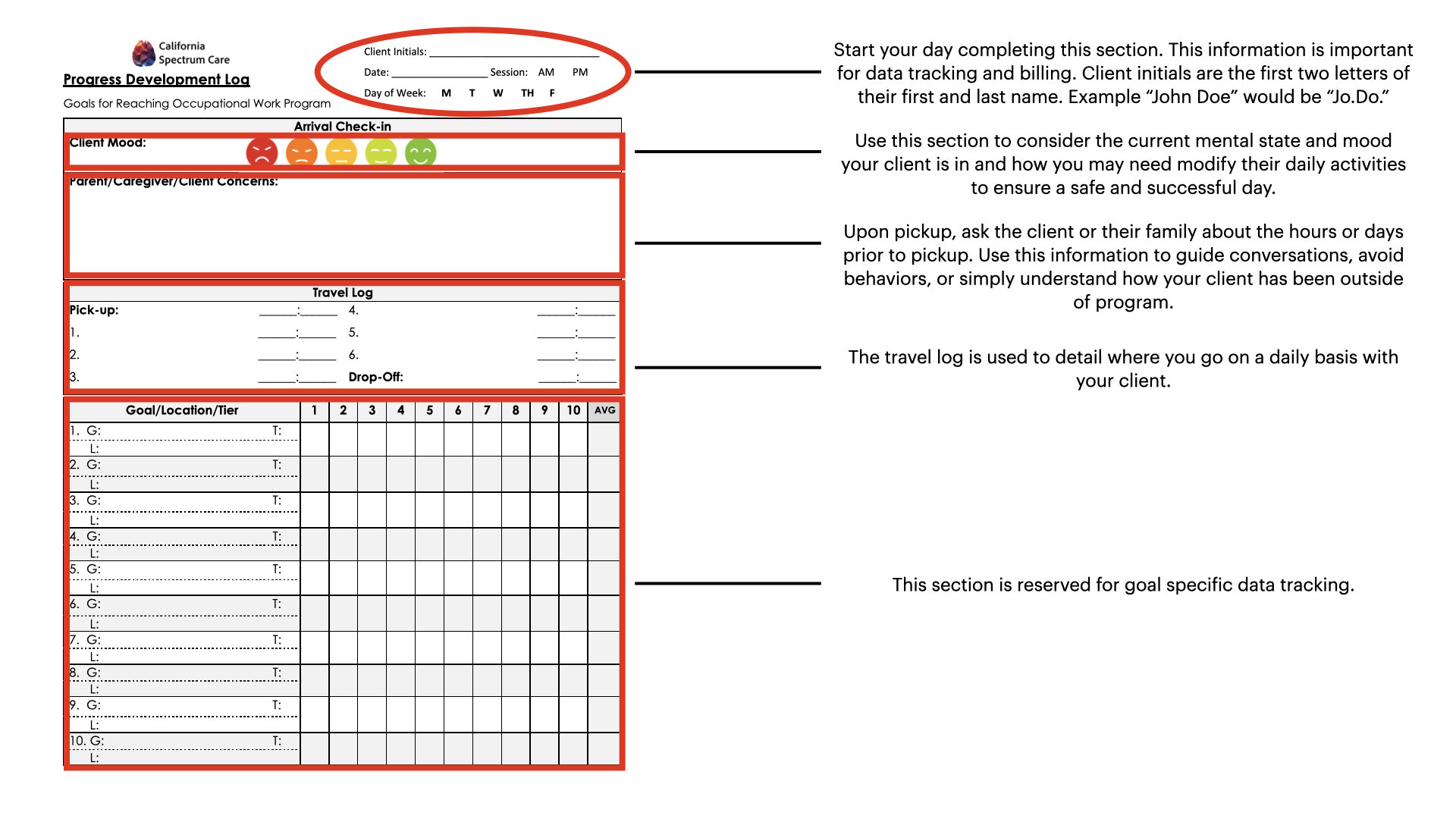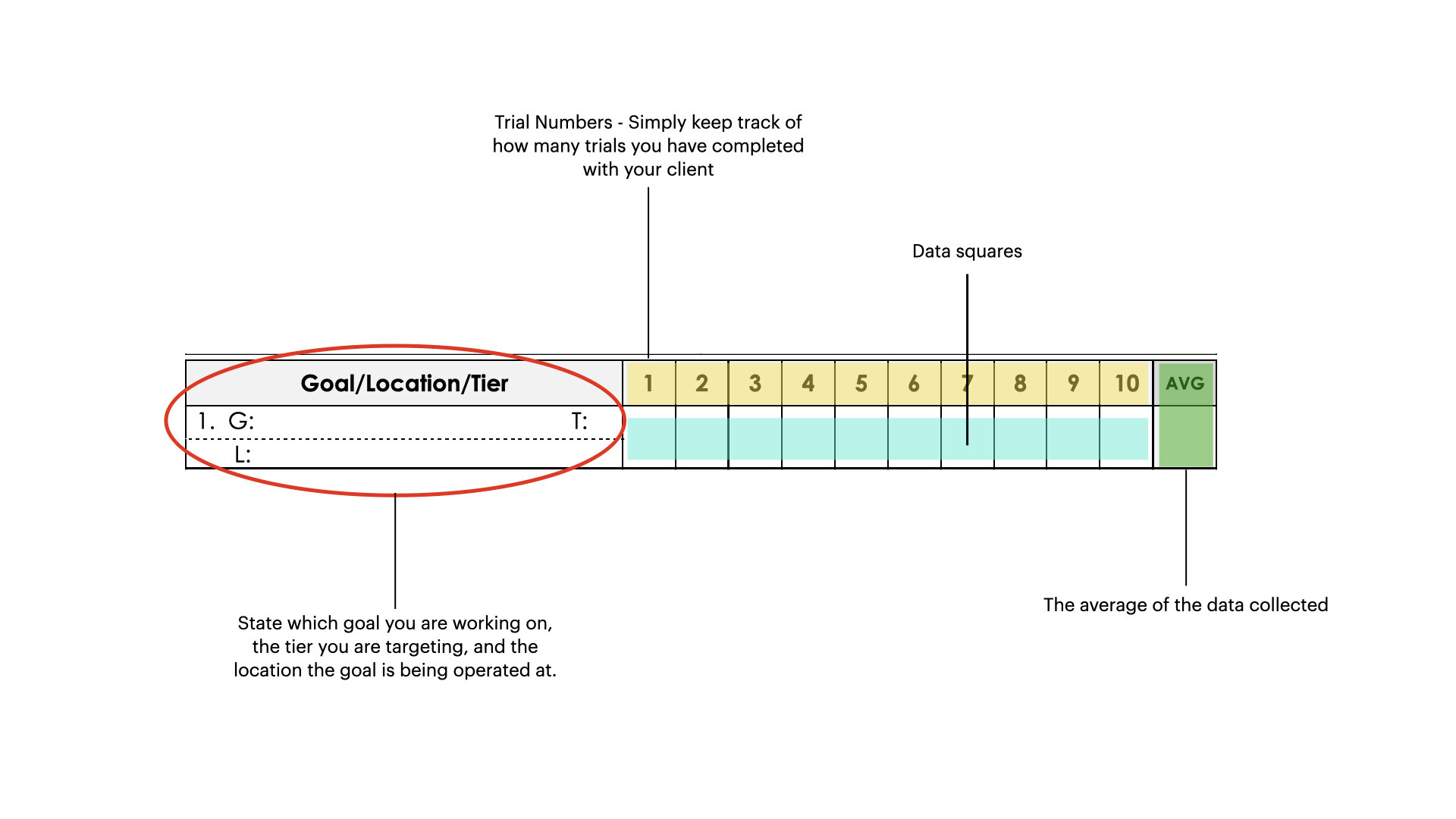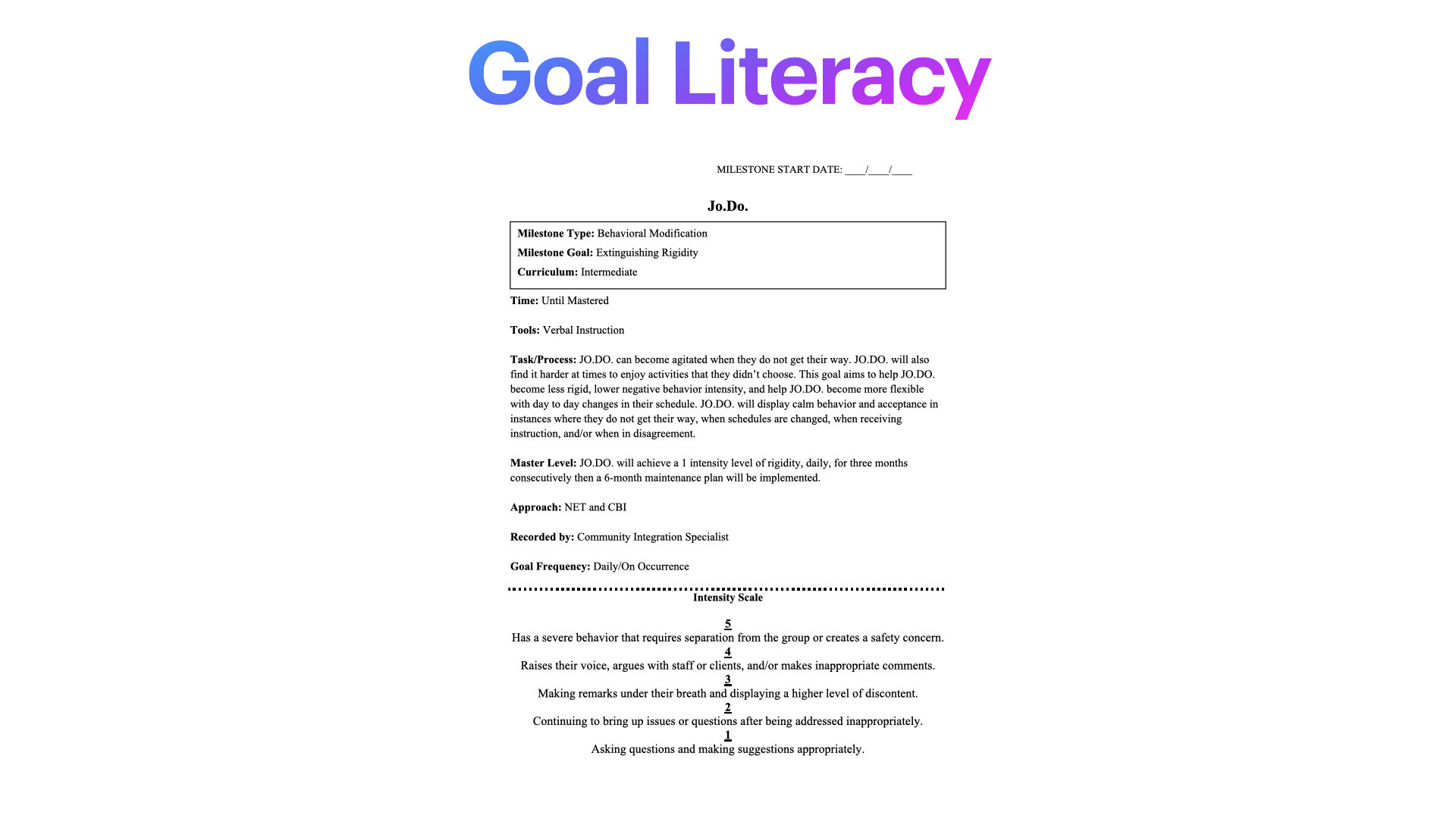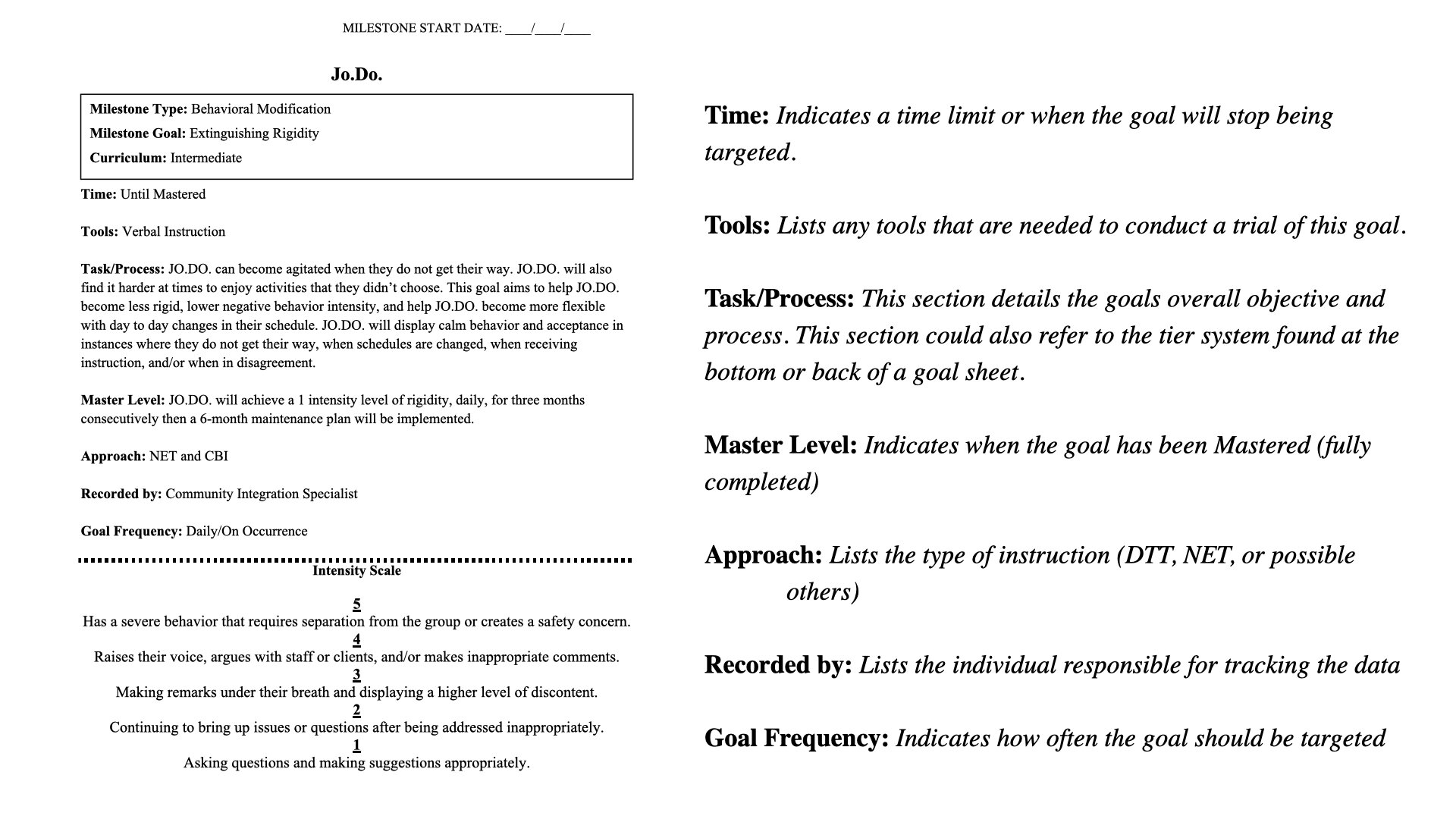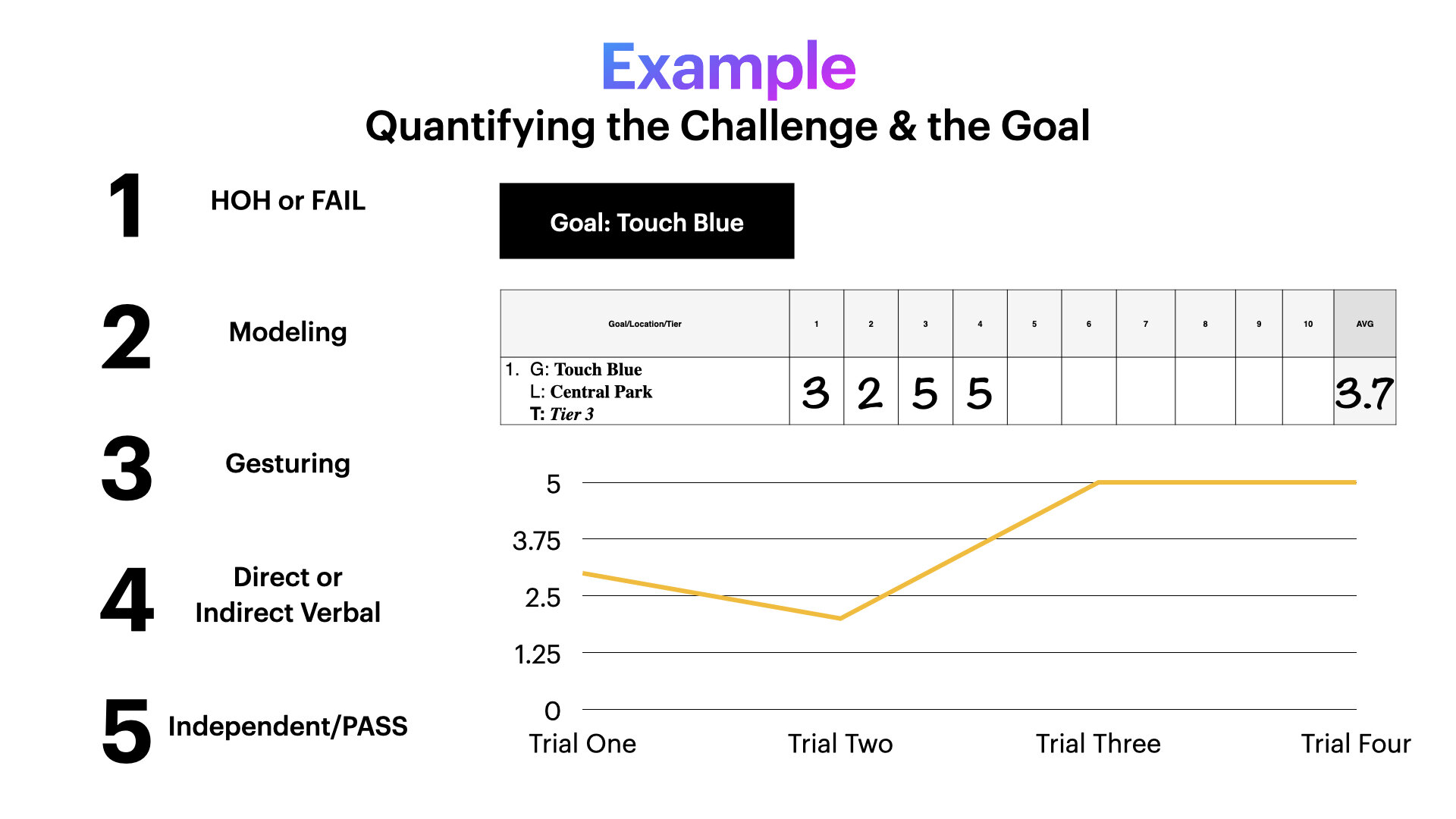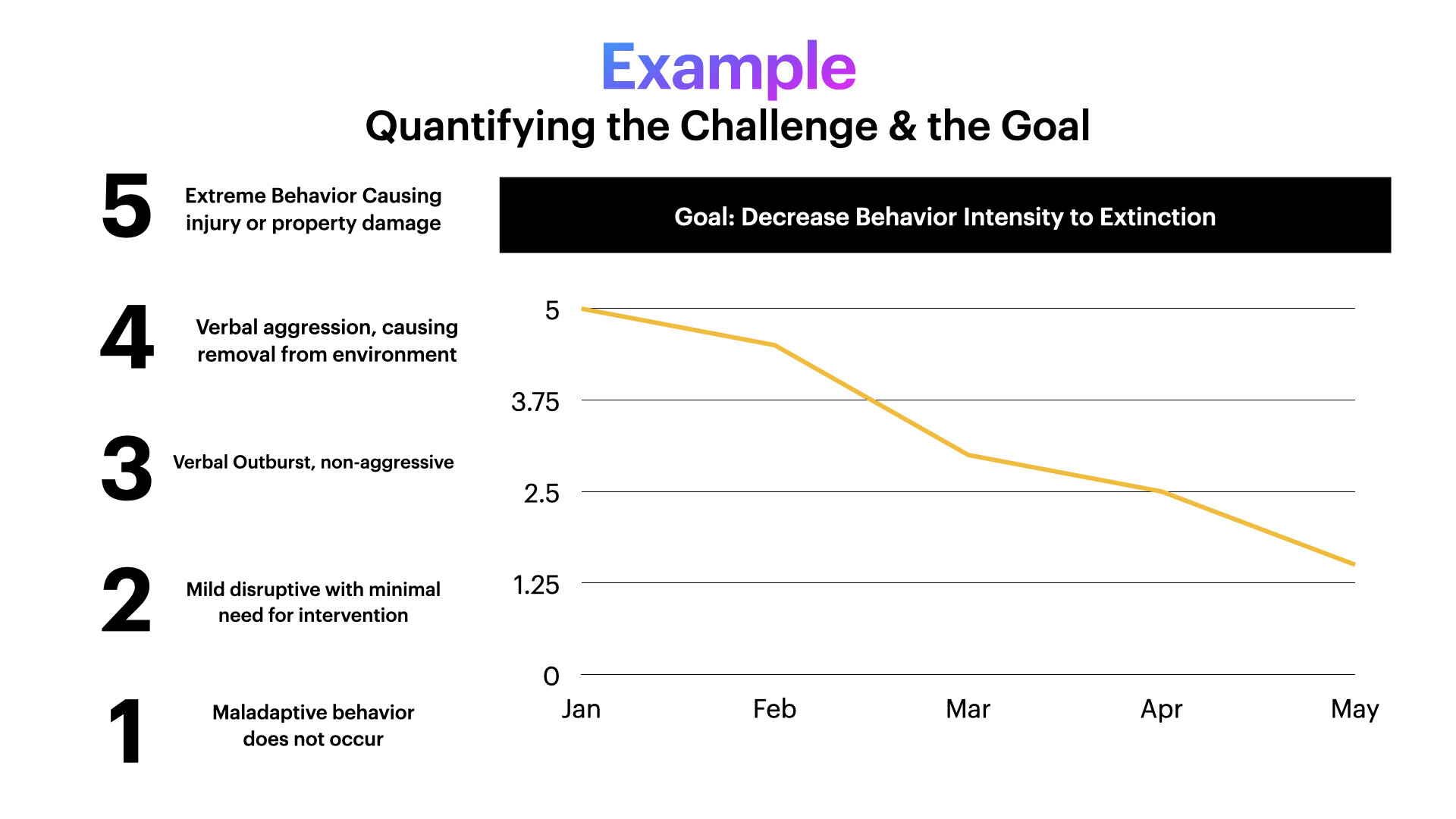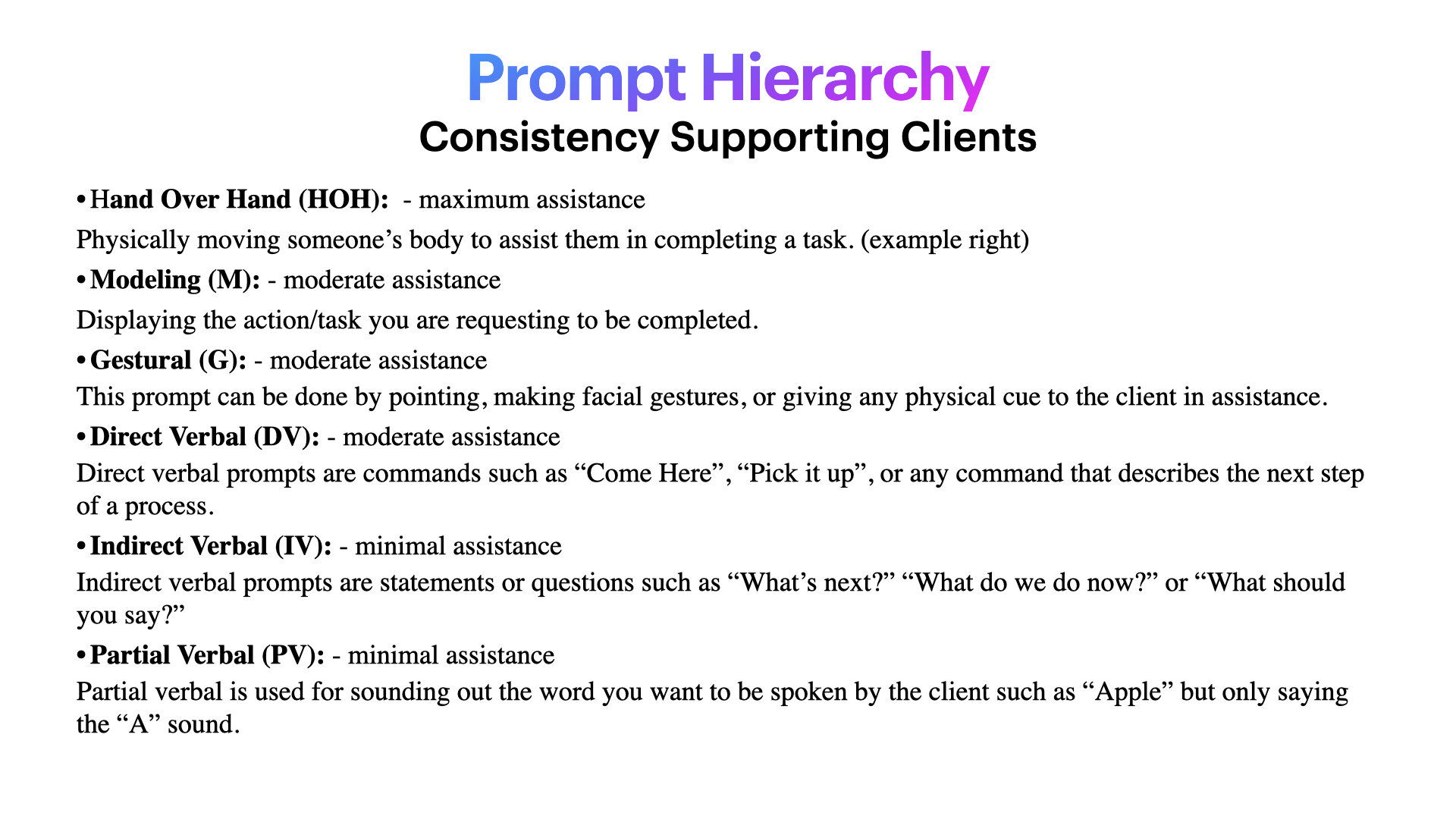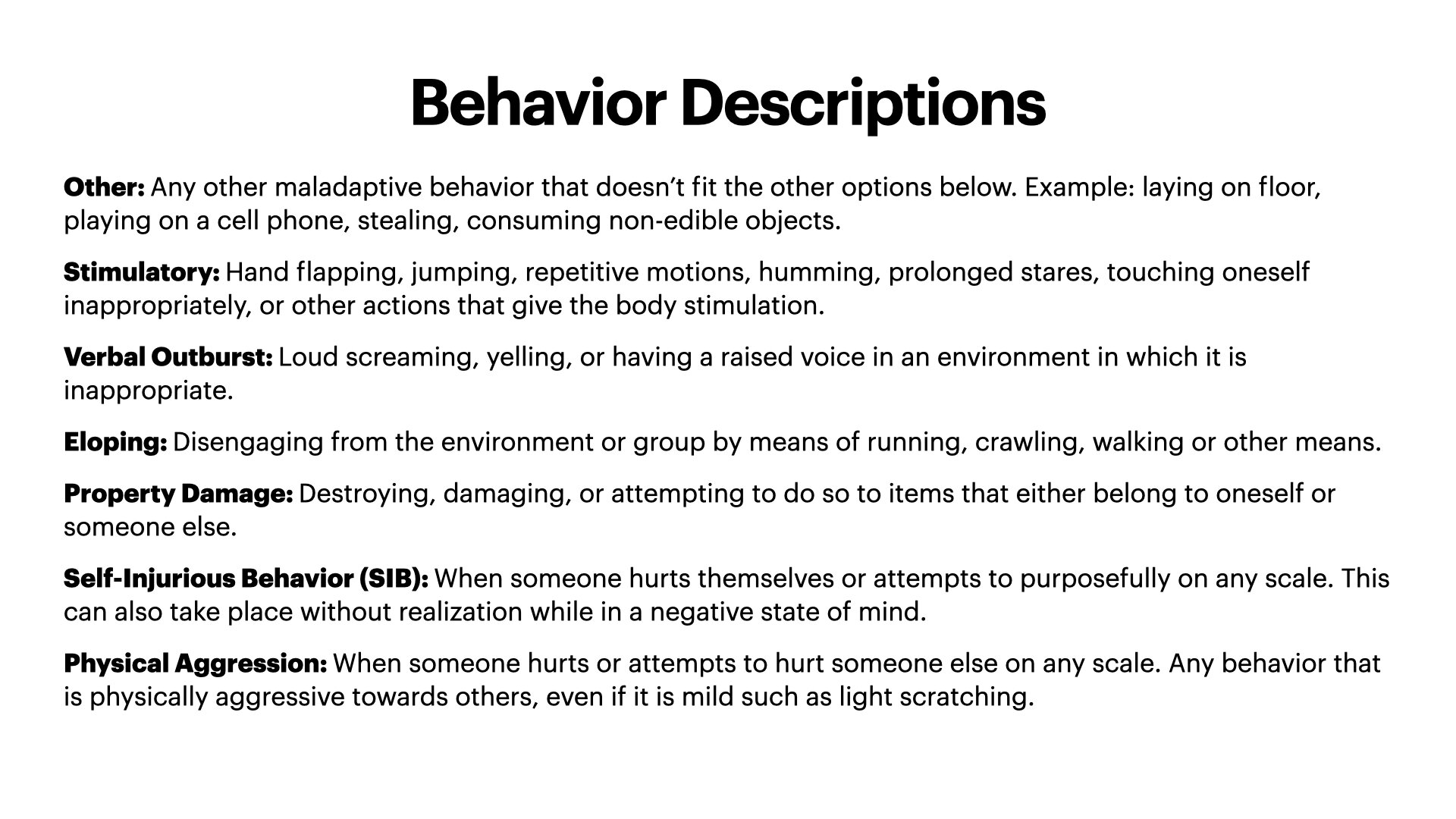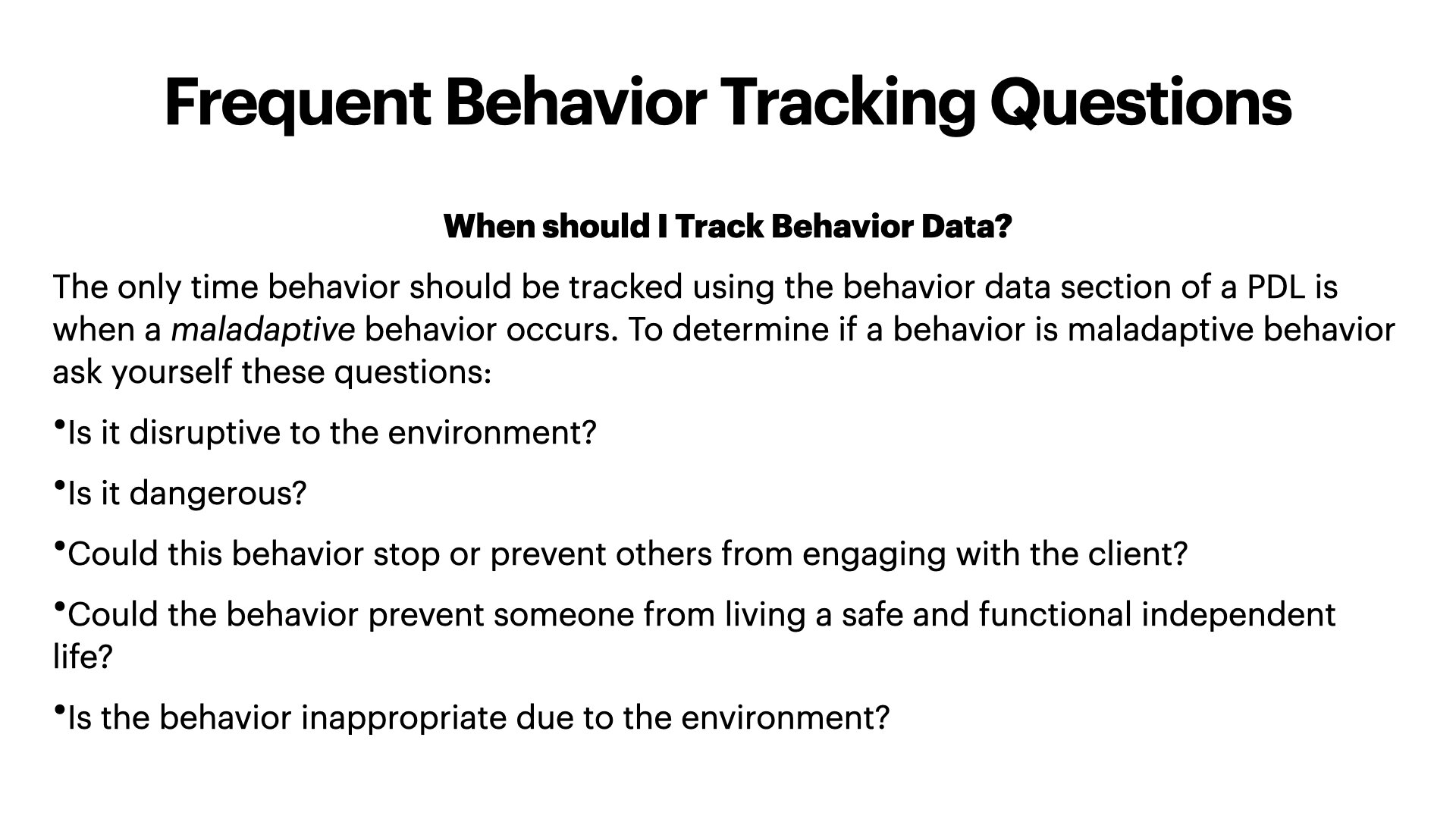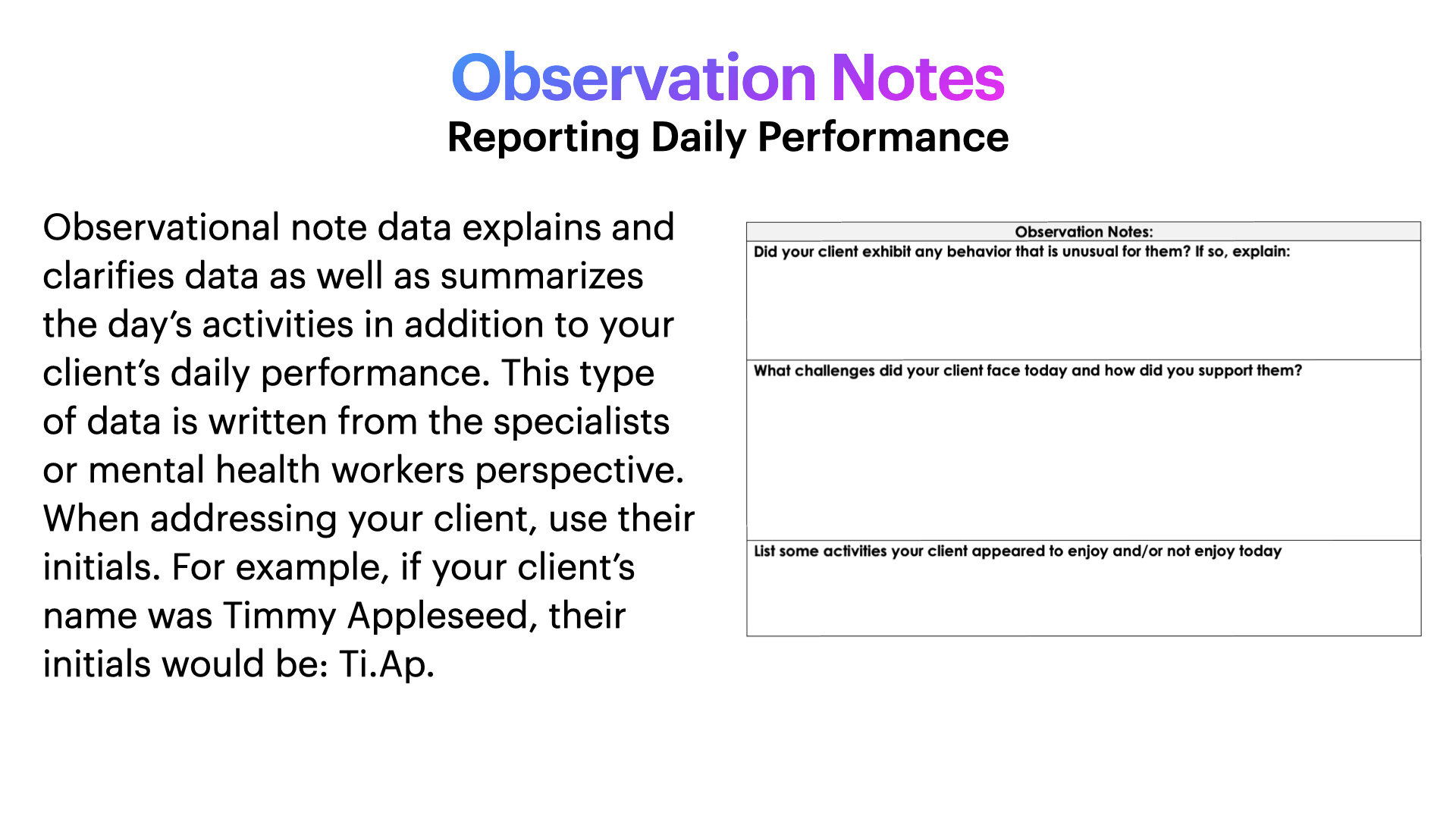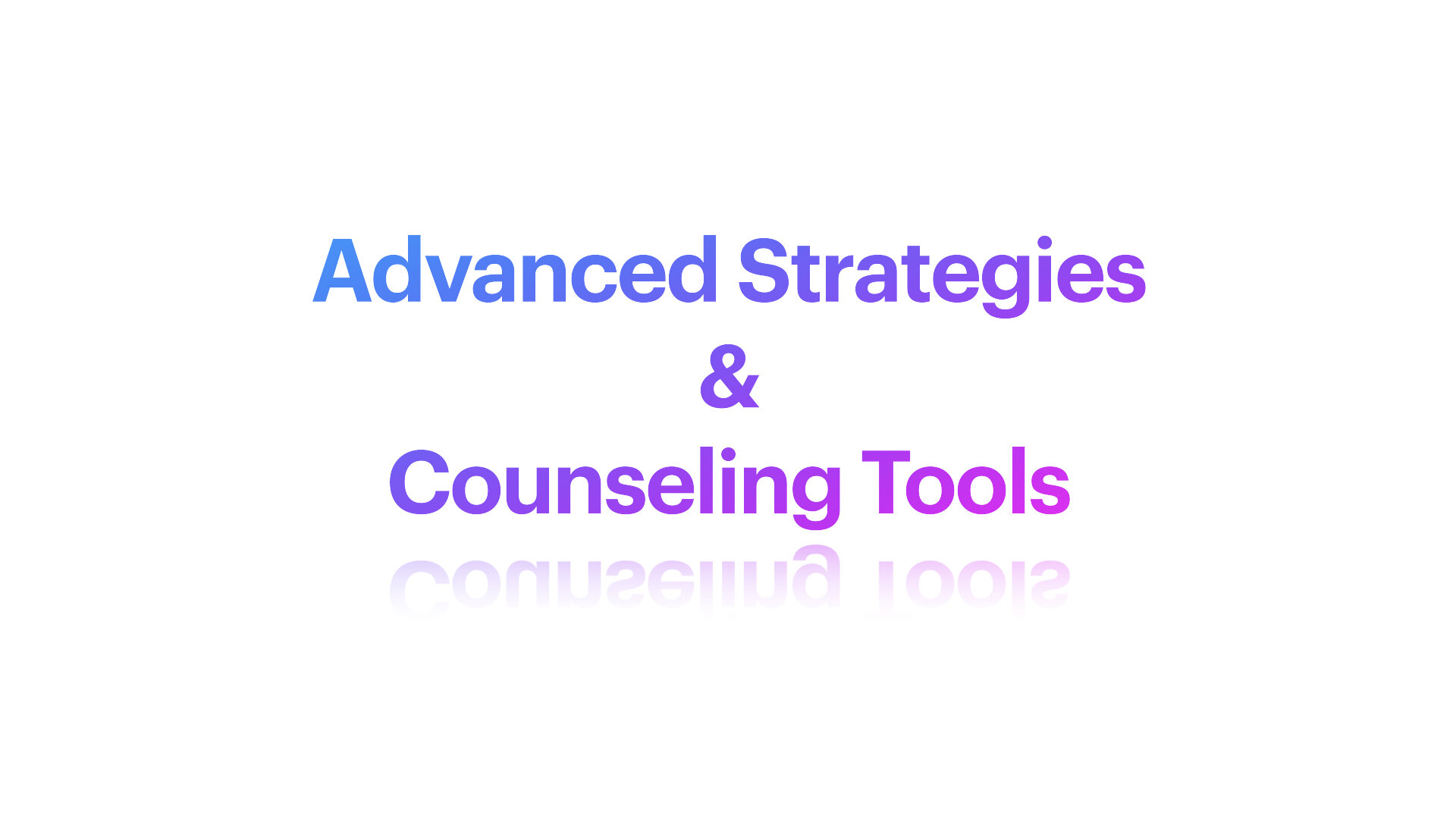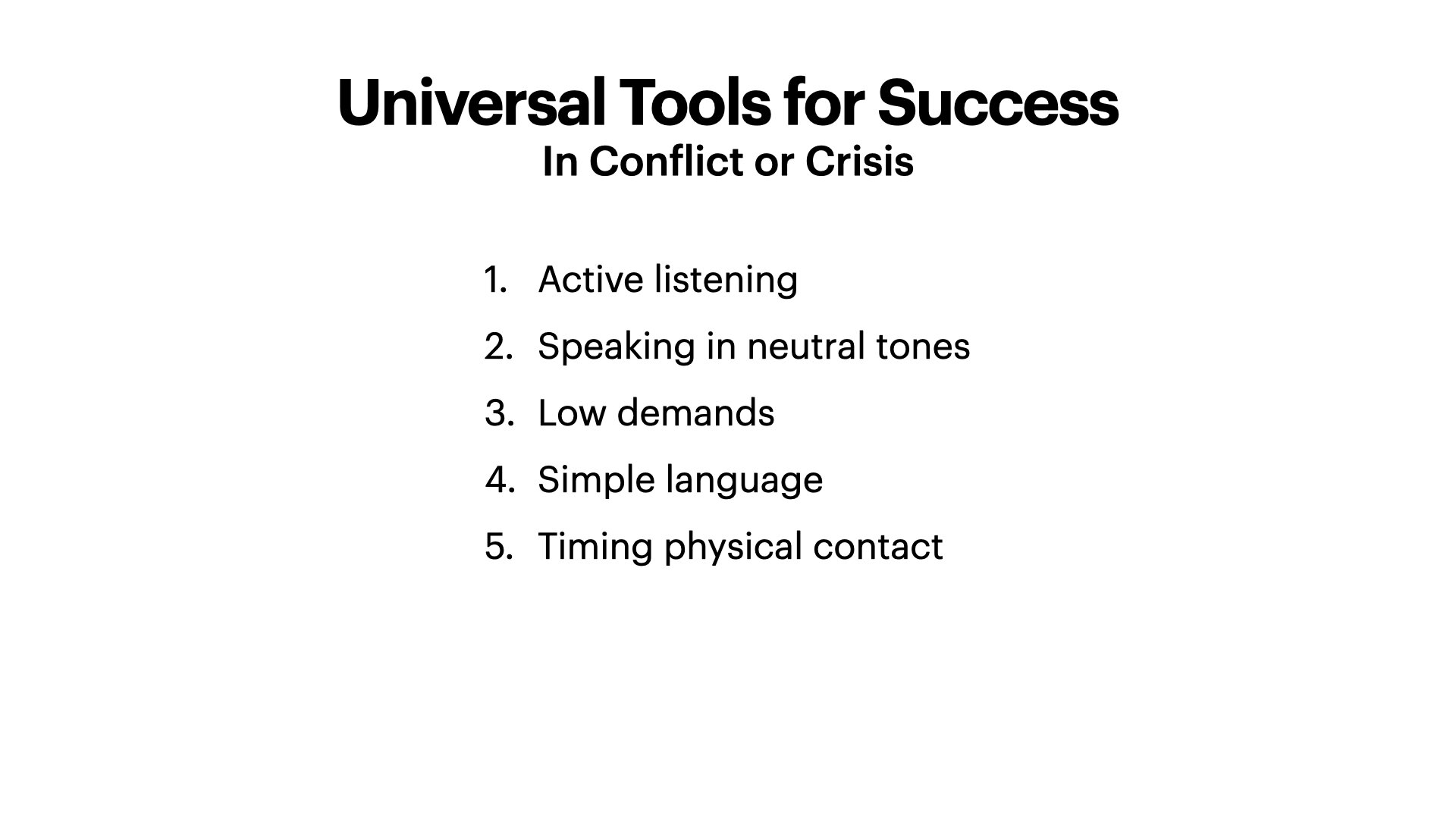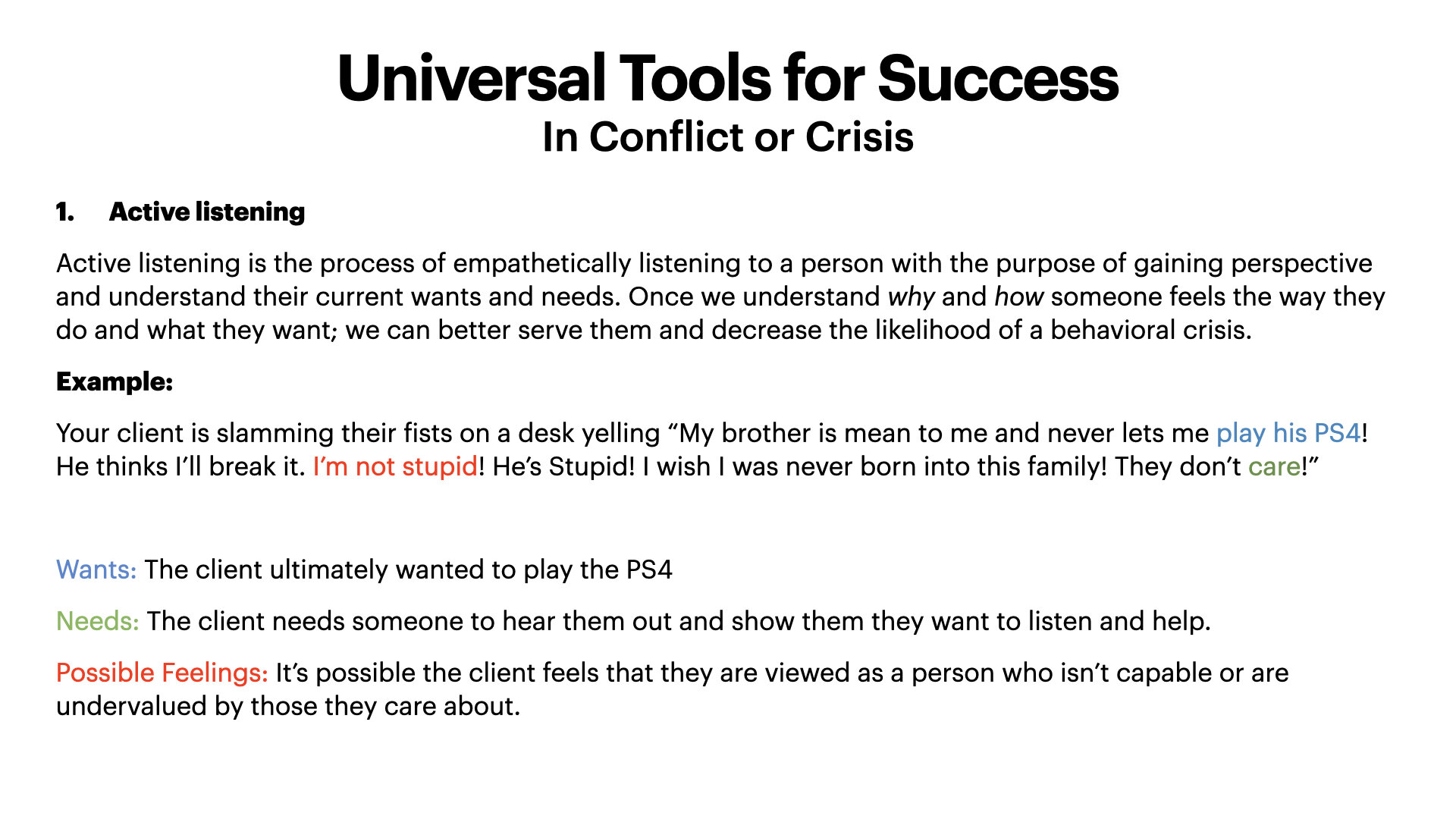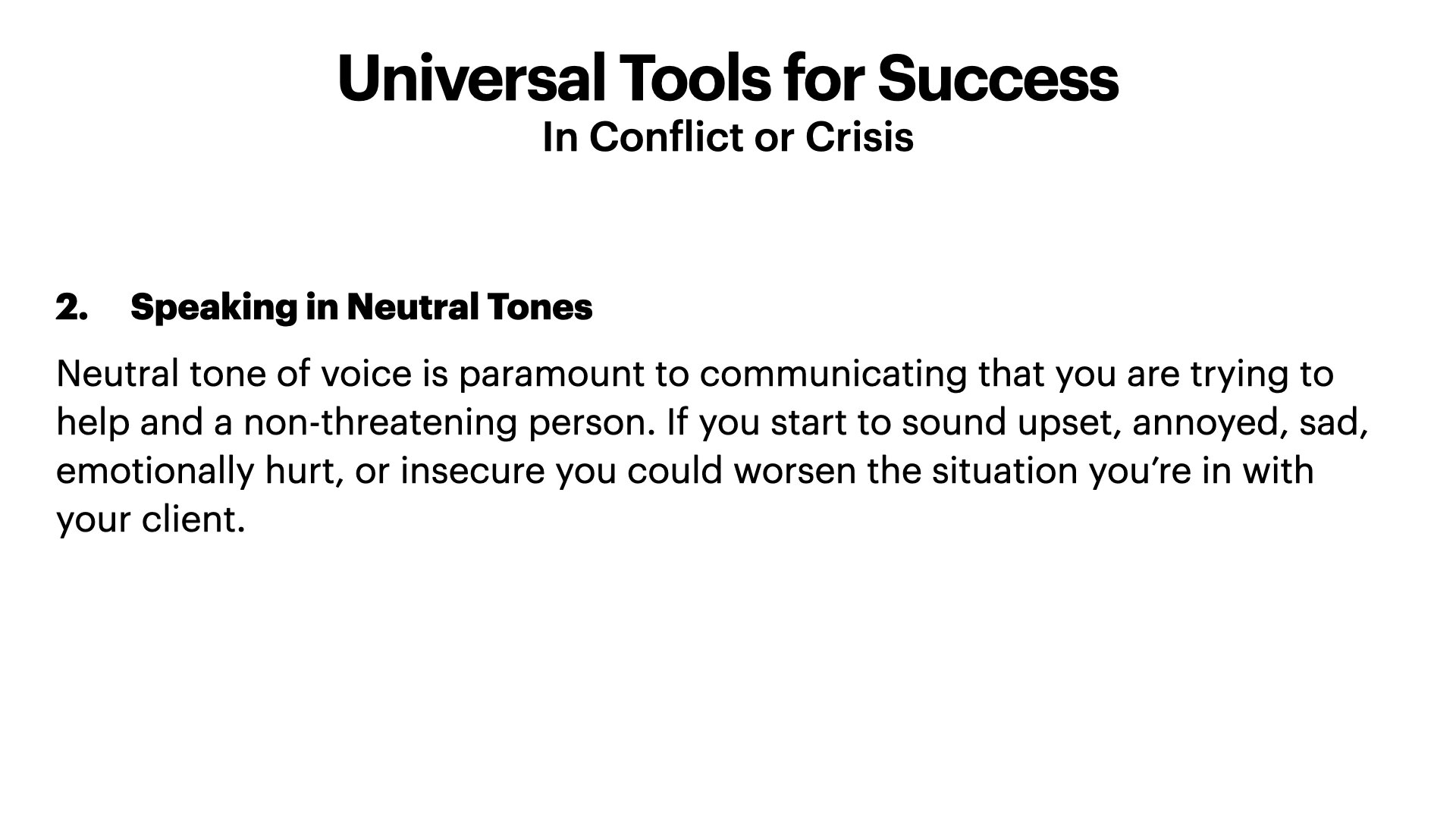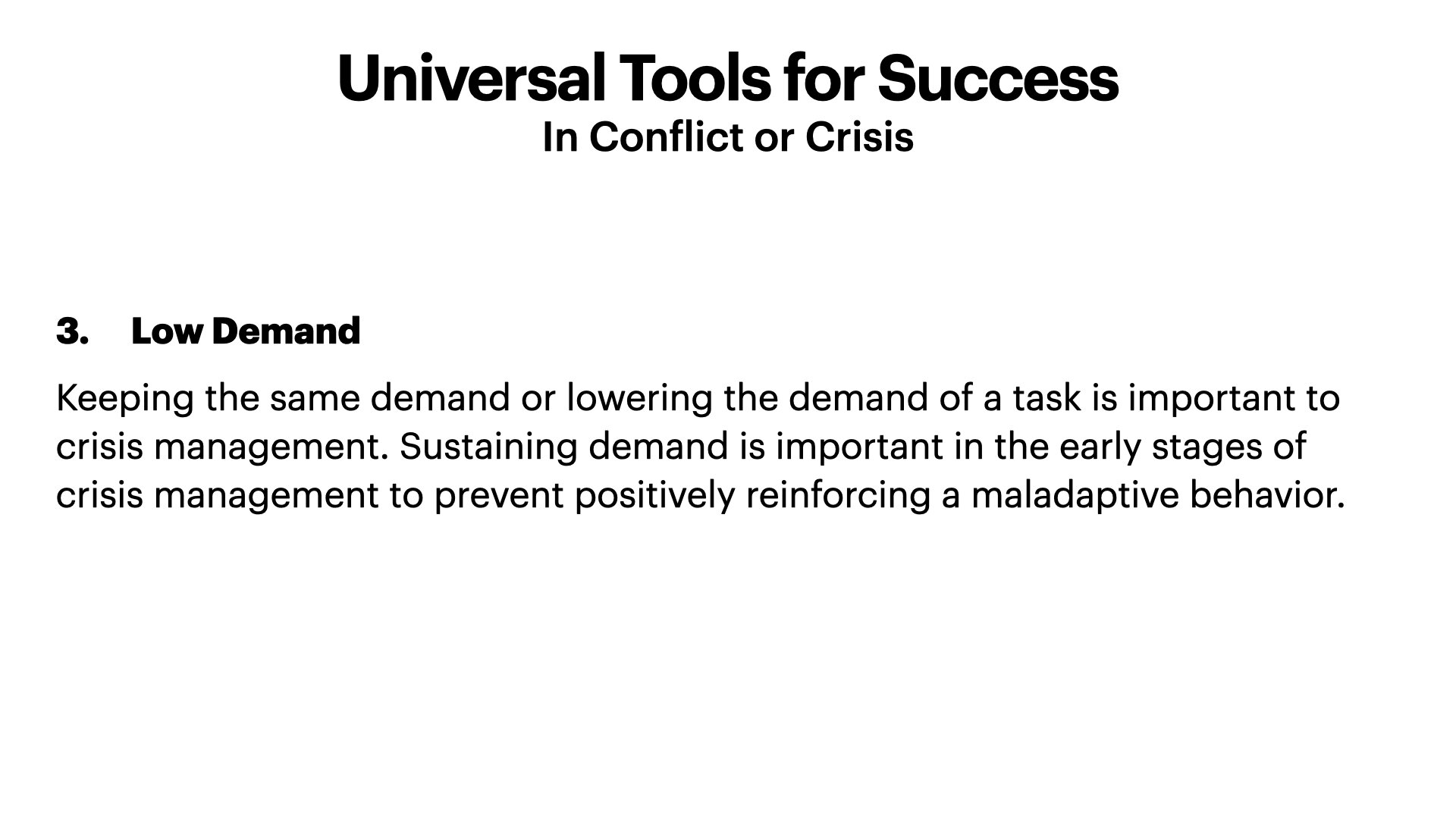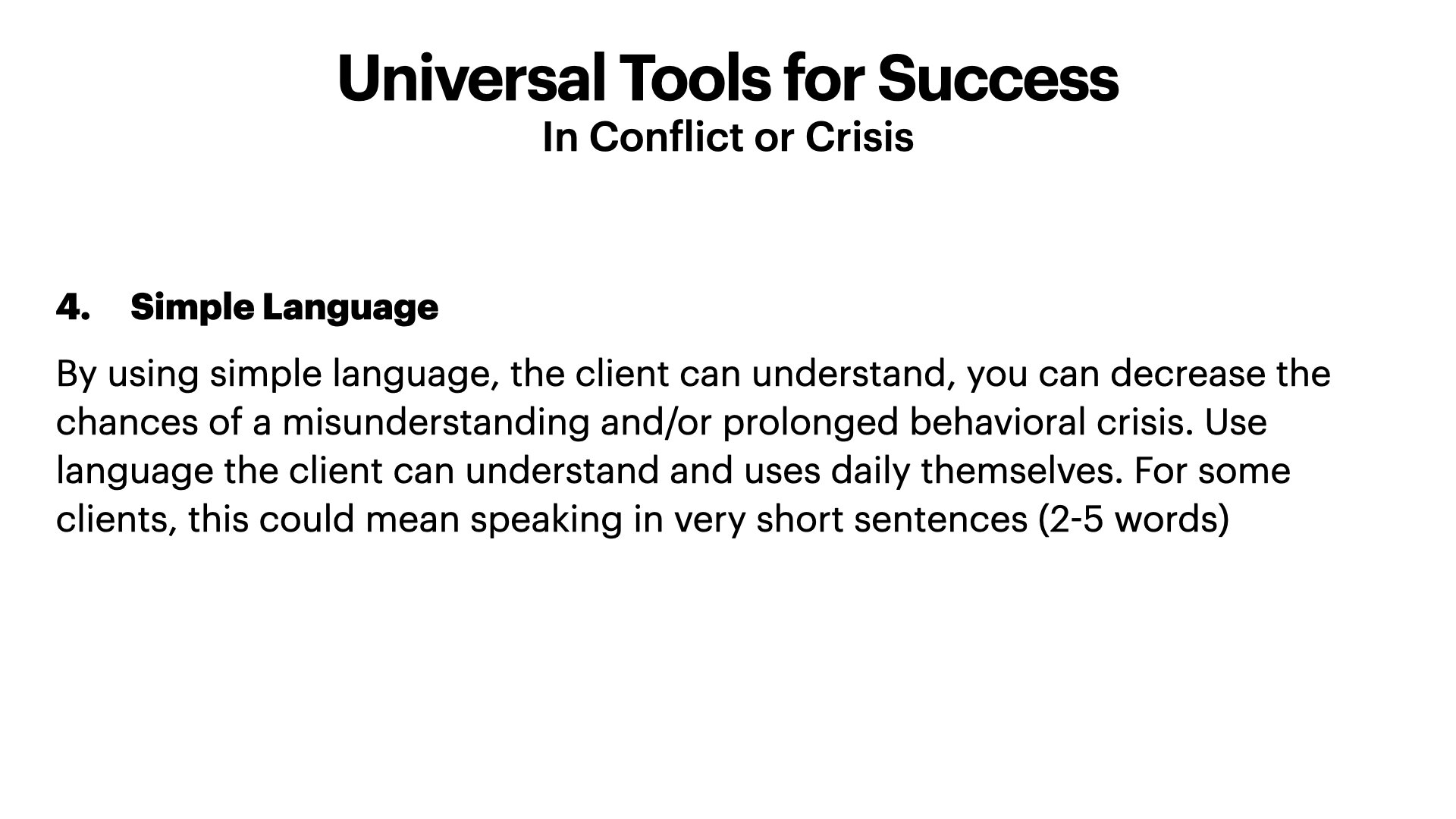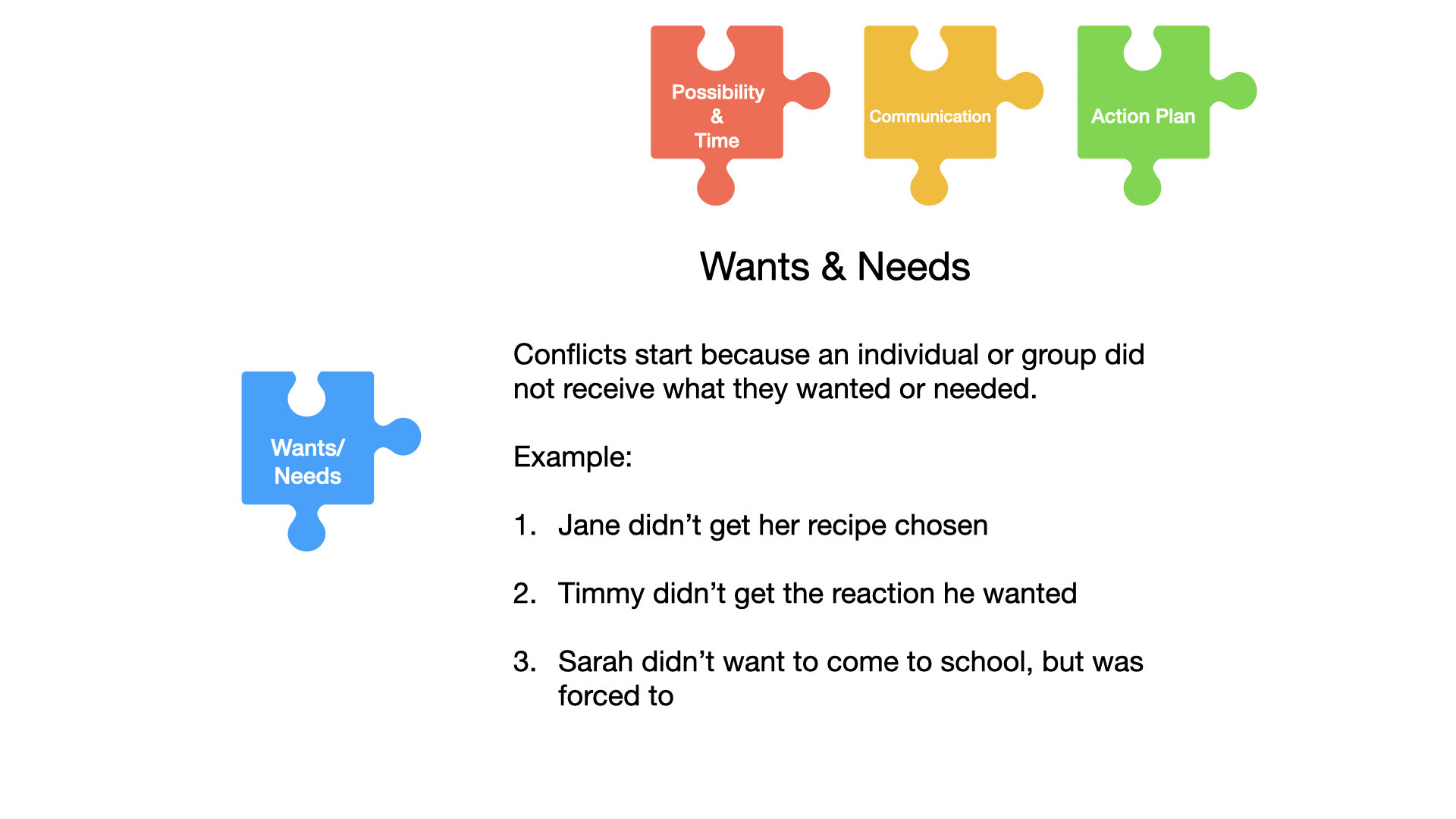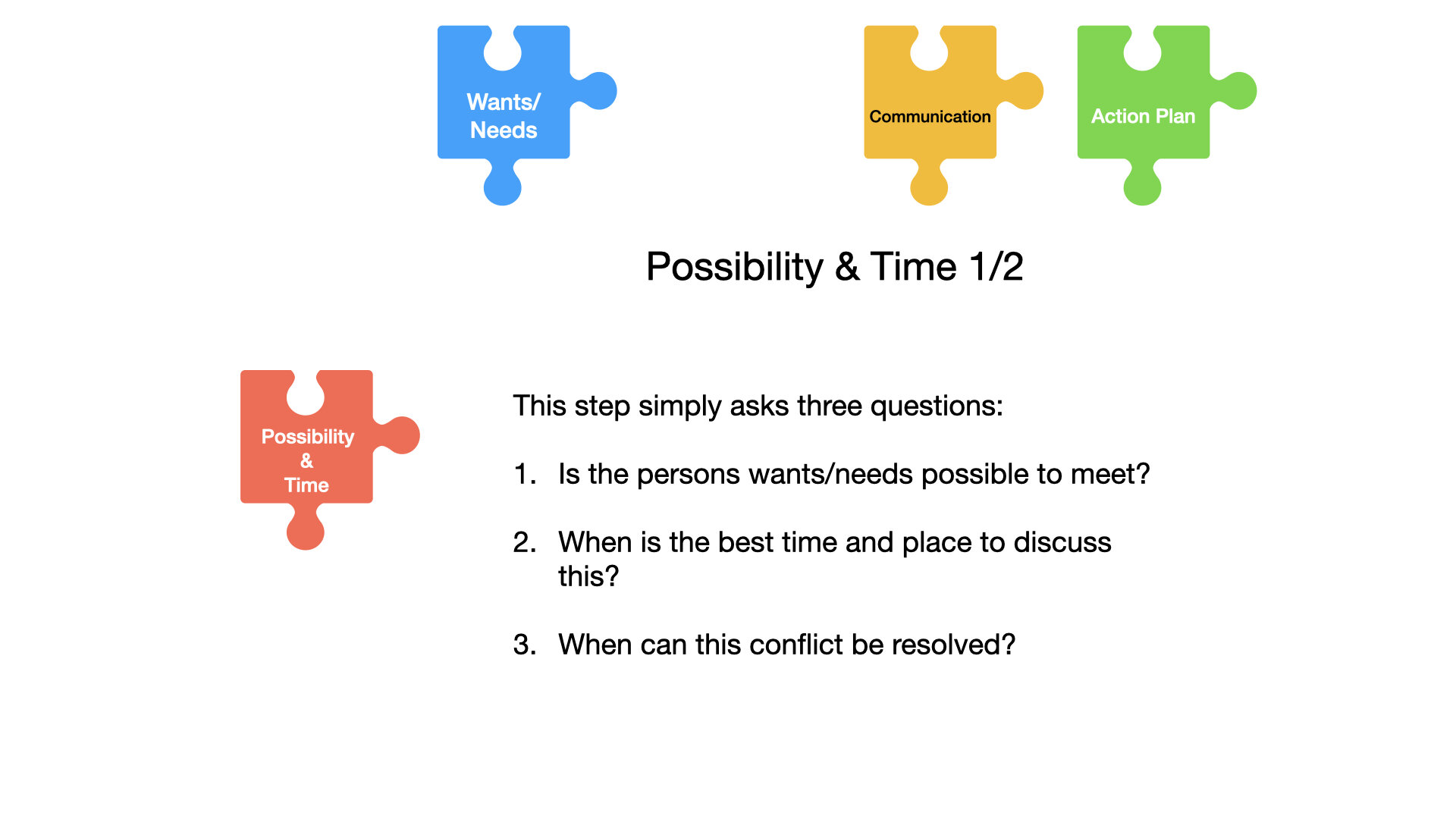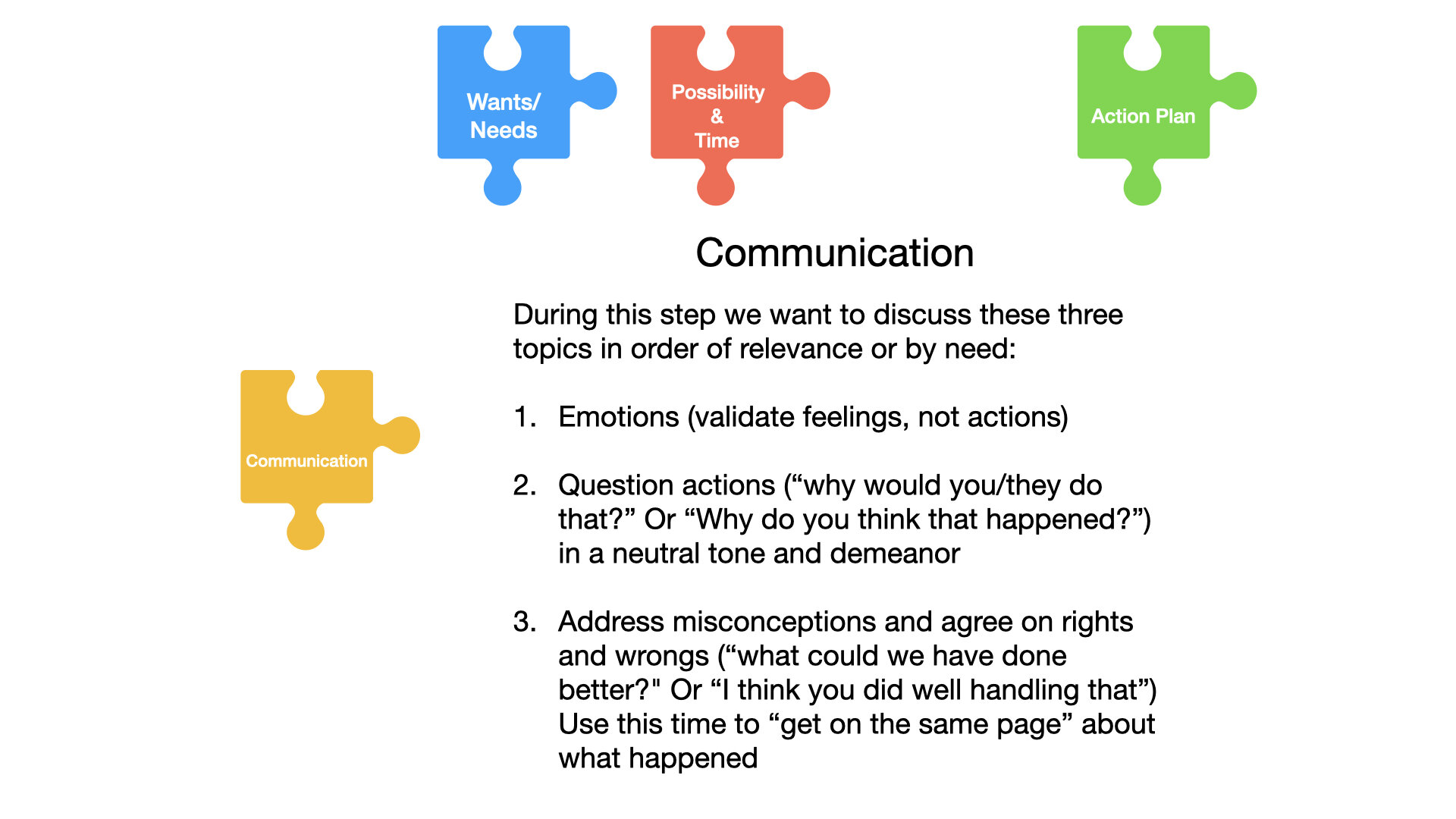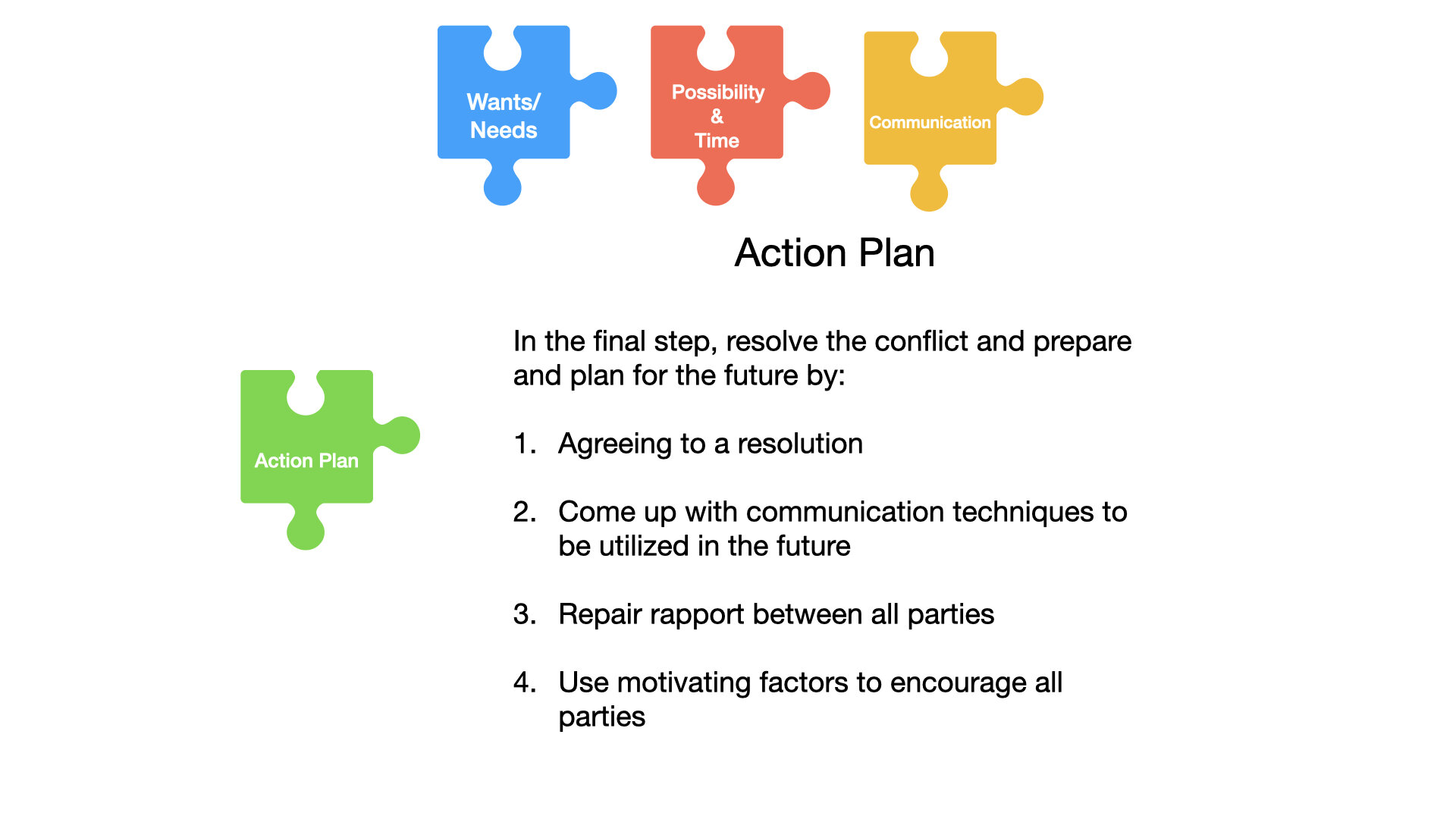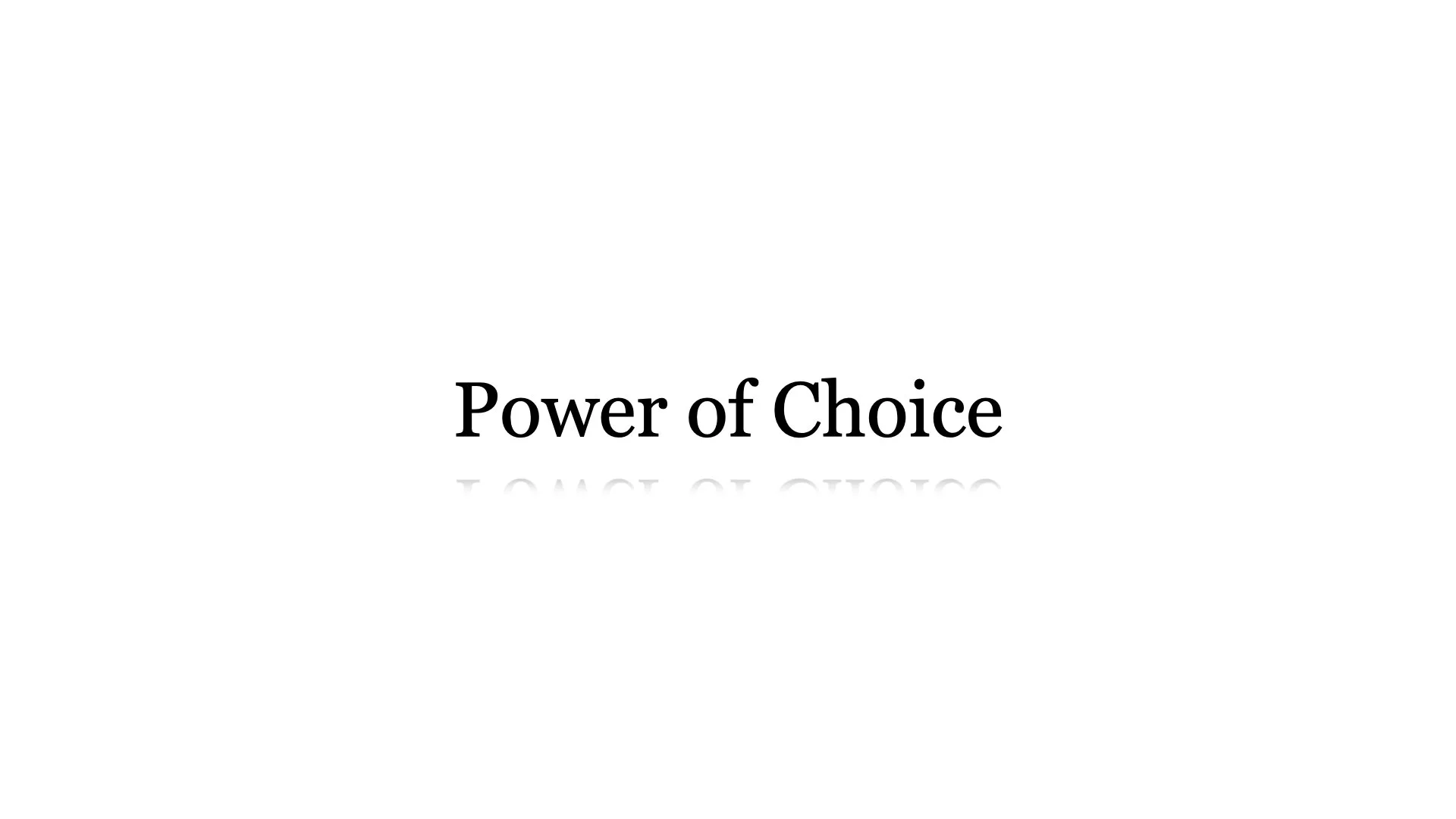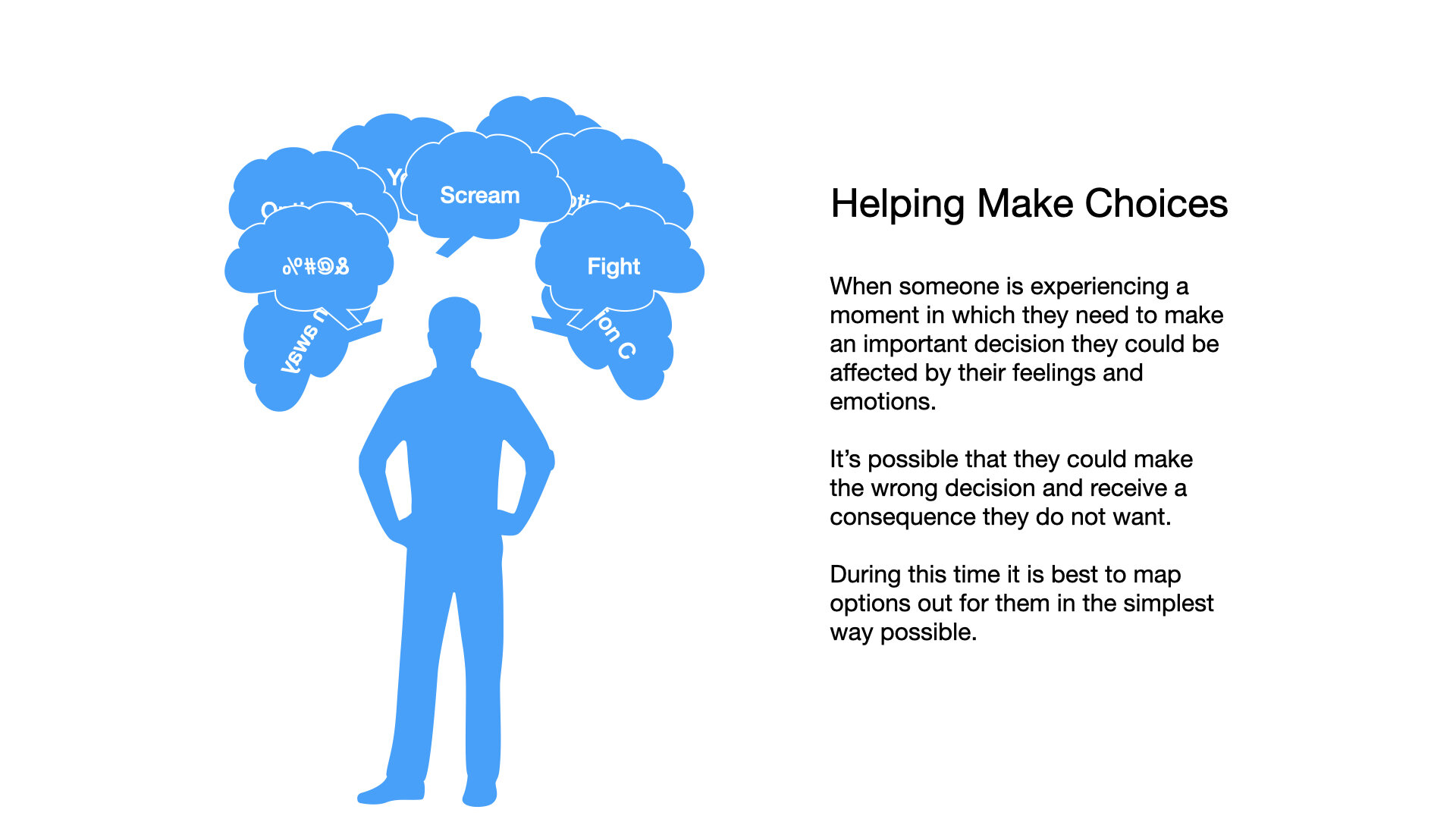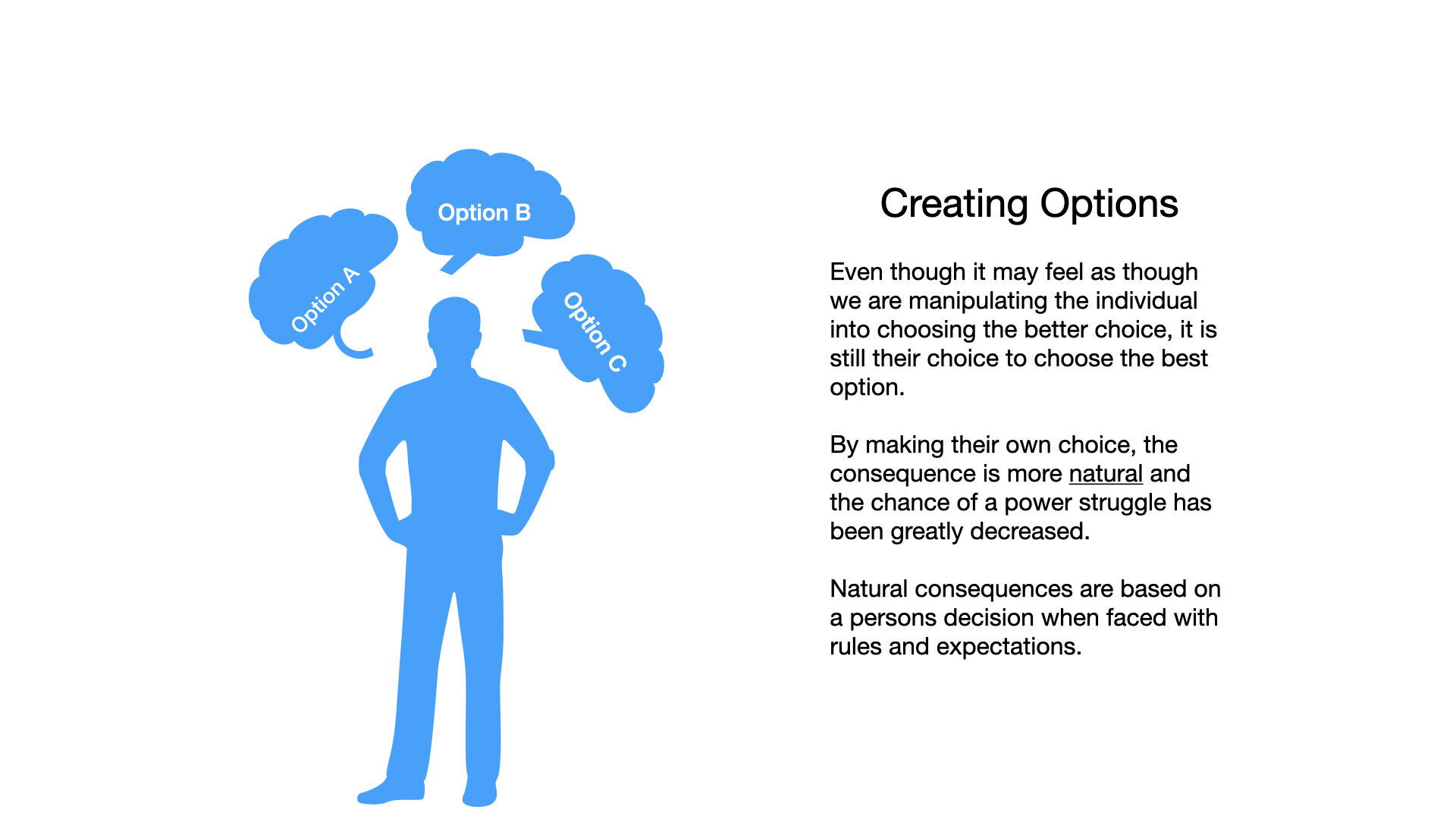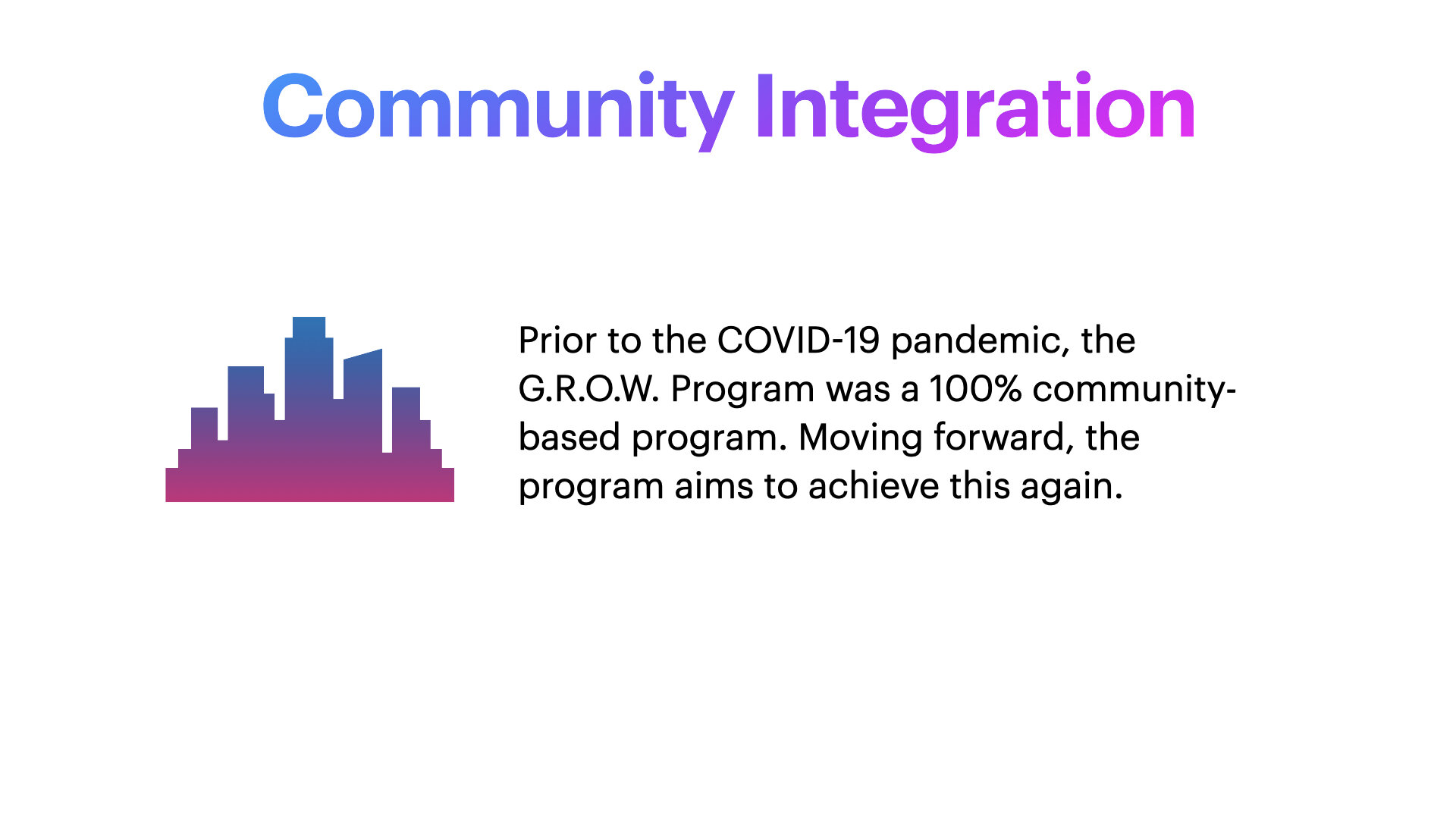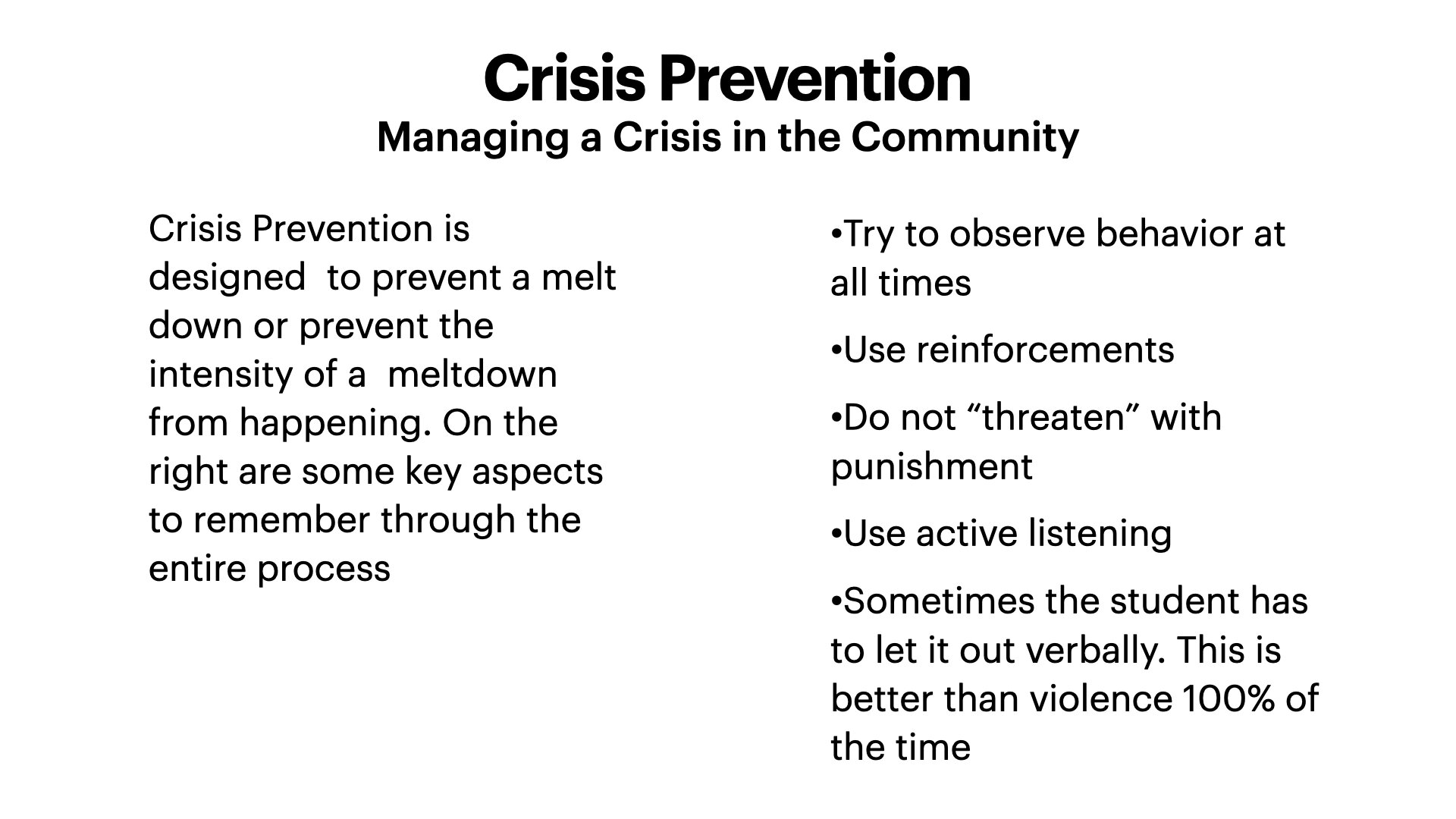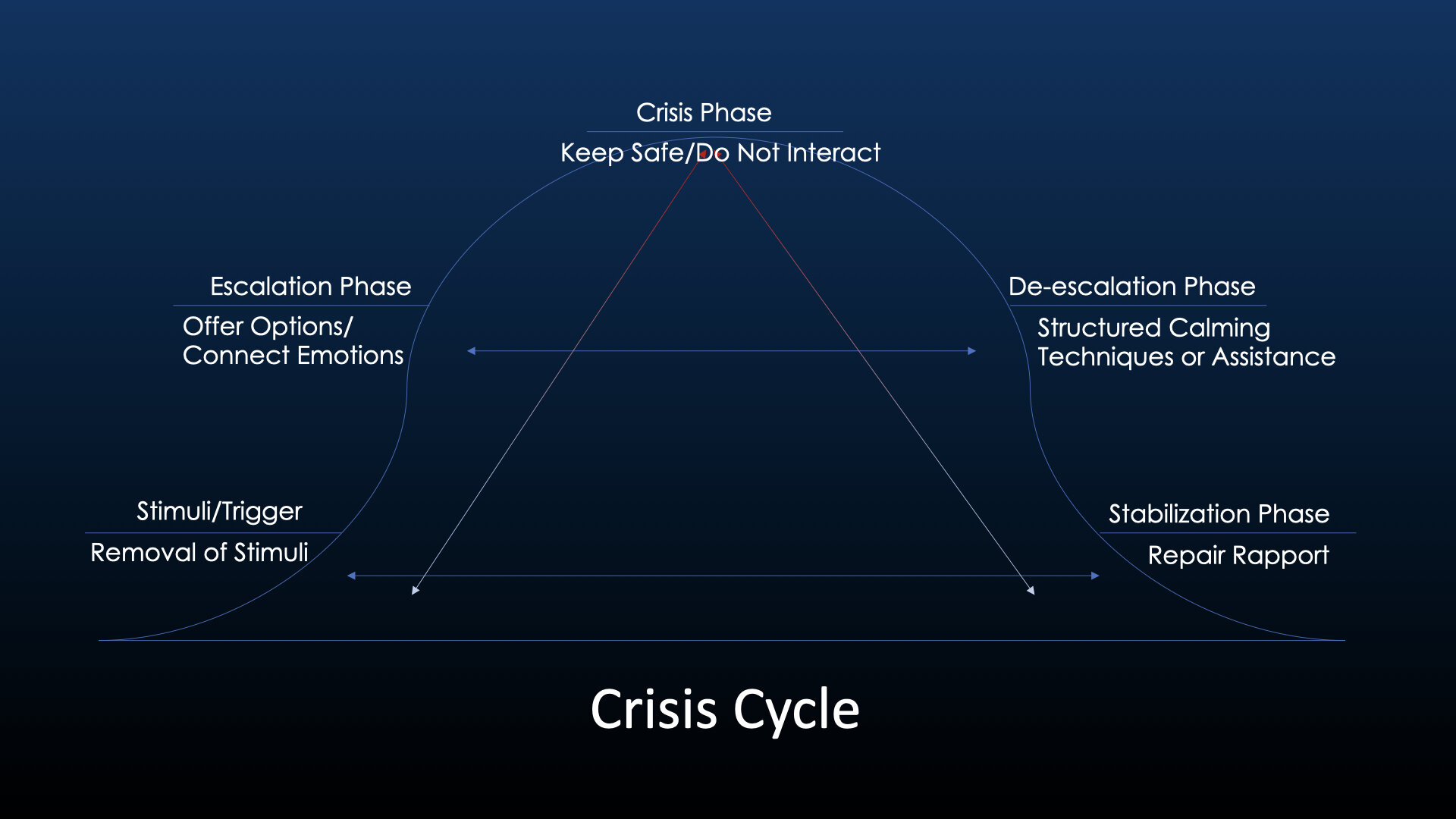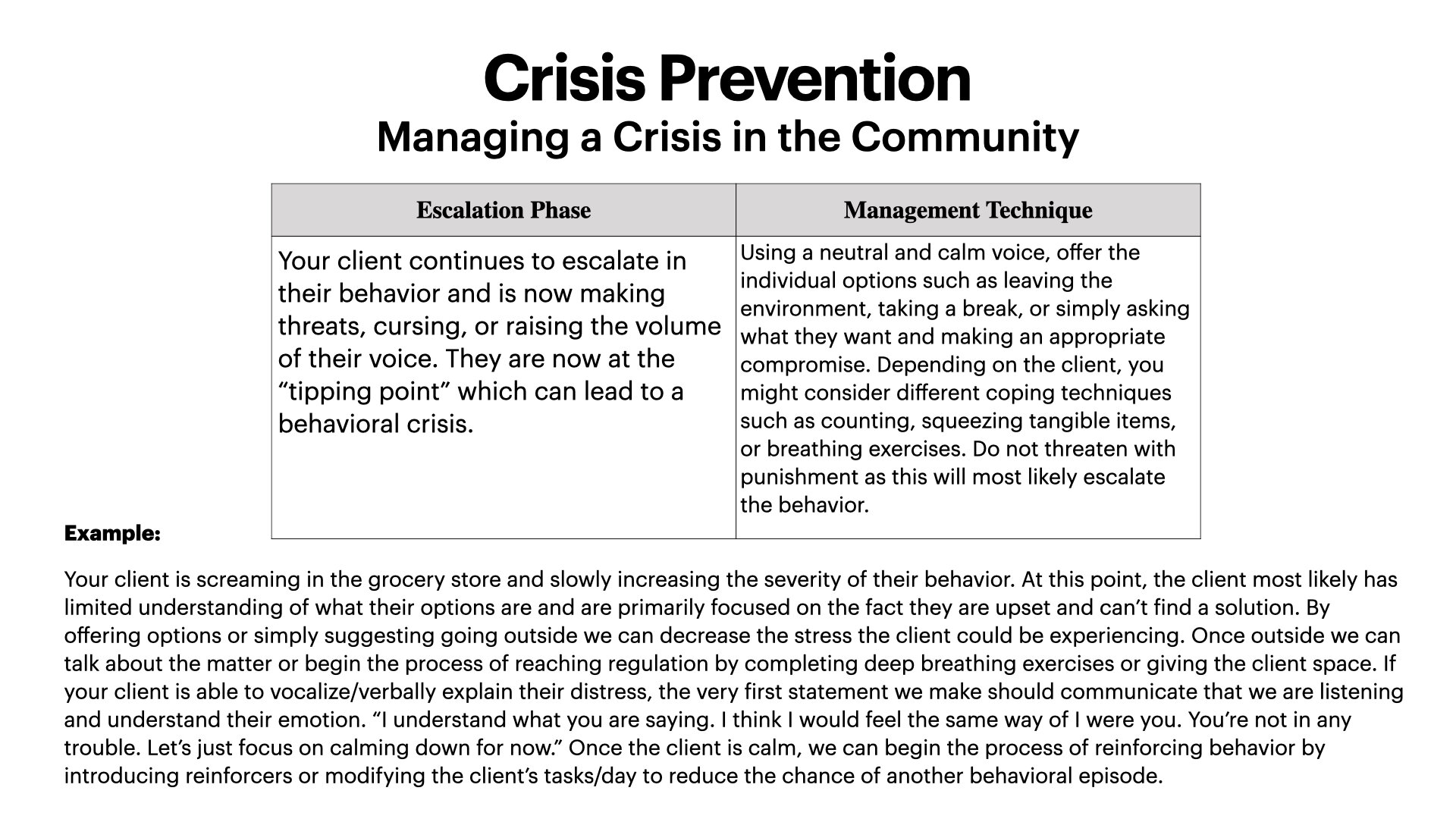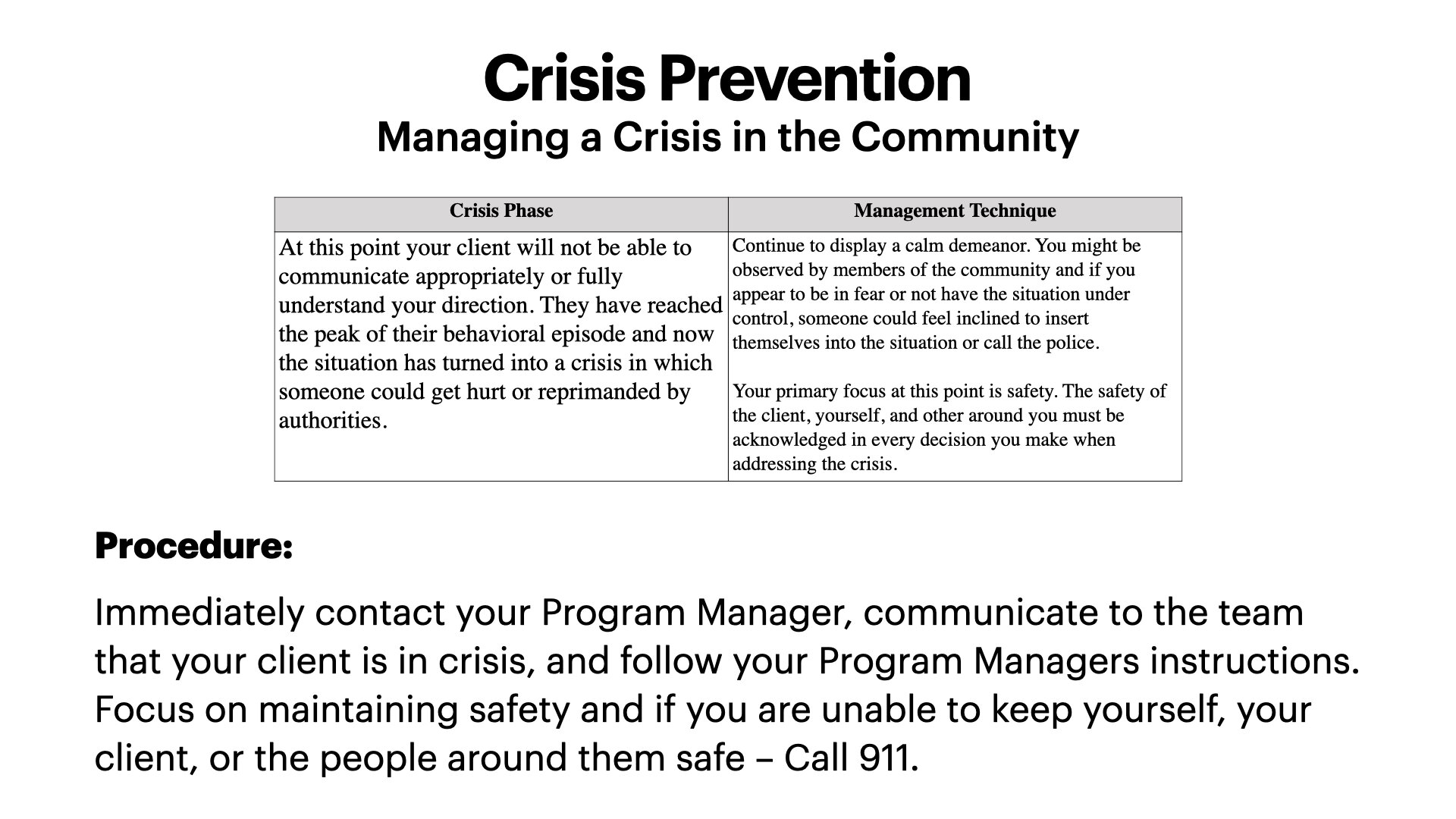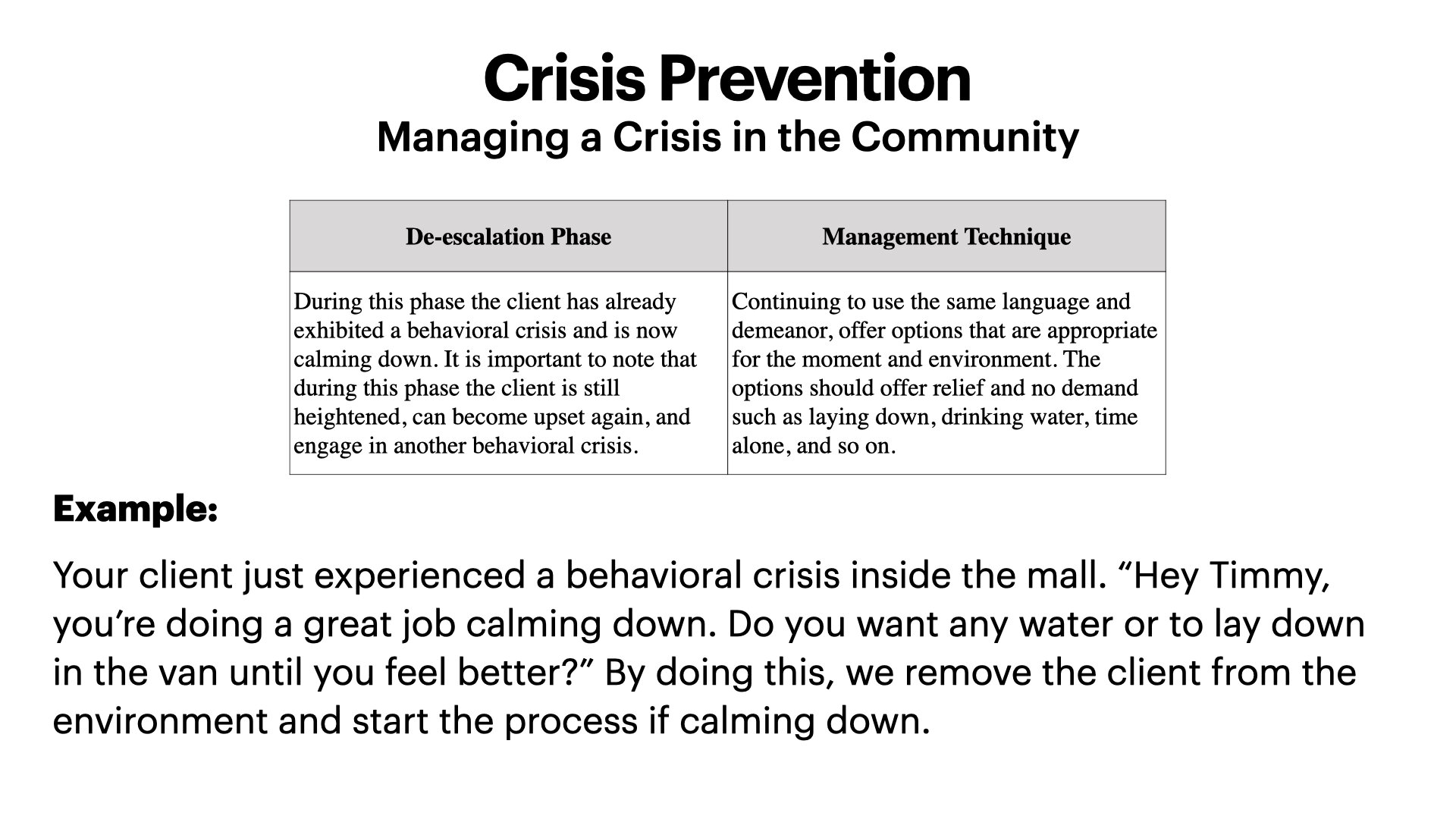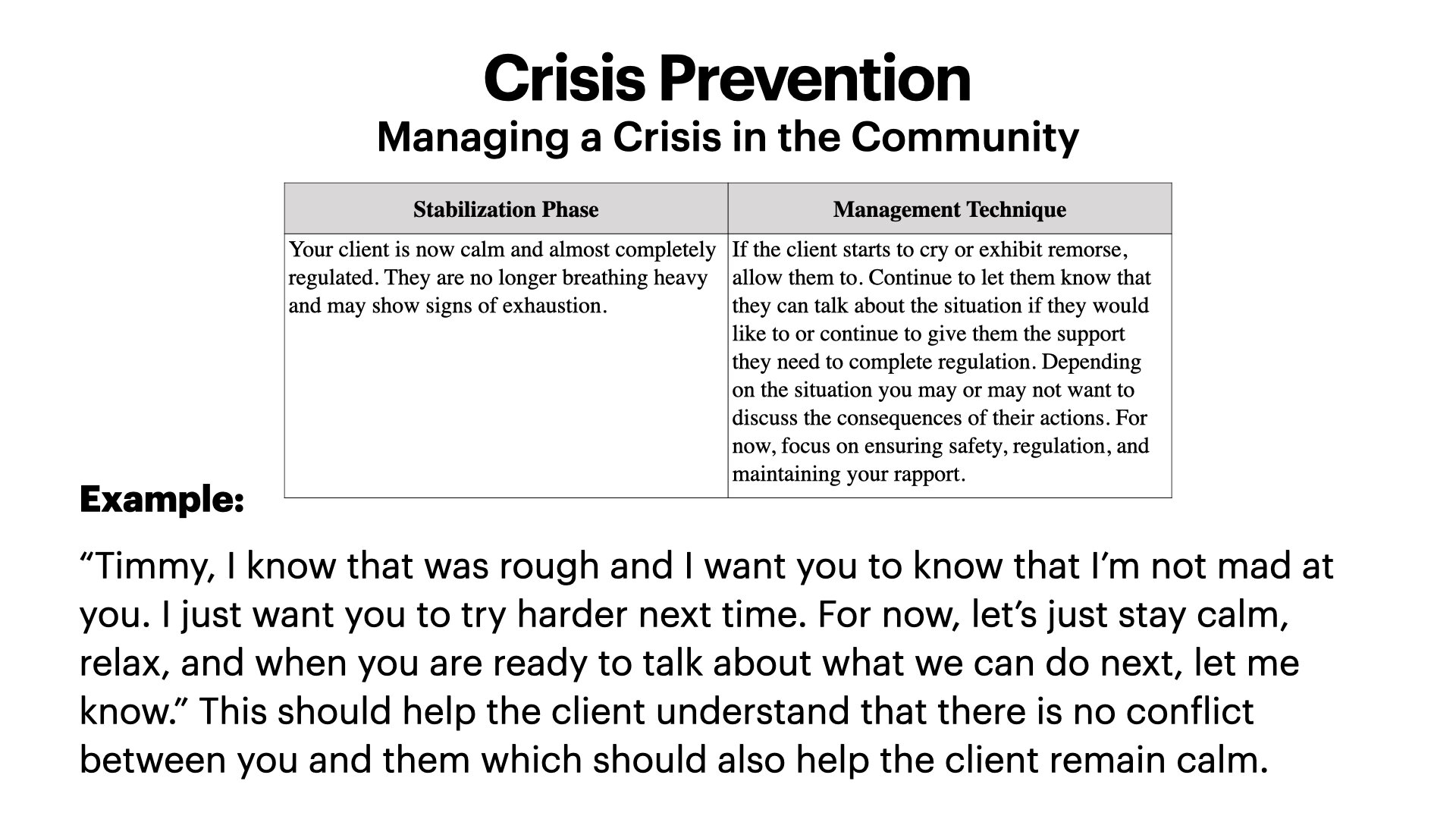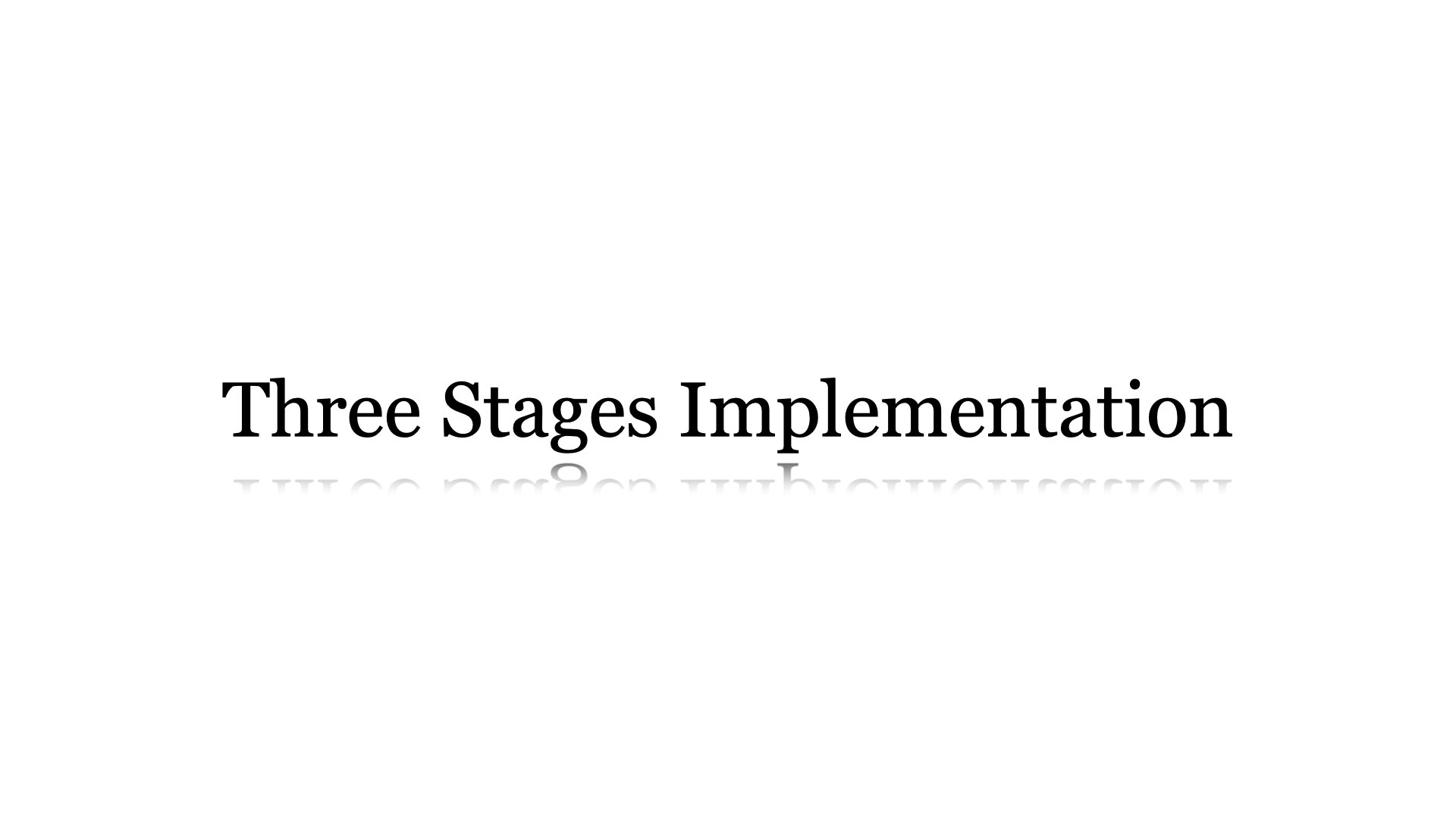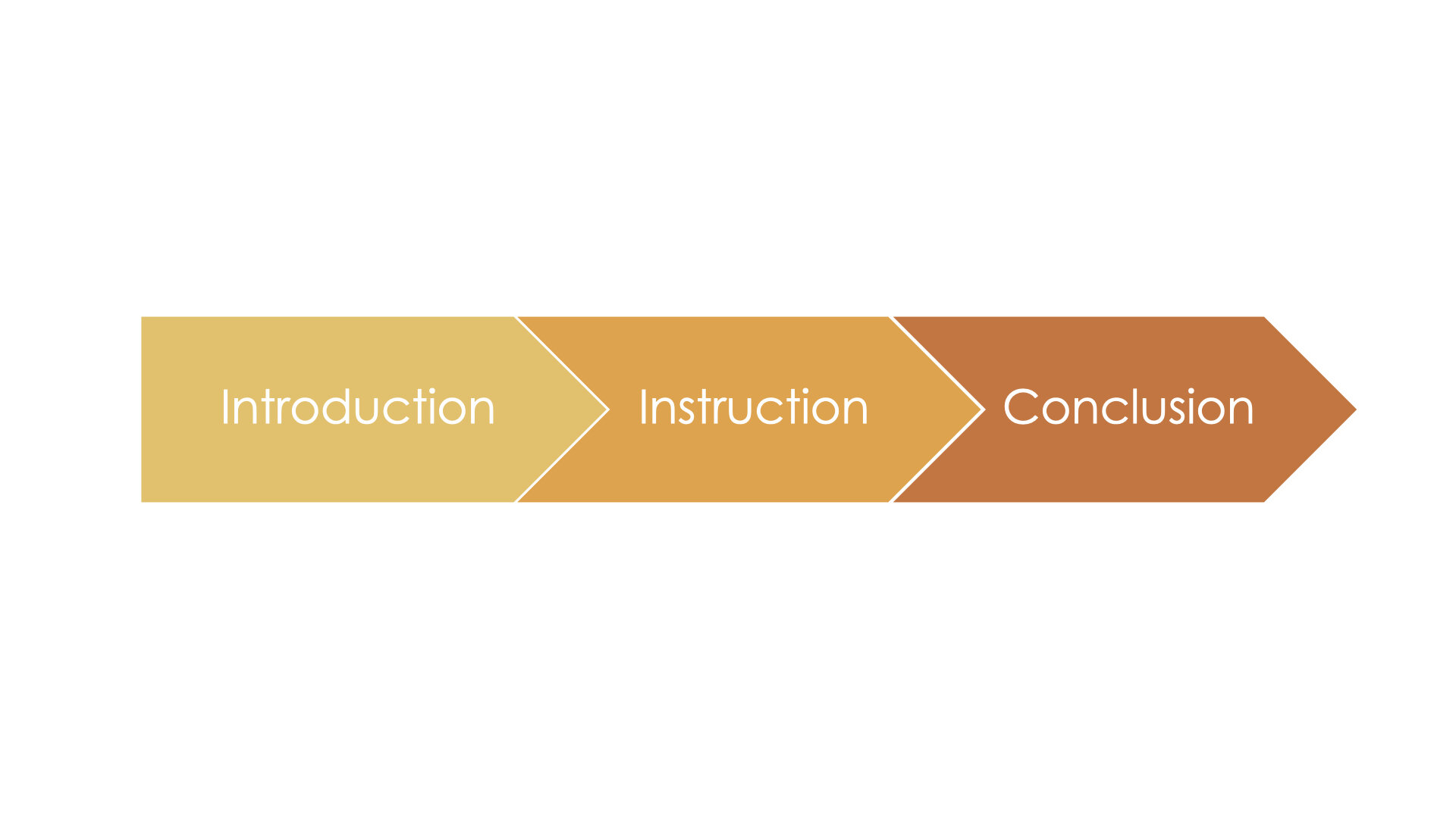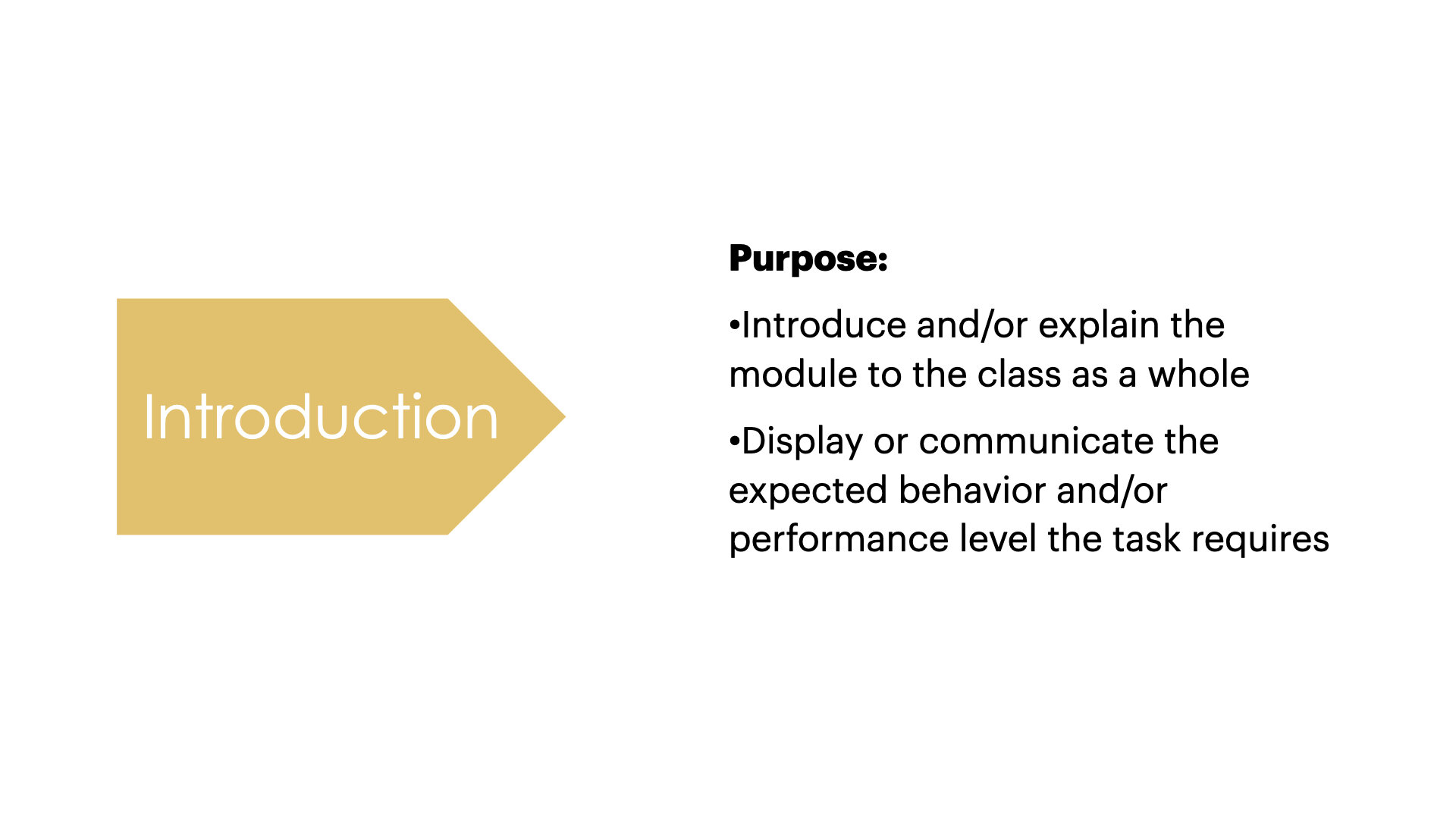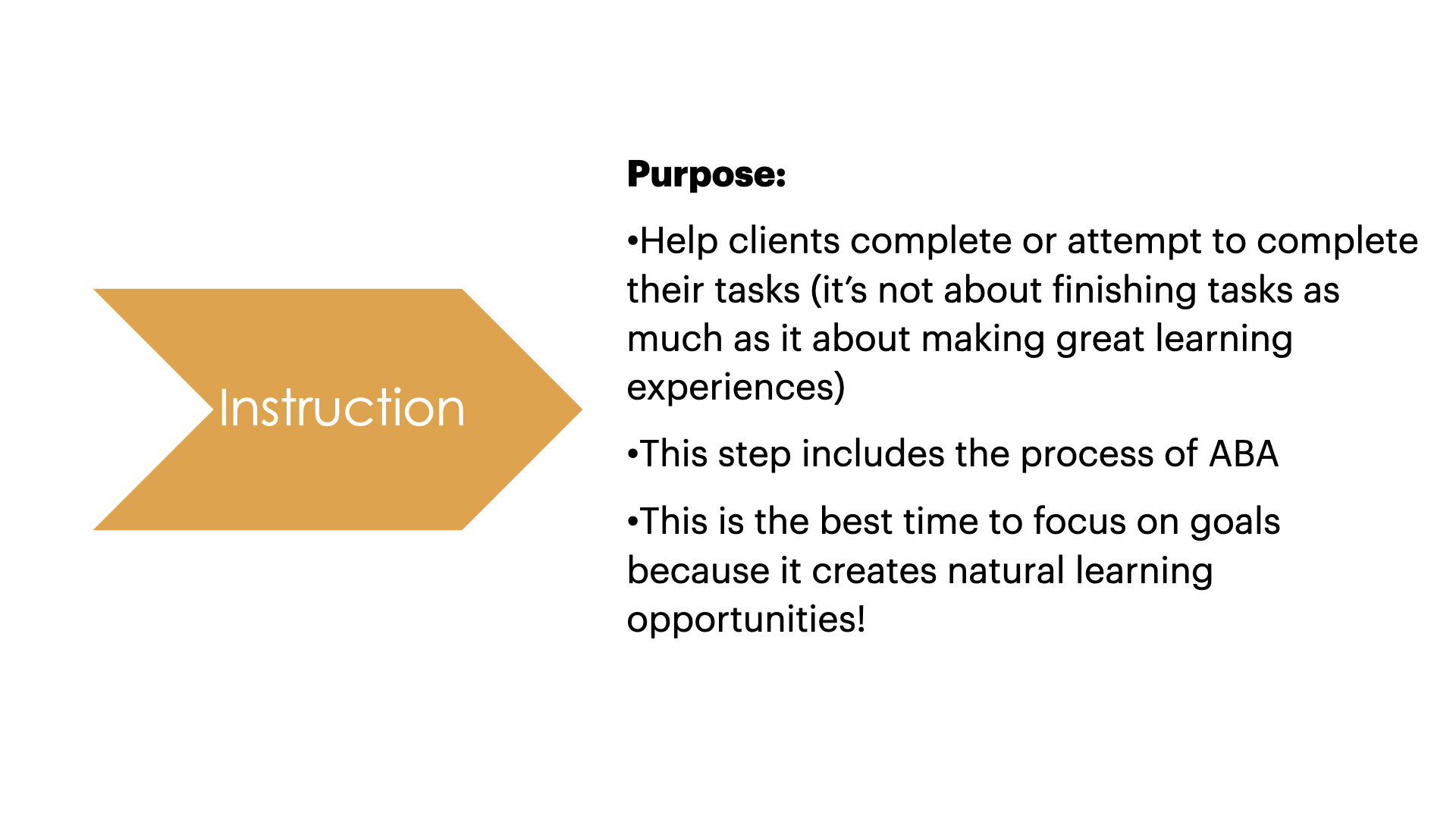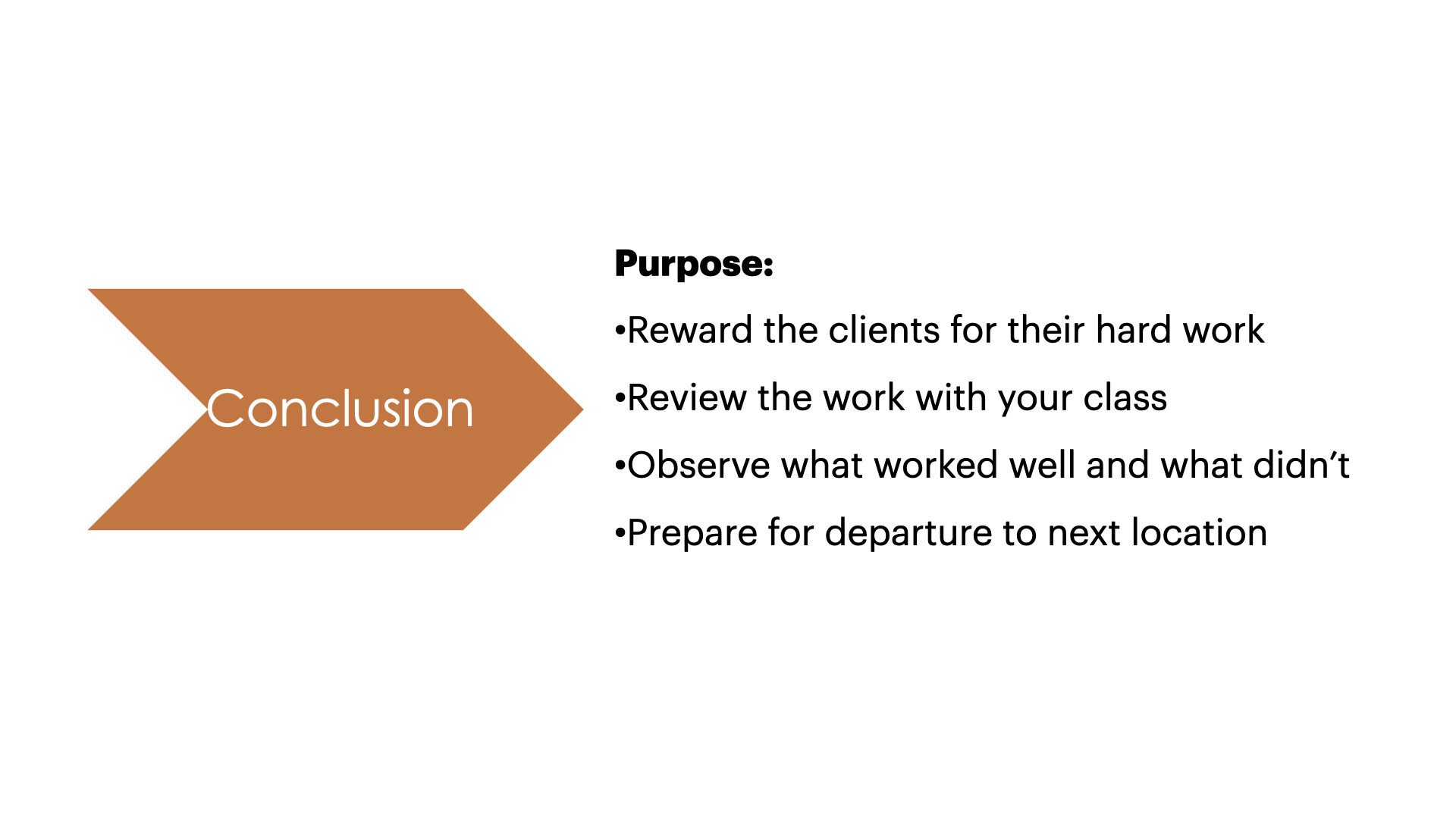The G.R.O.W. Program progresses California Spectrum Care’s mission to create and sustain inclusive communities through promoting neurodiversity
Community + Integration = Inclusion
This formula is an integral aspect of the G.R.O.W. Program. By promoting awareness of others and their challenges while increasing interactions between neuro-typical and neurodiverse populations, we ultimately achieve inclusion. When communities are more inclusive, they supply members with integrated support. Common integrated supports in the community that seem natural today are handicap parking spots, wheelchair accessible bathrooms, wheelchair ramps, and brail lettering. At one time, these support were not available in the community. Communities had to become aware, accept their fellow community members, and support changes to support them.
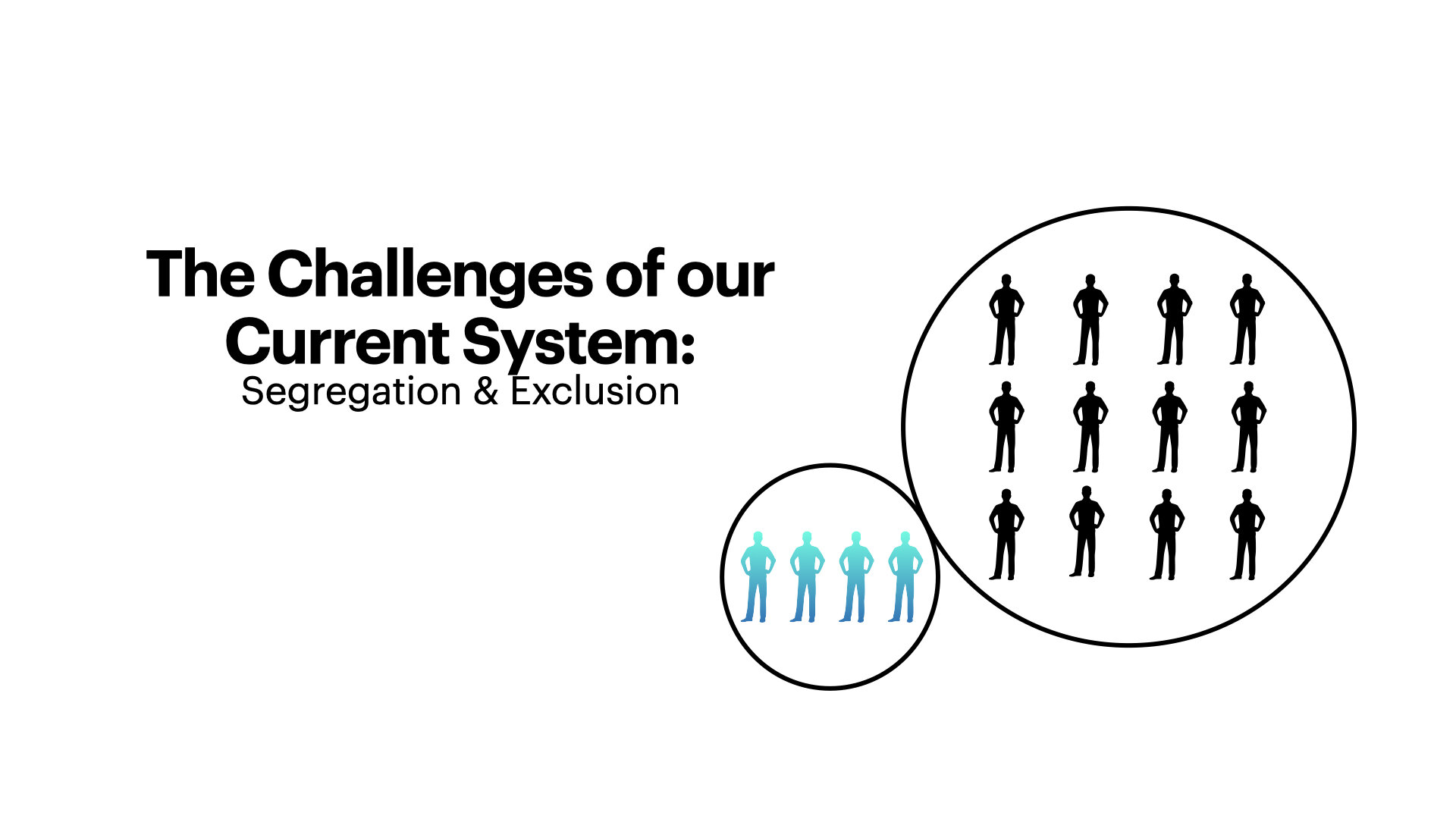
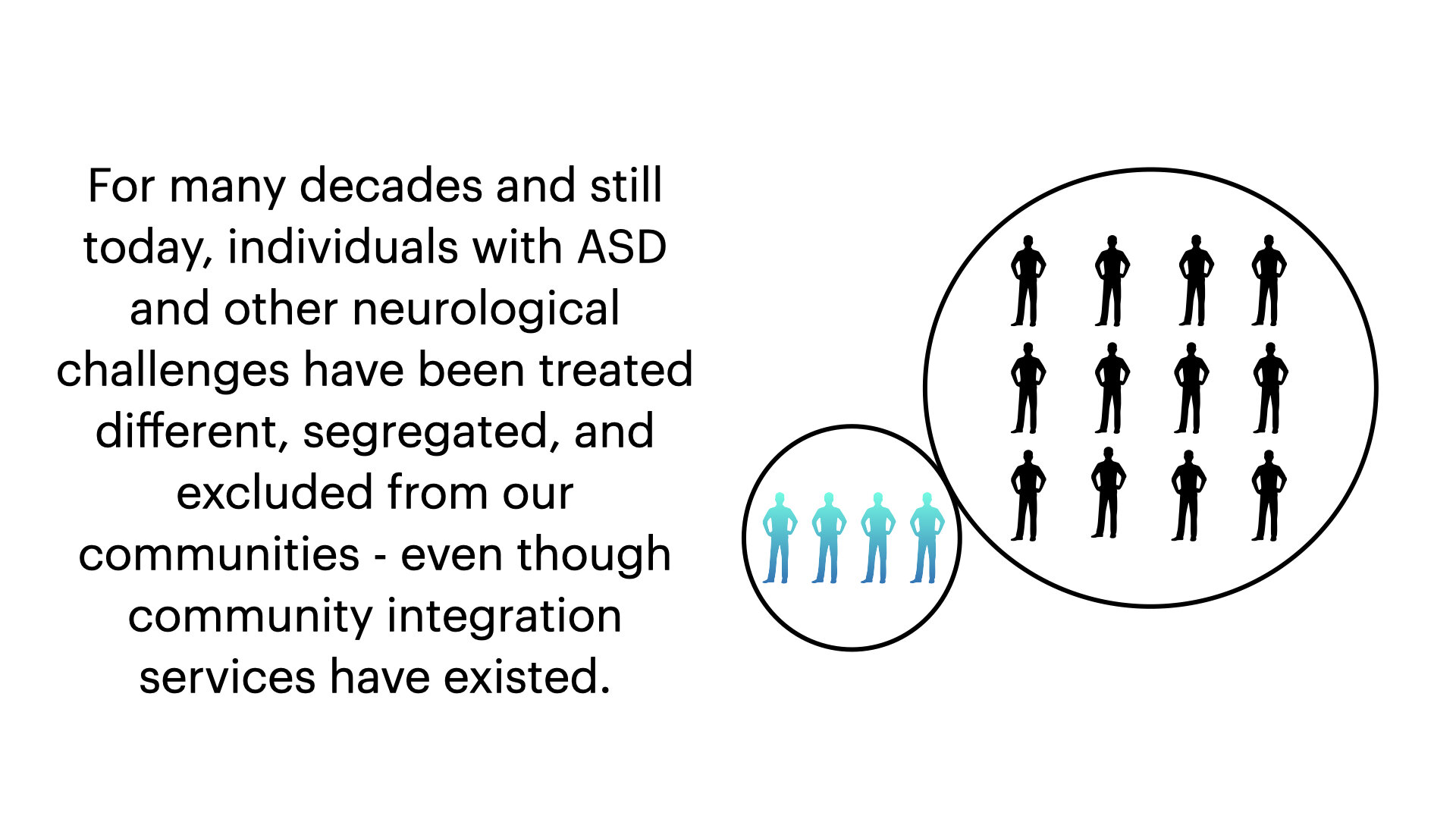

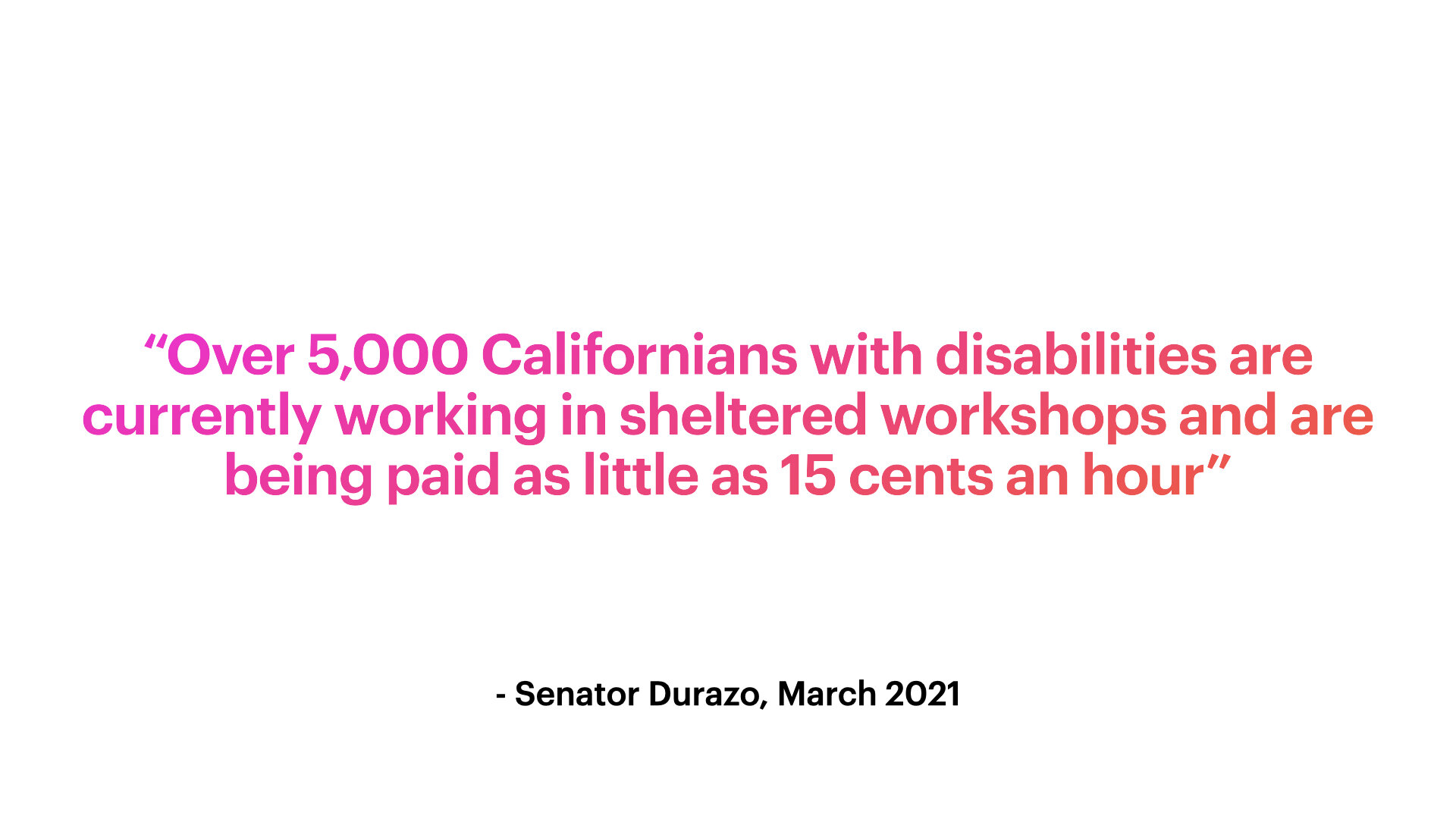
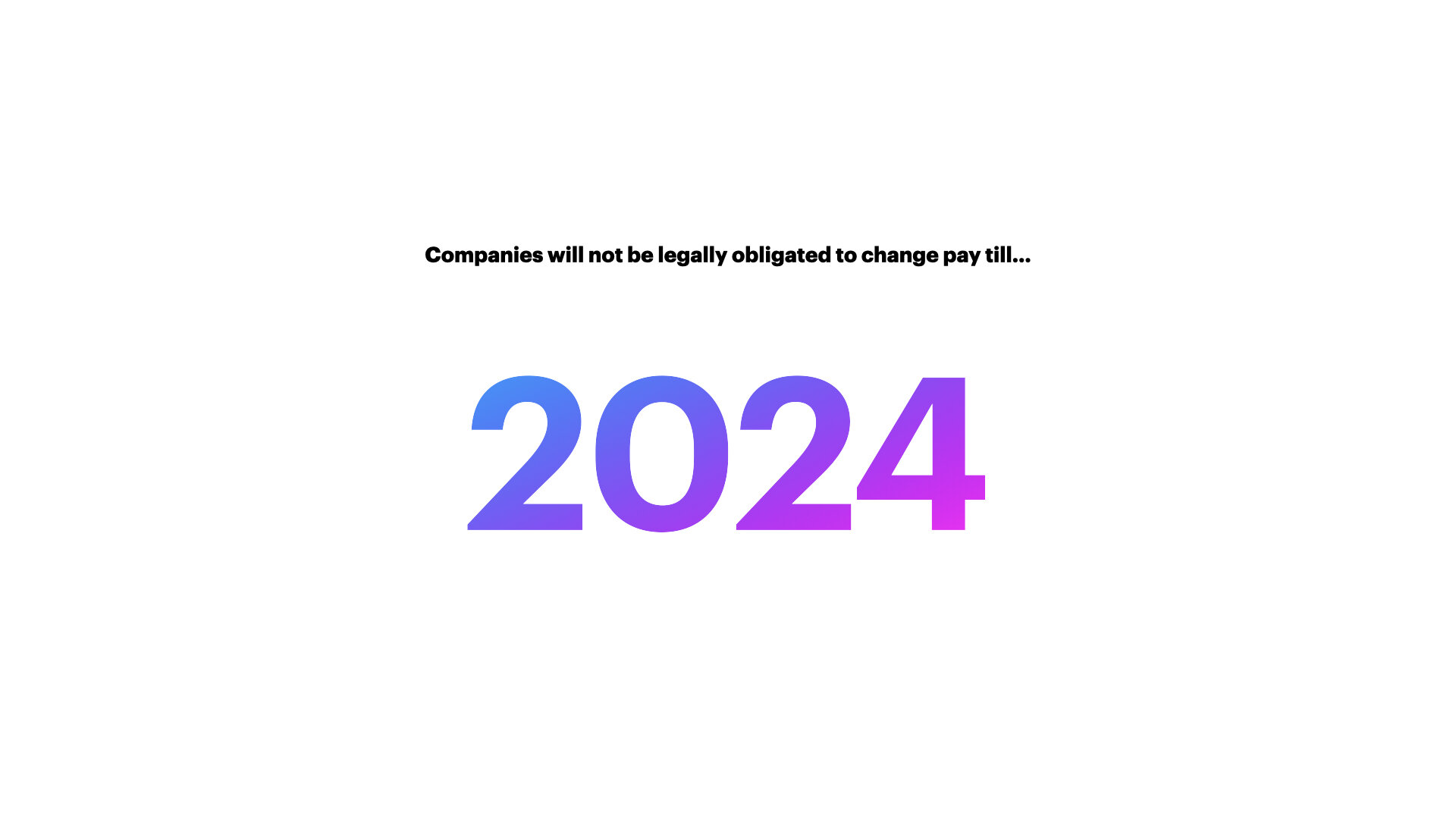

Unseen Injustices
Modern day culture has given a large platform to social justice. Although society has become hyper focused on important topics such as race, gender, human rights - sub-minimum wage is still present and actively generating profits for business owners who exploit this little known labor law. Although sub-minimum will be phased out by 2024, this does not mean that individuals with neurological challenges will receive increased pay. In fact, this will most likely cause many to lose their job. While we address the wrongdoing of sub-minimum wage pay, we must also prepare the individuals we serve for competitive employment in the future.
Curriculum
The G.R.O.W. Program provides clients with learning opportunities on a daily basis. In order to serve clients with diverse needs, the curriculum is broken down into three subcategories: Core, Intermediate, and Advanced.
On the left is a simple example of how a skills may be broken down between curriculums. This is the beginning process if systematic education a theme that is promoted throughout the program design and is paramount in our instruction process which will be covered later in this training.
The G.R.O.W. Program covers 8 competencies that are essential leading an enriches independent life. Within these competencies are 1000’s of skills that can overlap.
Skills are not singular to task
Although math is an obvious skill one may require to budget their income, we must also consider social aspects of money and budgeting. Some times our behavior and social life can impact how we spend and save our money. In order to have a well-rounded education on budgeting, one may have to learn certain communication skills, practice social scenarios, and more. By obtaining a well-rounded education, clients are more likely to be successful in the future without support and when in unexpected scenarios.
Applied Behavior Analysis (ABA) is the basis of how we teach, reduce, and manage the behavior of our clients. Doing ABA correctly will promote clear, consistent, and accurate responses to your client behavior that will in turn help them develop positive behaviors and useful skill sets.
It is important that you understand that a Behavior is simply an action that can be observed and measured. For example, f you were to jump up and down we could not only observe you doing it but also measure how high you jumped, how long you stayed in the air, and how many times you jumped in total.
EVERY BEHAVIOR HAS A FUNCTION
Any and all behavior happens for for a reasons. These reasons serve a function. On the right we can see that there are 4 functions of behavior. Any and all behavior serves one or more of these functions.
When discussing behavior, it is important that we learn how to categorize behavior in a professional and objective manner
Please take note that there are 2 types of behavior: Adaptive and Maladaptive Behavior.
There are many methods of conducting ABA. For this training we are going to focus on two of the primary methods:
Discrete Trial Training & Natural Environment Training
What does ABA look like in practice?
When conducting an ABA Trial it can become confusing when keeping track of behavior-consequence-prompt sequence. Above is a sequence of actions that take place in an ABA trial. Review the animations below to understand how this process takes place.
NOTE:
EXPECTED = CORRECT
UNEXPECTED = INCORRECT
After a stimulus occurs, there is either a EXPECTED response or a UNEXPECTED response. If there is an unexpected response, the prompt phase must follow. After a prompt is given, the client will either have an expected response or an unexpected respond.
When a unexpected (incorrect) behavior occurs AFTER a prompt, we start a prompt cycle. During the prompt cycle we increase our level of prompting (we will cover levels of prompting later in this training) until we reach expected (correct) behavior.
Reinforcers reward the client for exhibiting the desired behavior.
Above we can see that the client said “No thank you” which was the expected behavior. Because the target behavior was achieved, the broccoli is put away which will reinforce the client to say “No thank you” again in the future when they are faced with an unwanted stimulus.
For this next section, you may want a Progress Development Log to follow along with…
The G.R.O.W. Program utilizes a data set that is unique to each goal. Using the number 1 through 5 we are able to define the the challenge and target behavior to an exact account. Not only can we define our baseline and goal, but also the growth in between. On the right is an example of what our data practices accomplish.
Above we can see that the goal is for the client to touch blue. In this specific goal the numbers 1 through 5 have been defined through the level of support provided in order to achieve success. In the first trial, the client was asked to touch blue, was not able to, and needed gestural prompting in order to achieve success.
On the right we can see that the values 1 through 5 can be flipped in order to signify a drop of intensity in behavior. In this example the goal was to help the client lessen the severity of their maladaptive behavior.
Turn Progress Development Log Over
The behavior data section tracks the FREQUENCY of the behaviors listed. Using the row at the very top (behaviors) and the first column on the left (functions) we find where behaviors meet and mark a tally the symbolize one occurrence. If you take your finger and place it on “Verbal Outburst” and follow it down until it meets the row of “Attention Seeking” you will see a value of two. This means the client omitted a maladaptive verbal outburst in order to gain the attention of another individual or group of people two separate times.
Using the same skills we covered in the last section, we will work through the process of Conflict Management and resolution. Wether you are in a conflict with your client, or your client is a conflict with someones else, this process will help you support your client and find a resolution. We should always desire a resolution to come from a conflict for everyone involved.
Action plans don’t need to be complex and sometimes action plans can be in the form of a simple apology and a conversation about what to do in the future if the same scenario presents itself. Always discuss the learning outcome involved during this step of the process to confirm the client understands what is happening and why it’s taking place.
During this phase it is important to remind your client that you are here for them and that aren’t mad at them. Although anger is a natural human emotion, this is the time when we must put our duty as mental health professionals first and display tolerance, patients, and compassion for the client involved. Following this process correctly will result in a stronger relationship between you and your client in the future and may decrease the likelihood of a crisis taking place again.
These three steps should be practiced before, during, and after every activity/assignment.
Following these three steps in addition to the instruction techniques we have covered will result in a deeper and more effective learning experience for the client.
Before taking the test, please ensure that you have reviewed the training and have your study booklet ready. You may be asked test questions again to ensure no cheating has occurred.

